Last updated on February 15, 2024
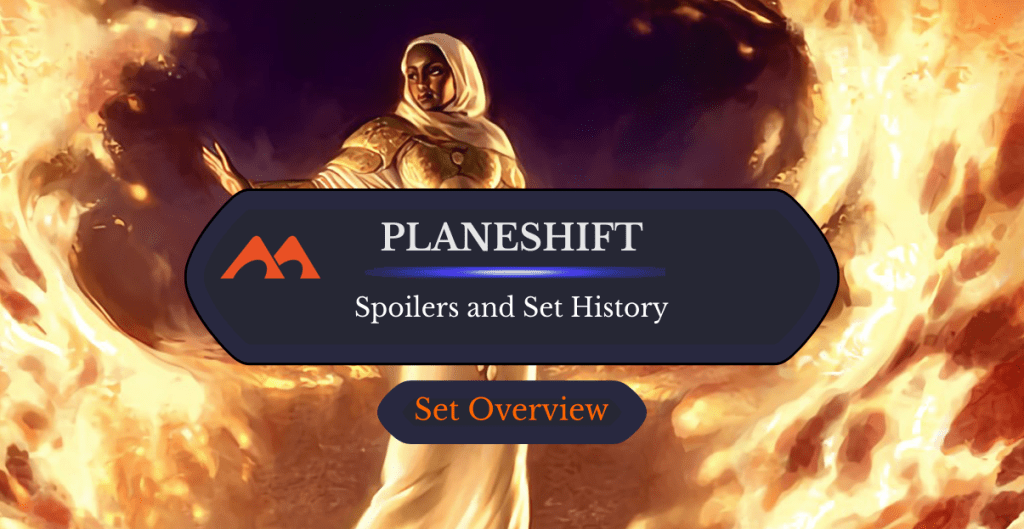
Meddling Mage | Illustration by Todd Lockwood
It’s true, we’re spoiled for multicolor cards in today’s Magic. Three separate Ravnica blocks, plus multiple shard– and wedge-themed blocks have given us hundreds of options when it comes to multicolor strategies. But it wasn’t always like this! The Invasion block was one of the first three-set blocks to focus on multicolored cards, and it rewarded players for including multiple colors and land types in their decks.
Planeshift was the second expansion to the Invasion block. It was a smaller set that expanded on the core concepts introduced in its predecessor and introduced some key cards and staple effects that we still see in games today.
So, what was Magic like when Planeshift dropped? Read on and find out!
Planeshift Basic Information
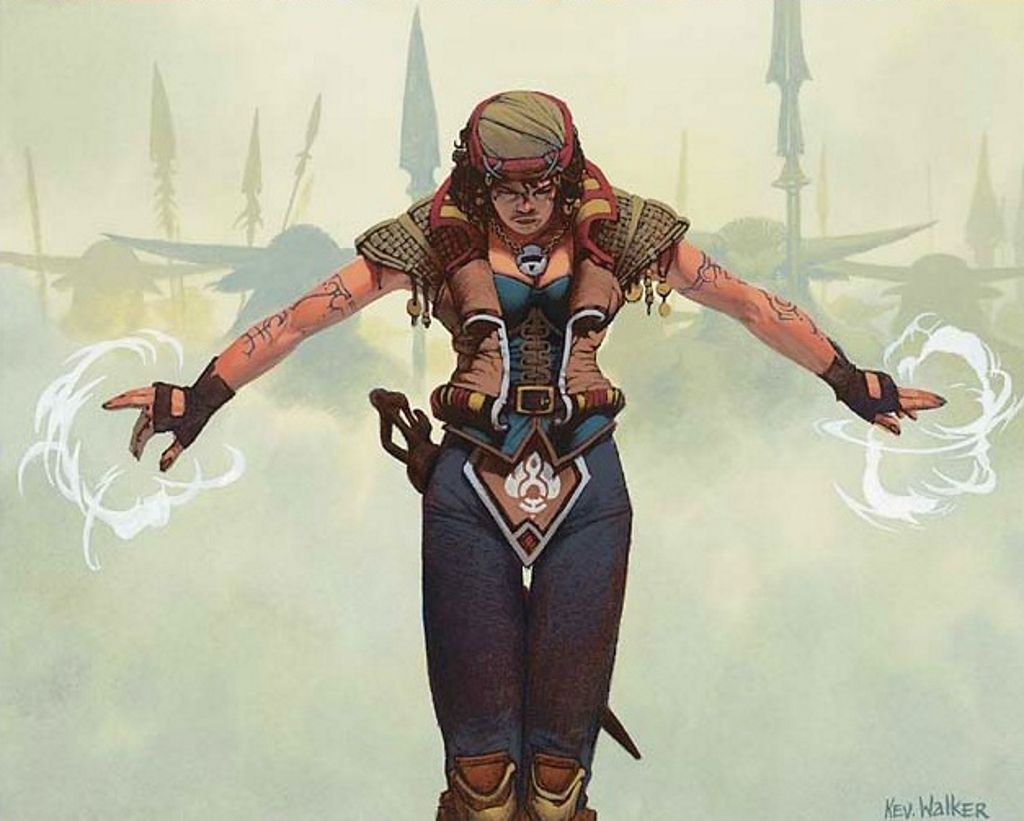
Orim's Chant | Illustration by Kev Walker
Set Details
| Set Symbol |  |
| Set Code | PLS |
| Number of Cards | 143 |
| Rarities | 55 commons, 44 uncommons, 44 rares |
| Mechanics | Domain, kicker, "gating" |
Important Dates
| Event | Date |
|---|---|
| Prerelease | January 27, 2001 |
| Release Date | February 5, 2001 |
About the Set: The Story
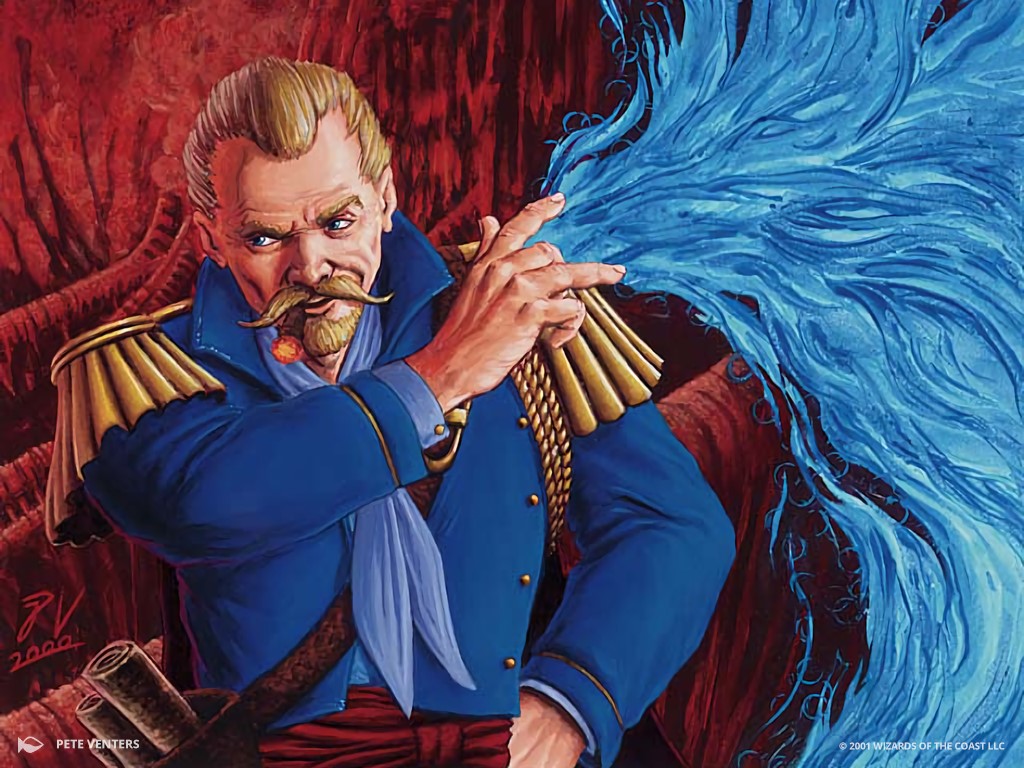
Planeswalker's Mischief | Illustration by Pete Venters
Planeshift continued the conclusion of the Weatherlight Saga, the dominant storyline in Magic: The Gathering since the release of Weatherlight in 1997. The Invasion block focused on nine planeswalkers Urza has gathered to defend Dominaria from the Phyrexian invasion. The artificial plane of Rath has been overlaid onto Dominaria, transporting all Phyrexian troops on Rath instantly to our heroes’ homeworld. The characters recover from their battle at Koilos and regroup to reinforce key strategic locations.
Urza takes the Weatherlight and the metathran armies to Urborg to face Crovax, leader of the invasion, while Eladamri, Lin Sivvi, and Freyalise go to Keld to defend against the Phyrexian invasion. There, they ally themselves with the Skyshroud elves and the Keldon warriors led by Astor.
Eventually, the nine planeswalkers travel to Phyrexia itself, intending to destroy it with the use of their soul bombs. The soul bombs boil down to basically being magical nukes powered by either hundreds of souls or one extremely powerful one. Urza predicts Tevesh Szat will betray them on Phyrexia, and when he does, Urza uses Szat’s soul to power the master soul bomb, killing the Yawgmoth-influenced Szat. Urza does this without consulting the rest of the Nine Titans (as the planeswalkers come to be called), and this leads to some ethical disagreements about the use of the bombs. Add it to the long list of Urza's war crimes.
At the same time, Darigaaz works to resurrect the rest of the Primeval dragons. Tevesh Szat had transported them all to Shiv, where Darigaaz begins bringing back the other Primeval dragons. Before long Rith, Dromar, and Treva all emerge. The final dragon, Crosis, appears when the other four sacrifice themselves in an Urborg Tar-Pit, but he resurrects them and the Primevals begin destroying everything in their path, Phyrexian or otherwise. Luckily, Karn uses the power of friendship and a successful diplomacy check to convince Darigaaz not to wreak wanton destruction. Darigaaz sees his mistake and dives into the heart of a volcano to break the Primevals’ cycle of absolute power.
Planeshift Mechanics
The Invasion block was centered around multicolor cards and strategies that demanded multiple colors. As the first small expansion of the block, Planeshift focused on the concepts introduced in Invasion, adding more kicker and domain spells as well as mono-colored cards with an expanded color identity.
Kicker
Planeshift introduced 16 new kicker cards, including the first with non-mana kicker costs. Cards like Arctic Merfolk and Phyrexian Scuta thrive in a Limited environment where the extra cost can often become an upside. Five kicker cards require you to sacrifice a land for their extra cost, letting you get that extra effect even when you’re out of mana. Cards like Magma Burst are great for pushing that last little bit of damage through that you need to win.
Domain
The domain mechanic was introduced in Invasion and expanded on in Planeshift with seven new cards. Domain wasn’t keyworded at the time; instead each of the cards spelled out their effect based on the number of different land types you controlled.
Domain was an excellent mechanic to get players to play multicolor decks. In a block focused on gold spells, it only makes sense that players would have multiple land types in play, so a cycle of mechanics playing off that was a no-brainer. Most of the Planeshift domain cards rarely see play these days, but the classic Draco still makes appearances in Scion of the Ur-Dragon decks.
Lairs
Five uncommon lair lands were printed in Planeshift, with each one corresponding to one of the Primeval dragons. Lairs were unique in that they were the first 3-color lands printed. They come into play untapped, with the stipulation you must sacrifice it if you can’t return a non-lair land to your hand. These were excellent ways to fix your mana in a pinch, and unlike the Karoo lands, they don’t require you returning an untapped land. Instead, you can float that mana that you might be losing when your lair comes into play, making these proto-bounce lands a necessary utility in Invasion’s multicolor meta.
“Gating”
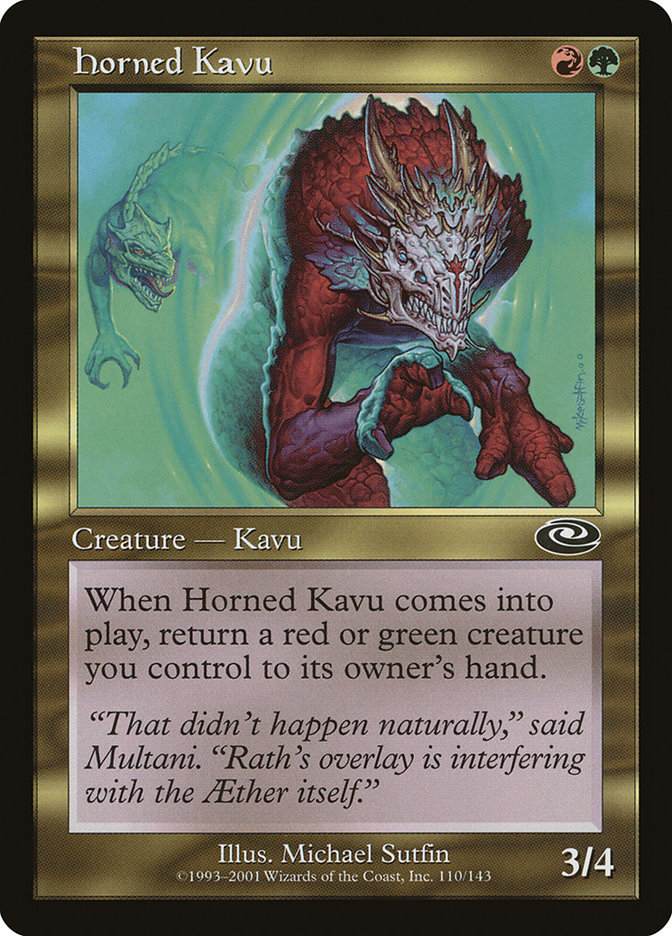
I had never heard of “gating” before today, as the mechanic seems to have fallen out of style with WotC in recent years. Gating refers to cards that require you to return a permanent that shares a color with it to your hand, usually in exchange for an undercosted spell. Take Horned Kavu for example. 3 power and 4 toughness for 2 mana is a steal, even by today’s standards, so bouncing a red or green creature alongside it seems like a fair deal. This is especially useful when you’re looking to recast a creature with an enters-the-battlefield effect.
Planeshift Card Gallery
White
Blue
Black
Red
Green
Multicolored
Colorless
Lands
Notable Cards
Alternate Art Legends
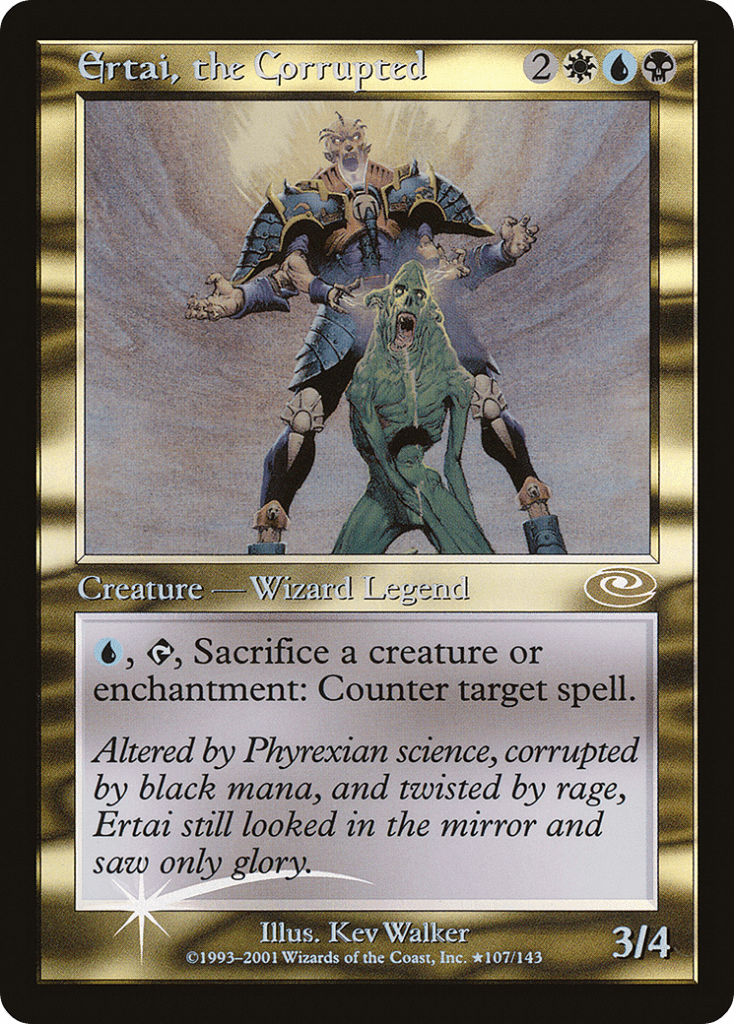
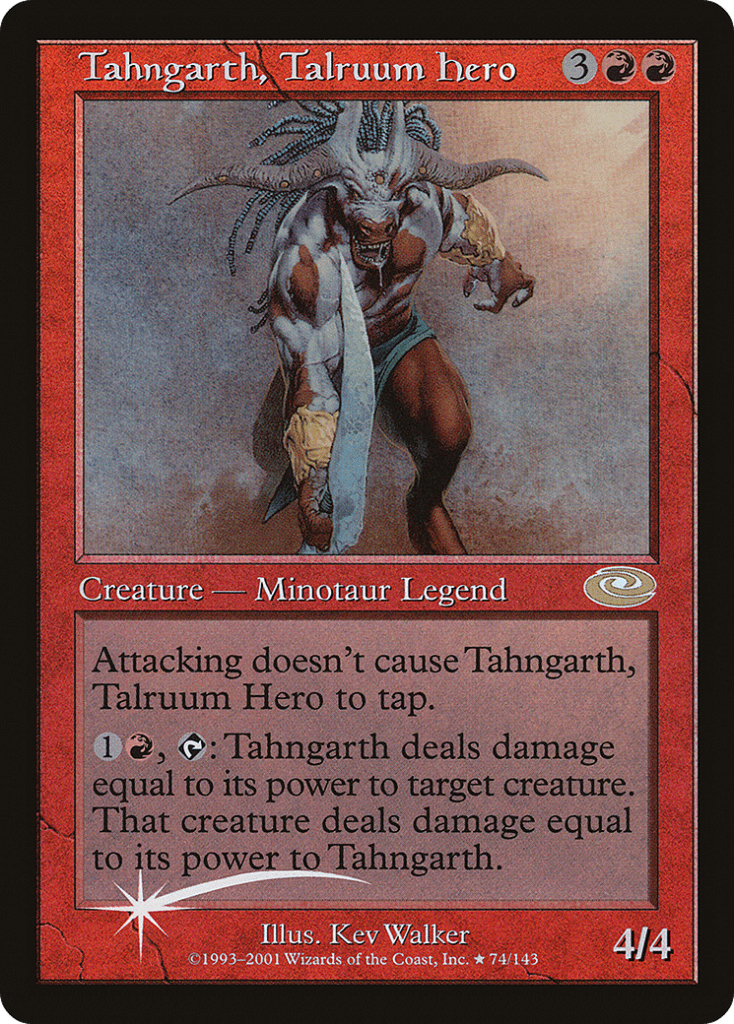
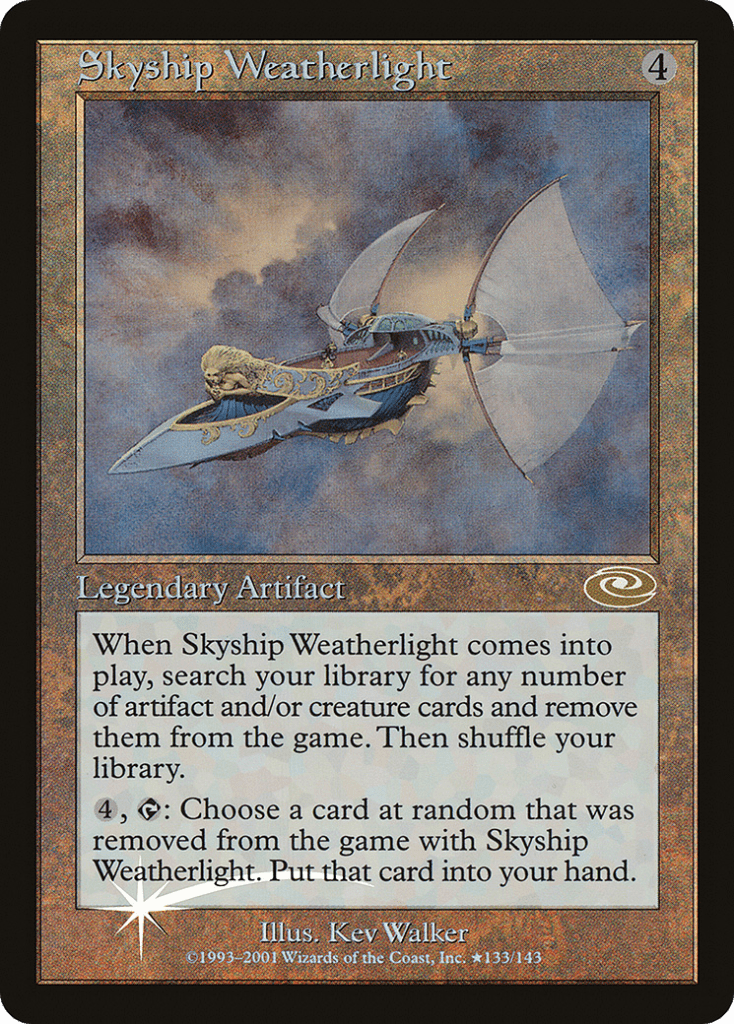
Ertai, the Corrupted, Tahngarth, Talruum Hero, and Skyship Weatherlight each received alternate art foil promo printings as part of special prerelease events.
Greek Phelddagrif
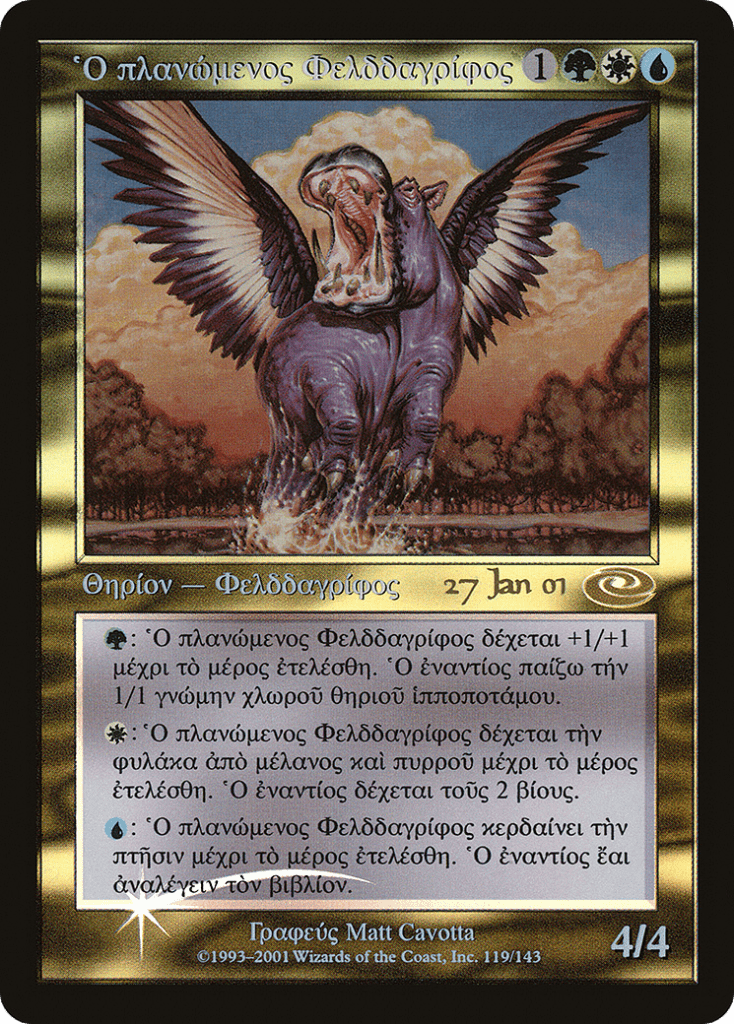
Planeshift’s prerelease included a special Greek-language printing of Questing Phelddagrif, continuing a cycle of alternate language promos alongside Hebrew Glory, Sanskrit Fungal Shambler, Arabic Stone-Tongue Basilisk and a Russian Laquatus's Champion.
Battlemages
The cycle of Battlemages from Planeshift is made up of five single color creatures with two kicker costs, one for each of their allied colors. These five wizards are the Swiss Army knife of the Invasion block, with kicker costs that give you access to removal, recursion, or draw depending on what the situation calls for. In addition, you can always pay both kicker costs and get both effects.
Familiars
Every good wizard needs a familiar, and the cycle of cost-reduction familiars from Planeshift have become staples in their relevant formats. Nightscape Familiar and Sunscape Familiar both see play in Pauper, and the generally low cost for each of these familiars makes them great pseudo-mana ramp in decks without access to green.
Planeswalker’s Enchantments
A cycle of five mono-color enchantments representing five of the Nine Titans were released in Planeshift. Each of these 3-mana enchantments has a 4-mana activated ability which forces an opponent to reveal a card at random from their hand. Each of them then has a relevant effect based on the converted mana cost of the revealed card, except for Planeswalker's Mischief, which instead lets you cast an instant or sorcery for free if one was revealed. The five planeswalkers featured on these cards are Bo Levar, Freyalise, Lord Windgrace, Commodore Guff, and Tevesh Szat.
Primeval’s Charms
A cycle of five shard-colored charms were printed as part of Planeshift’s release. In typical fashion, each of these charms’ modes echo a cheaper effect we’ve seen before. The added value here is the choice you’ll have when you cast the spell. For example, Darigaaz's Charm lets you choose from either a Disentomb, a Lightning Bolt, or a Giant Growth effect, but where you’d normally pay 1 mana for one of those spells, the charm gives you the choice of each depending on what you need. Charms are great for Limited play when it can be hard to choose between removal or counterspells halfway through a draft. Some of these still see play in Commander, too.
Orim’s Chant
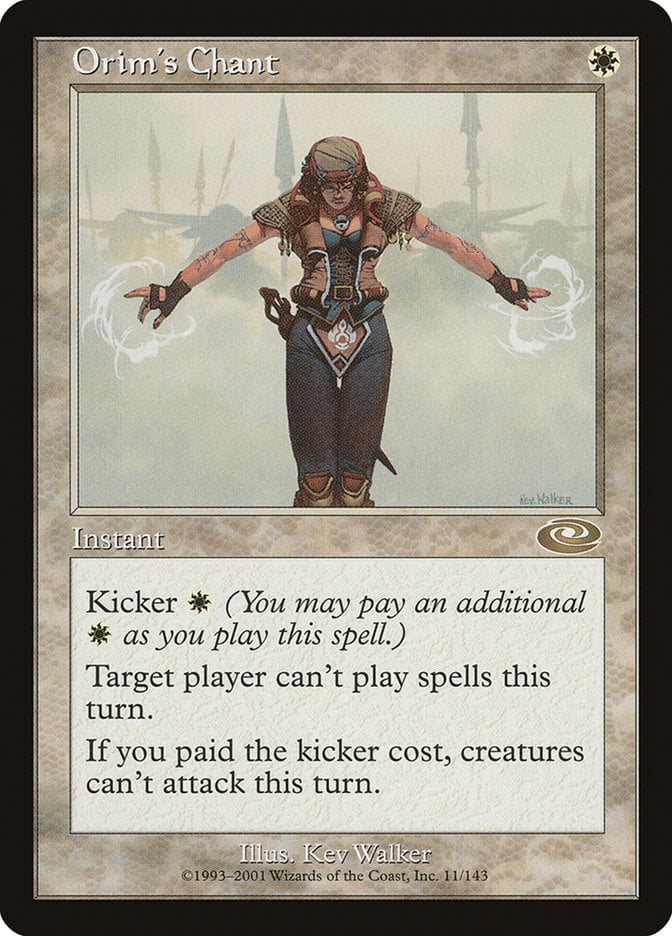
One of white’s strongest control effects is the ability to deny an opponent's ability to cast spells. The first pseudo-Silence effect ever printed on an instant dropped in Planeshift in the form of Orim's Chant. This rare is great even without the kicker cost. It can dramatically change an opponent’s turn, potentially denying them any meaningful plays.
Eladamri’s Call
Eladamri's Call has become the go-to creature tutor in any deck that can run it, especially since its addition to Modern in Modern Horizons. A 2-mana instant-speed tutor is almost better than a Demonic Tutor, especially if you’re only ever looking for creatures.
Meddling Mage
A year before Planeshift’s release, the 2000 Pro Tour All-star victor Chris Pikula designed Meddling Mage as part of his prize for winning the invitational tournament. Pikula’s Meddling Mage was the fourth card in the series of Invitational-winner designs. Meddling Mage was the first card to use the “named card can’t be cast” effect, and we’ve only seen it replicated exactly on cards like Nevermore and Voidstone Gargoyle.
Available Products
Planeshift was sold in the traditional 15-card draft booster pack. Planeshift was also one of the first sets to offer a fat pack (now referred to as a bundle). The fat pack included six 15-card booster packs, two premium foil cards, a Top Deck magazine player’s guide, and the Planeshift novel. Wow! That’s a ton of value! Why don’t we get novels in bundles anymore?
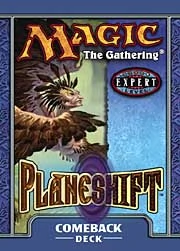

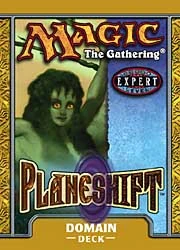
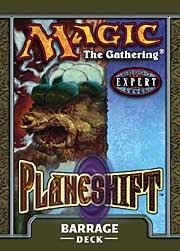
Planeshift also launched alongside four theme decks, which you can still purchase sealed copies of for around $20. Those decks include:
Wrap Up

Skyship Weatherlight | Illustration by Mark Tedin
Magic sure has changed a lot since Planeshift, but the set's original design philosophy still produced cards that have stood the test of time. Kicker persists as one of R&D’s favorite mechanics to roll out (even if it's disguised as bargain or exploit), and a cycle of useful domain cards have been sprinkled throughout Dominaria sets. Many of Planeshift’s cards are Dominaria Remastered cards as flagship examples of Dominarian spells and creatures.
What are your favorites from Planeshift? Was Planeshift a serviceable supplement to Invasion, or is the one-big-and-two-small-sets design rightly abandoned? Let me know in the comments, or over on Draftsim’s Twitter, er, I mean, X.
Thanks for reading, happy kicking!
Note: this post contains affiliate links. If you use these links to make a purchase, you’ll help Draftsim continue to provide awesome free articles and apps.
Follow Draftsim for awesome articles and set updates: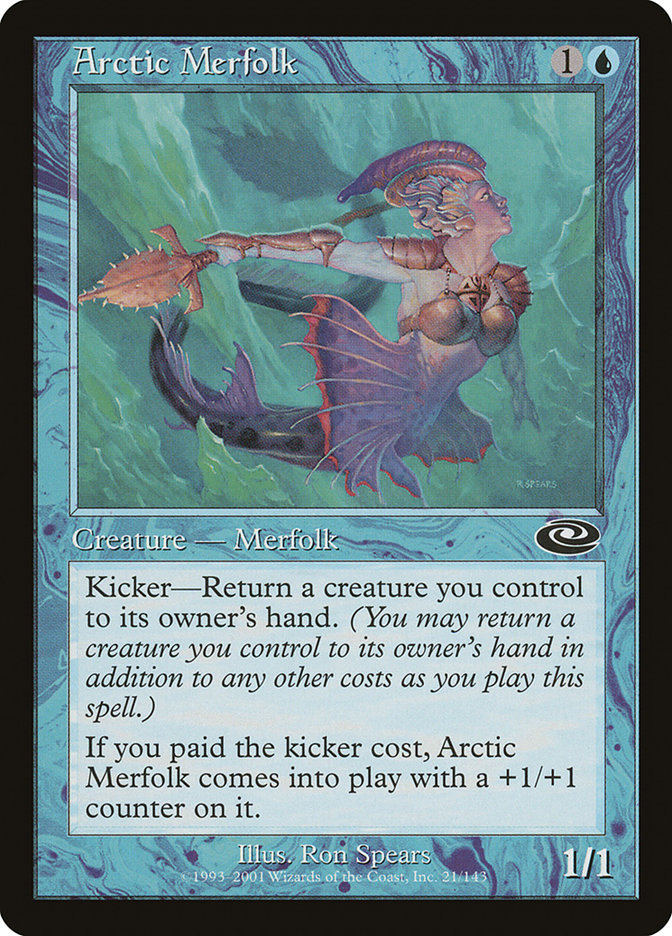


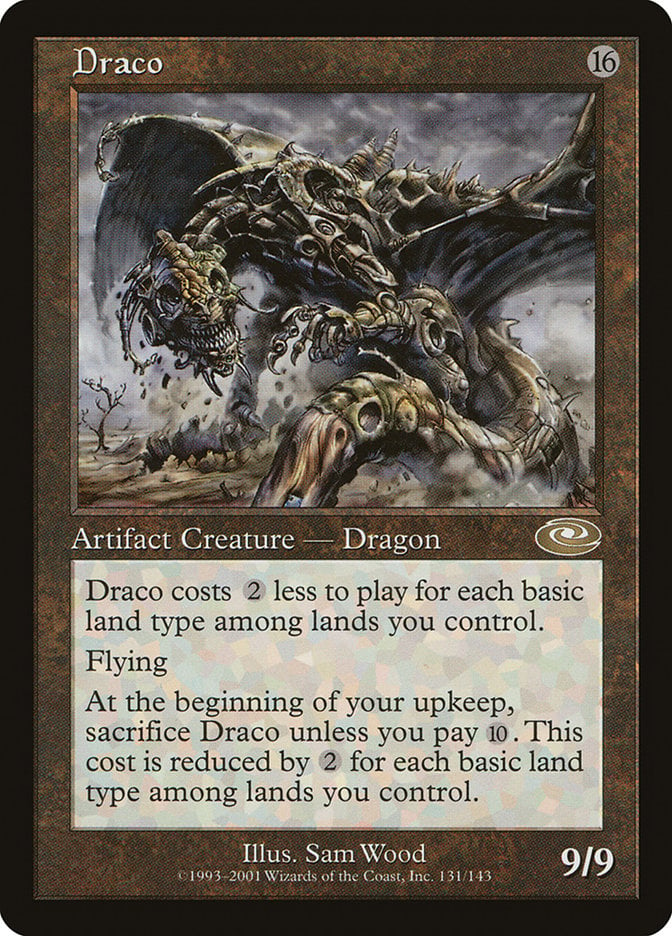
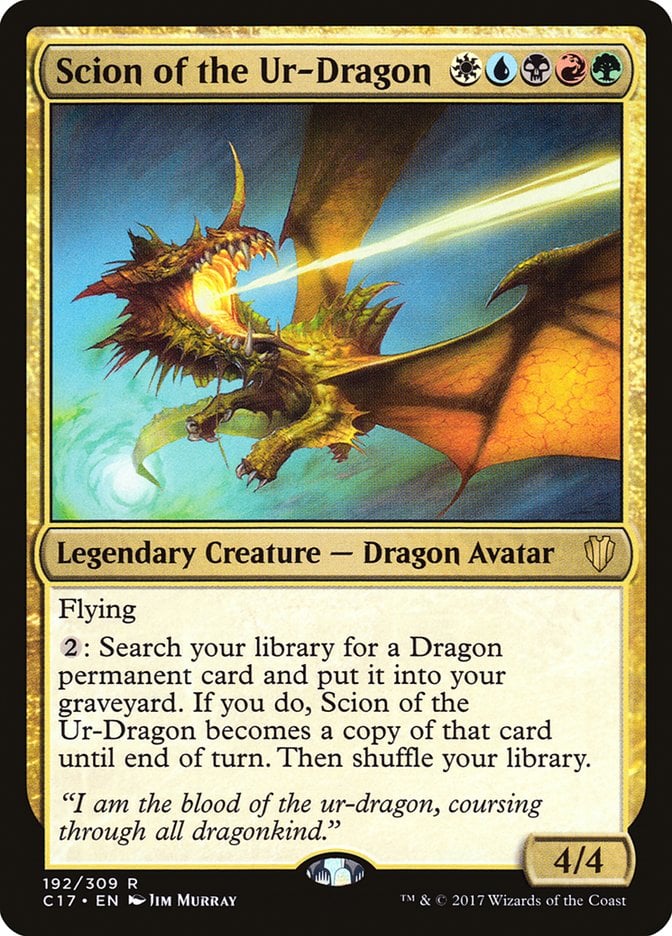
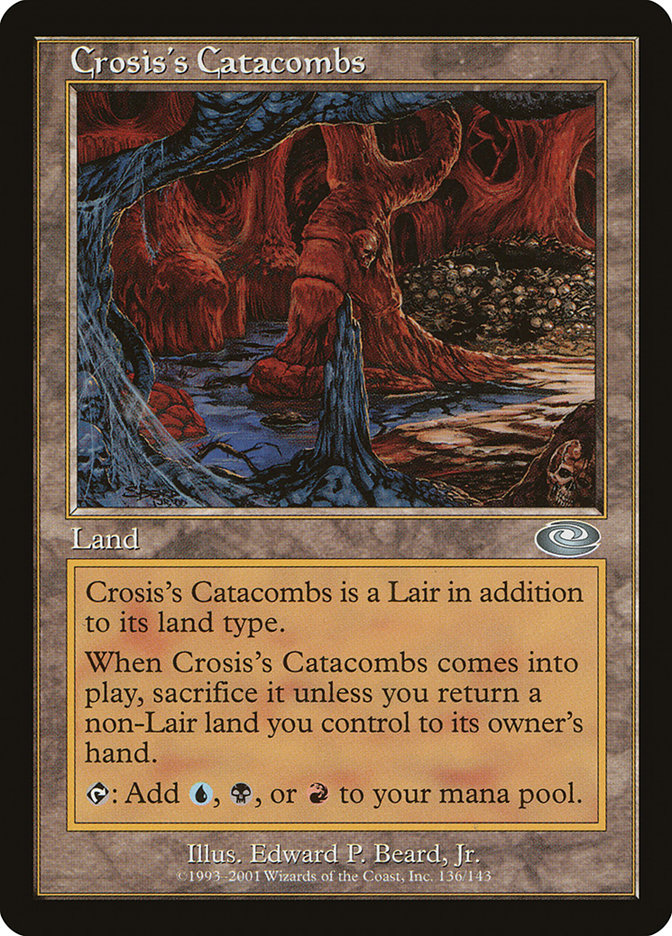
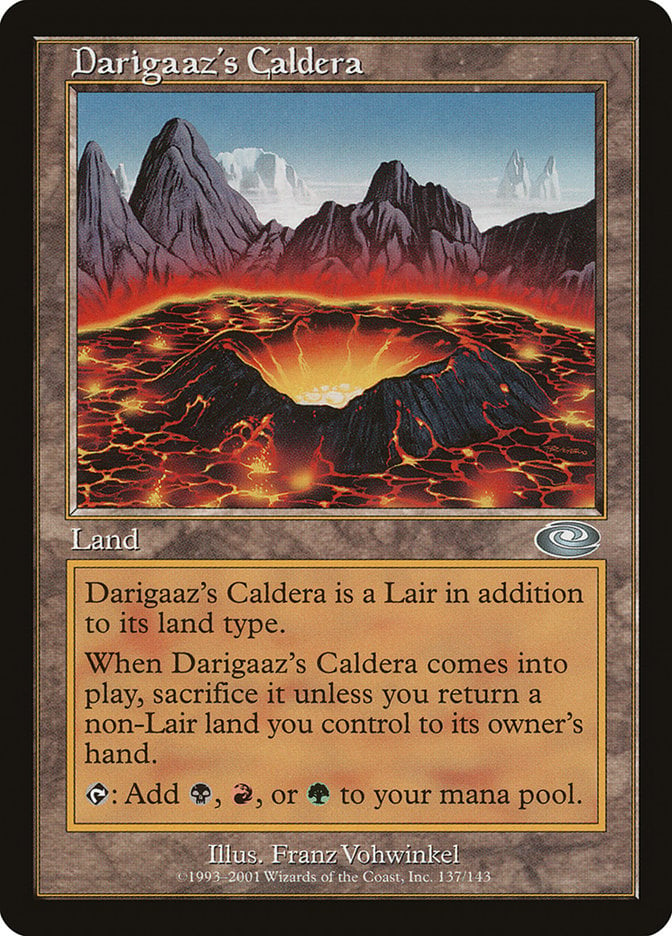
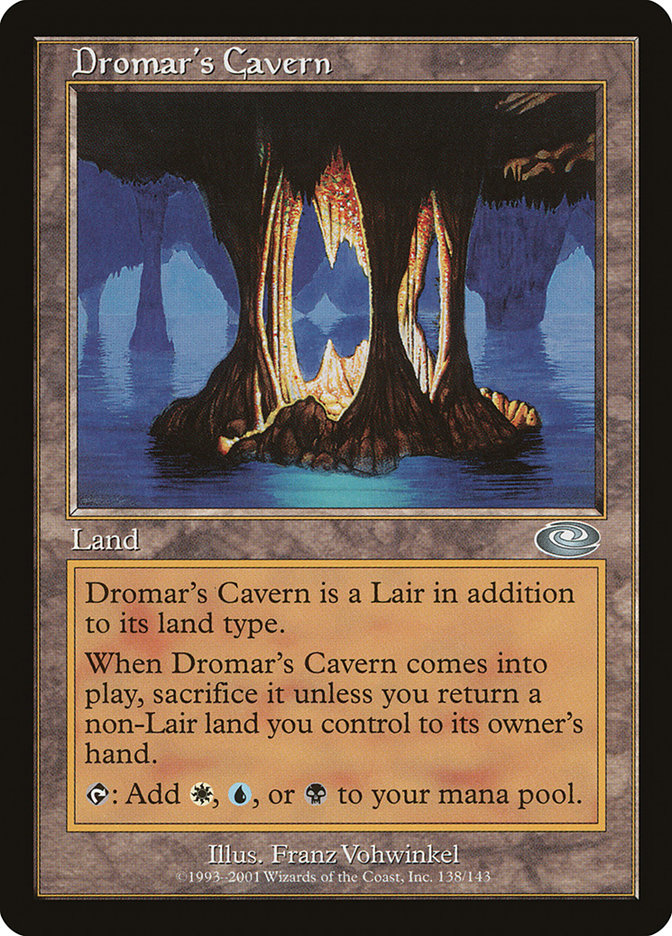
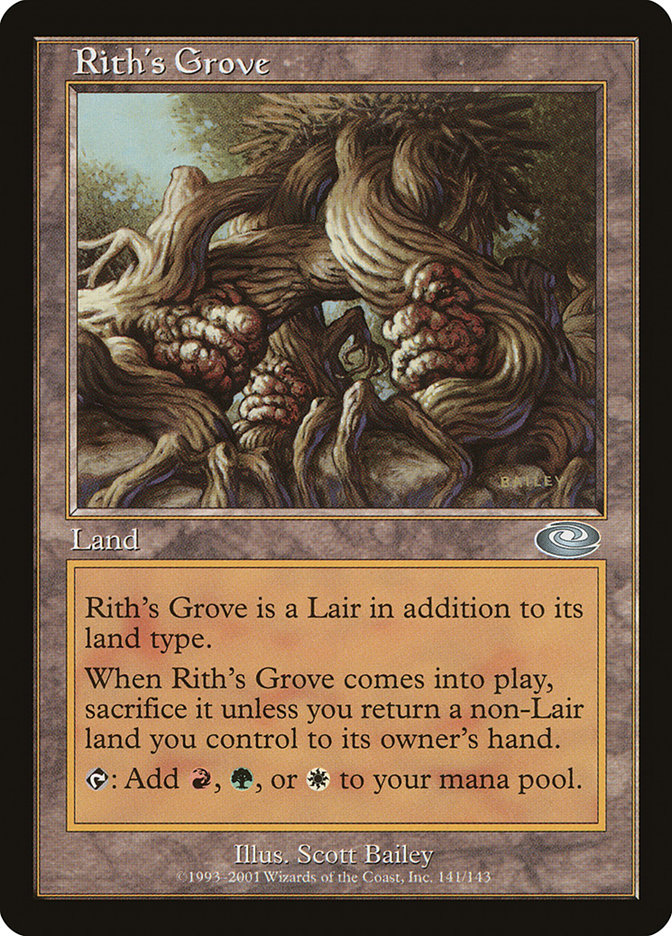

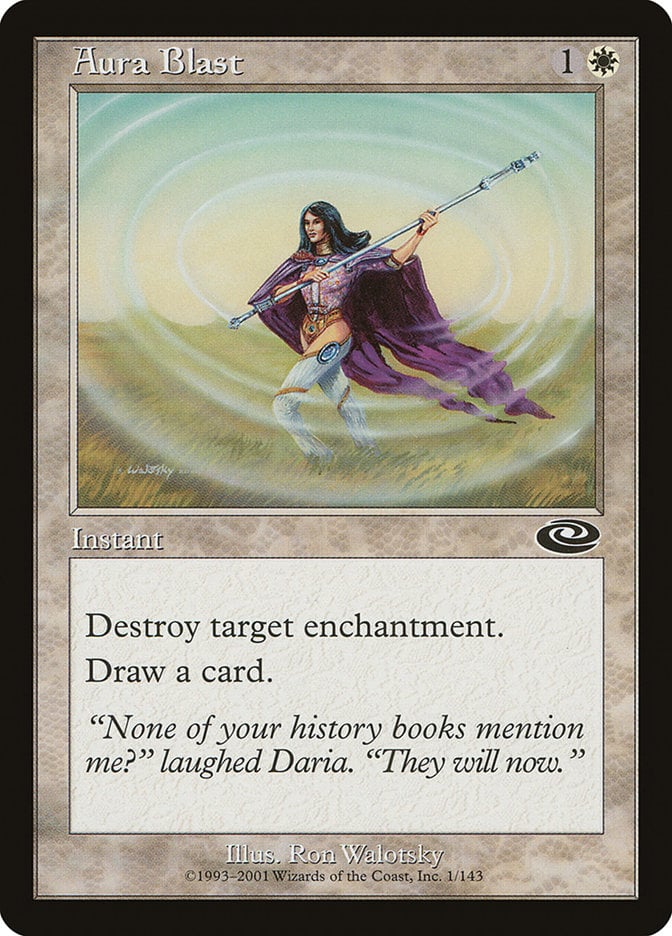

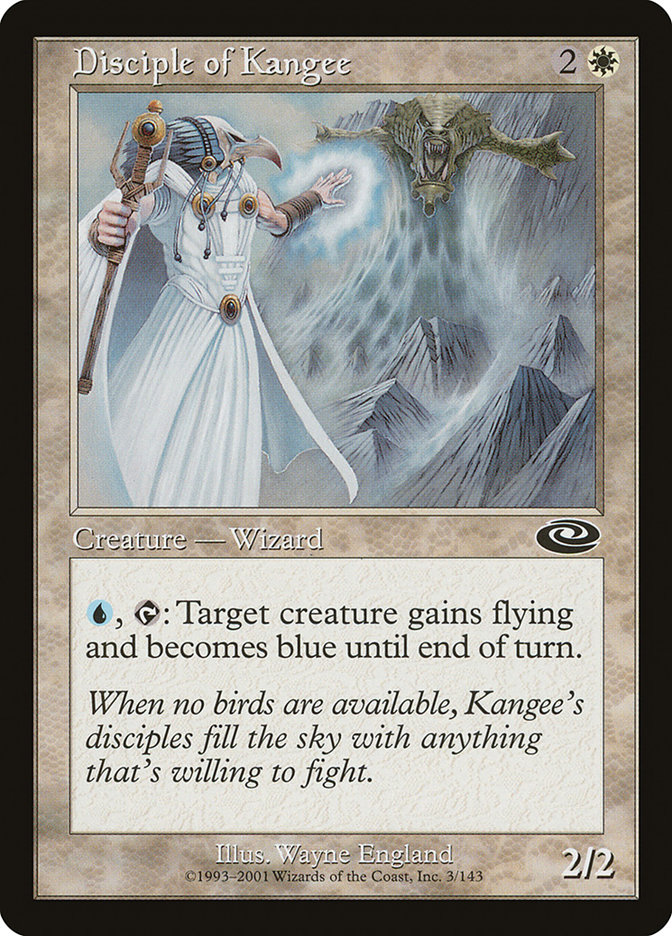
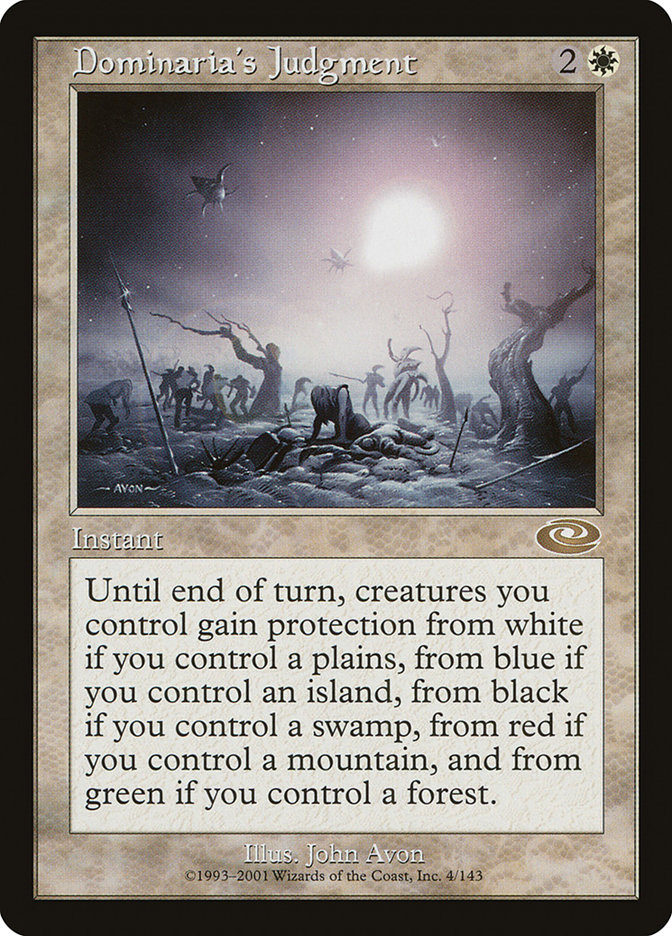

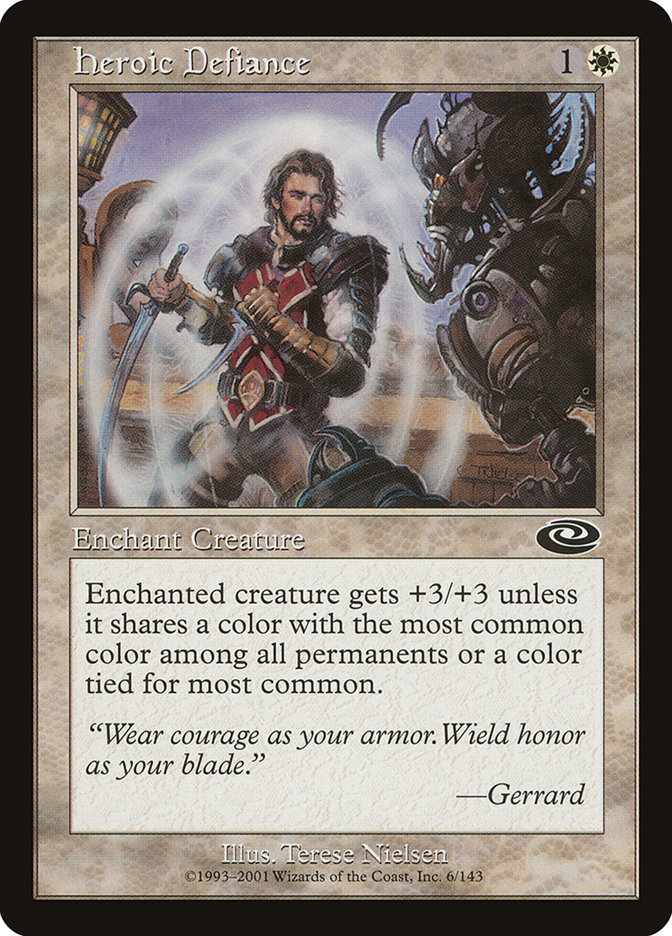
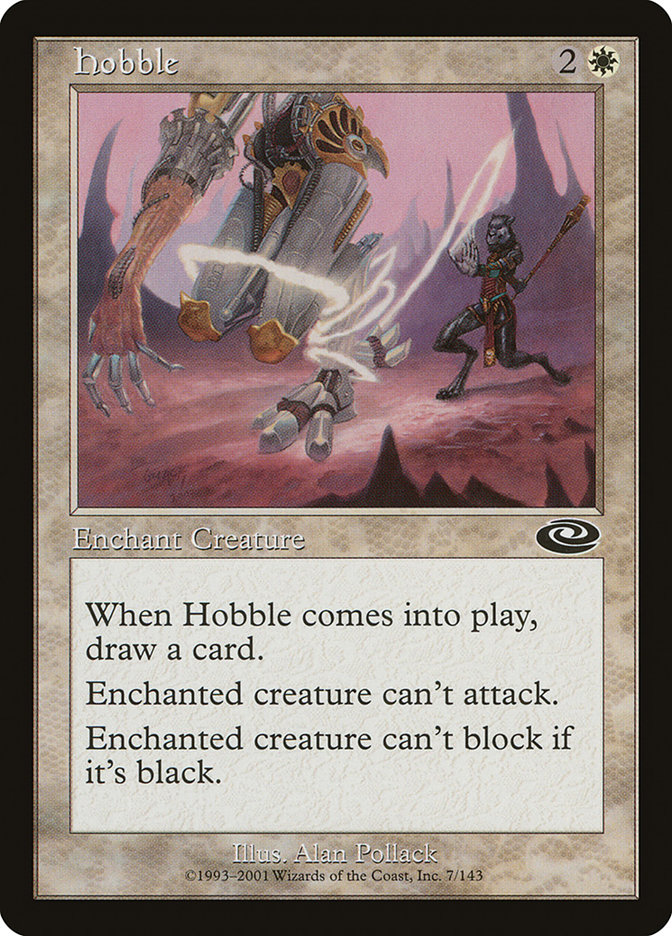
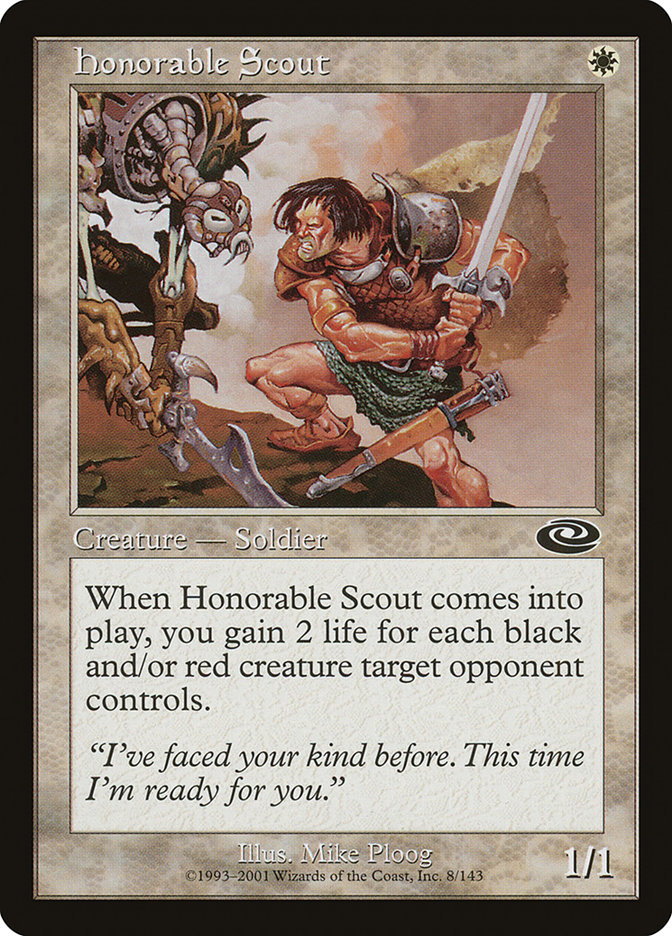
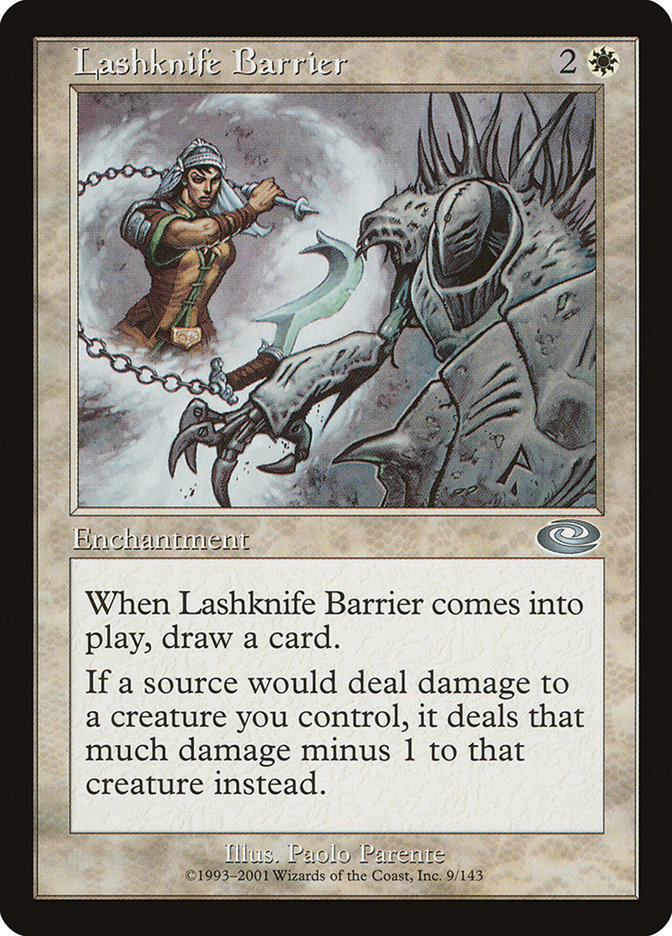
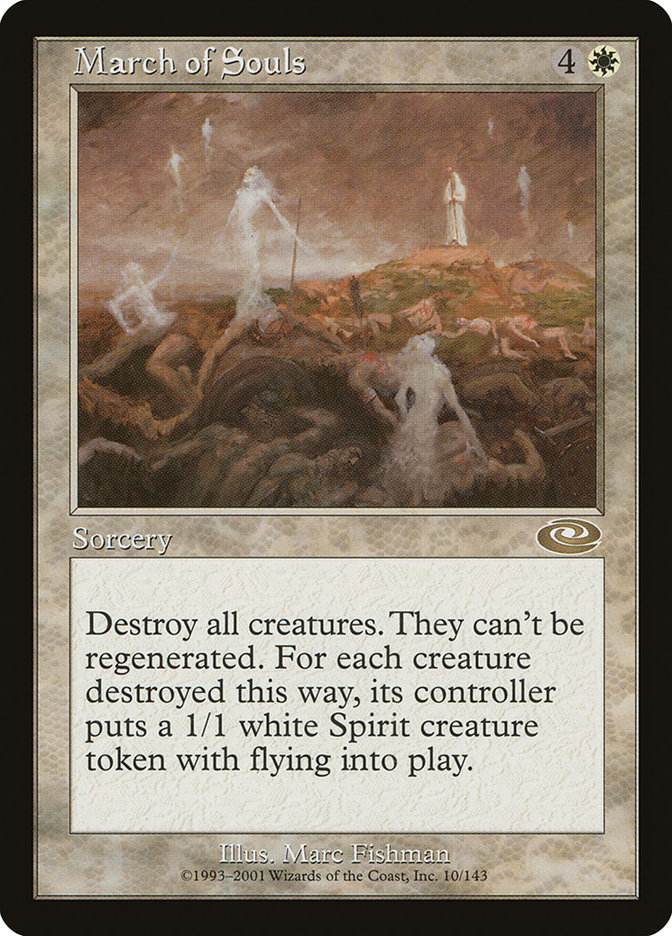
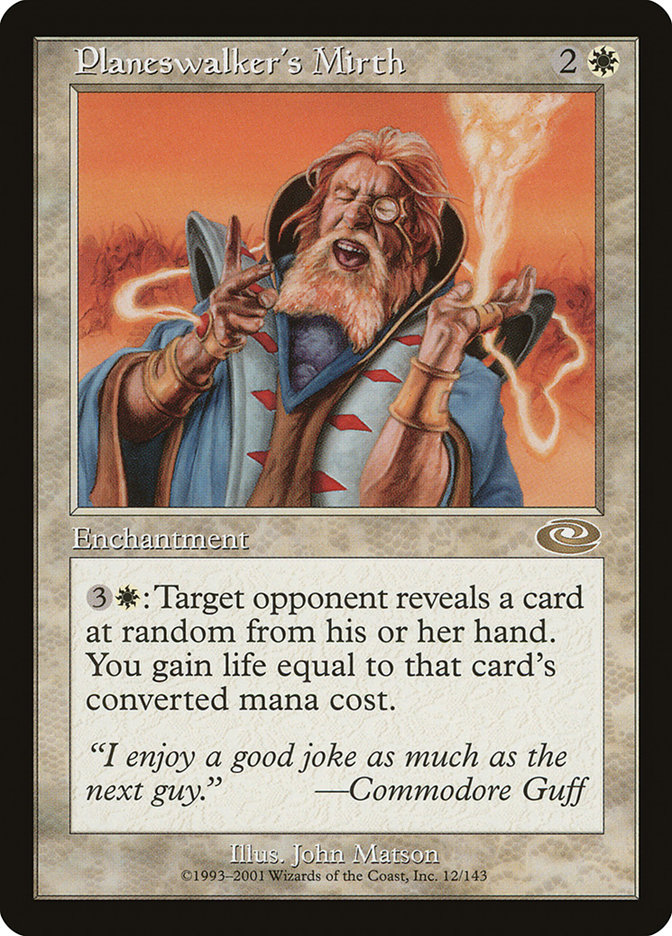
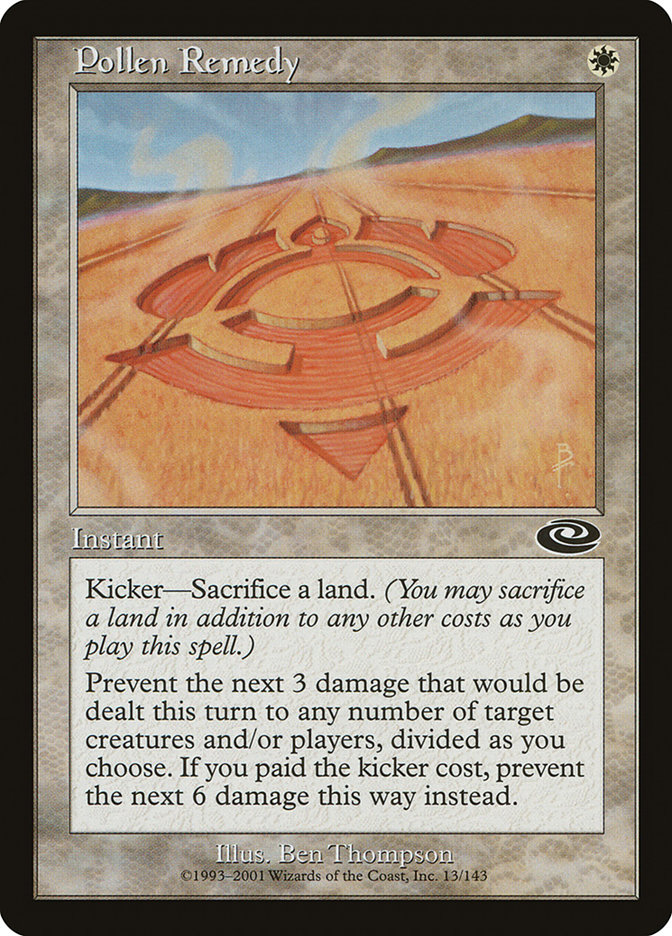
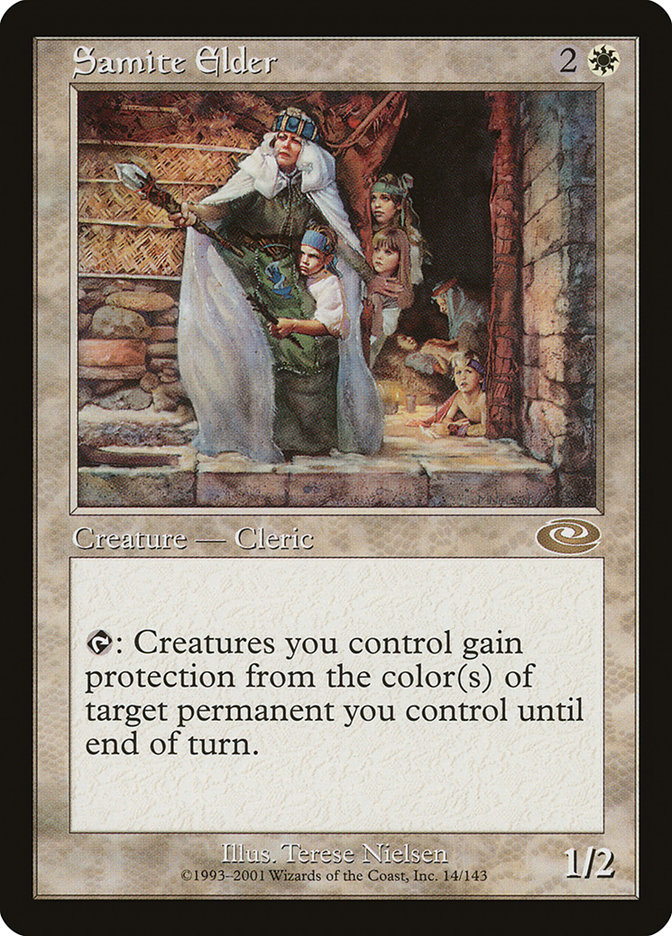
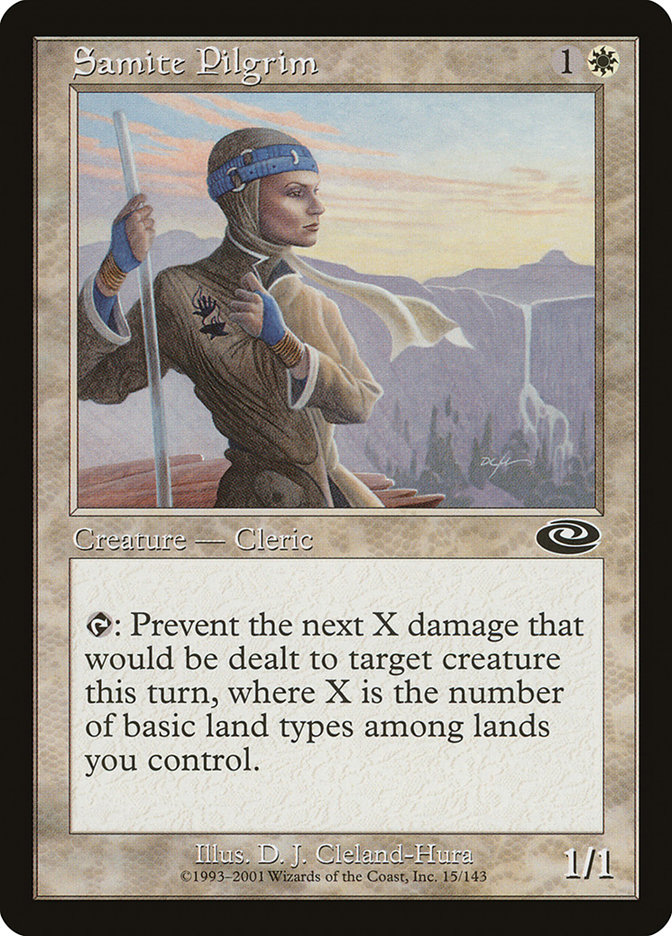

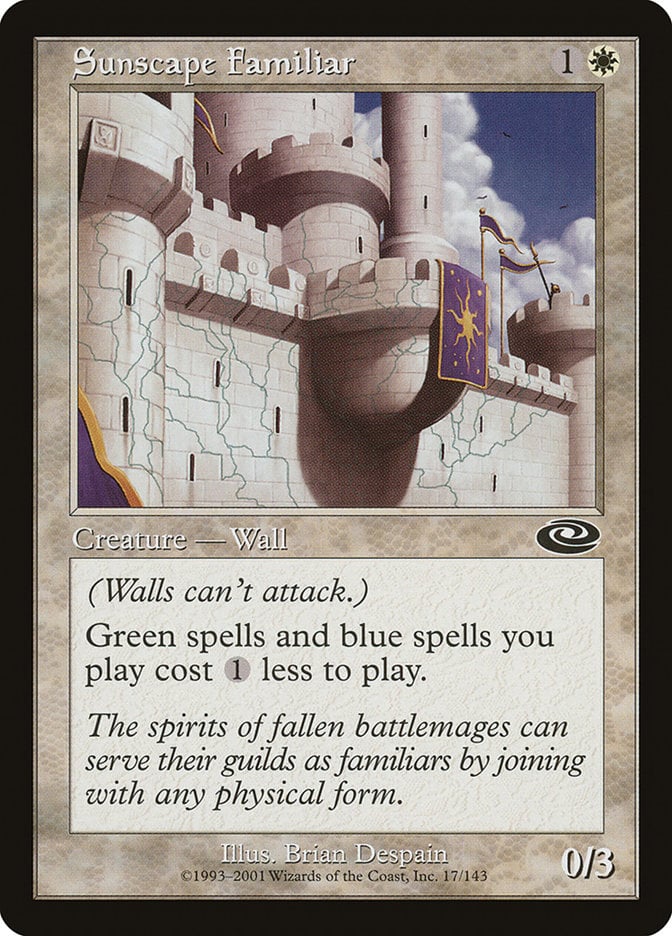

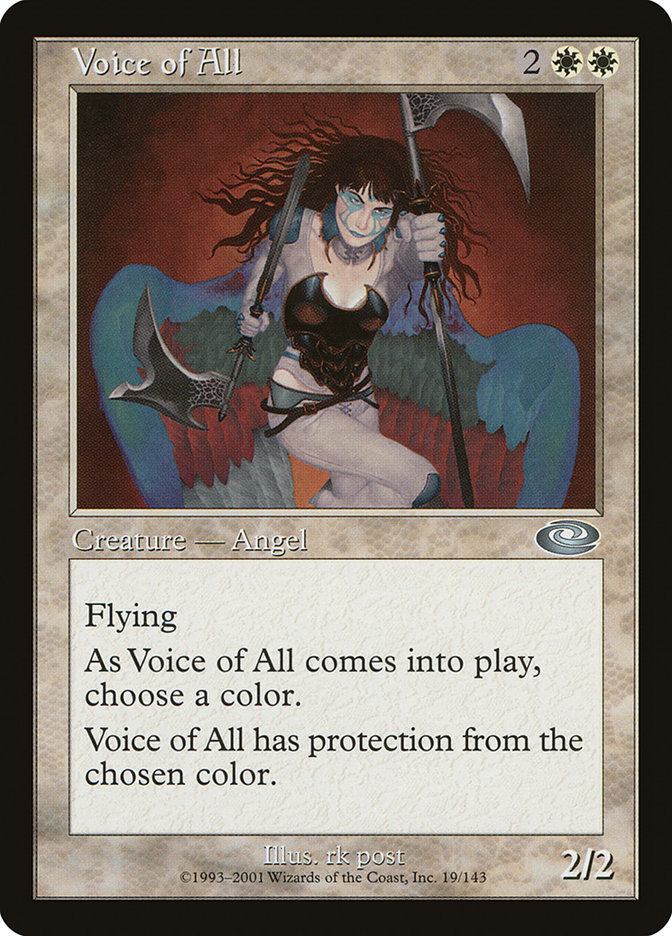
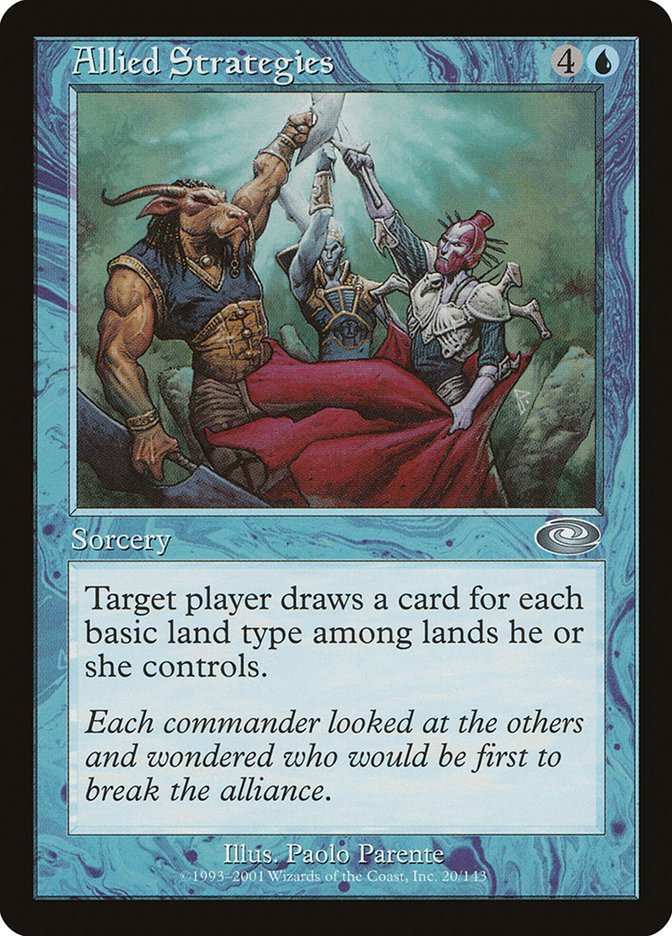
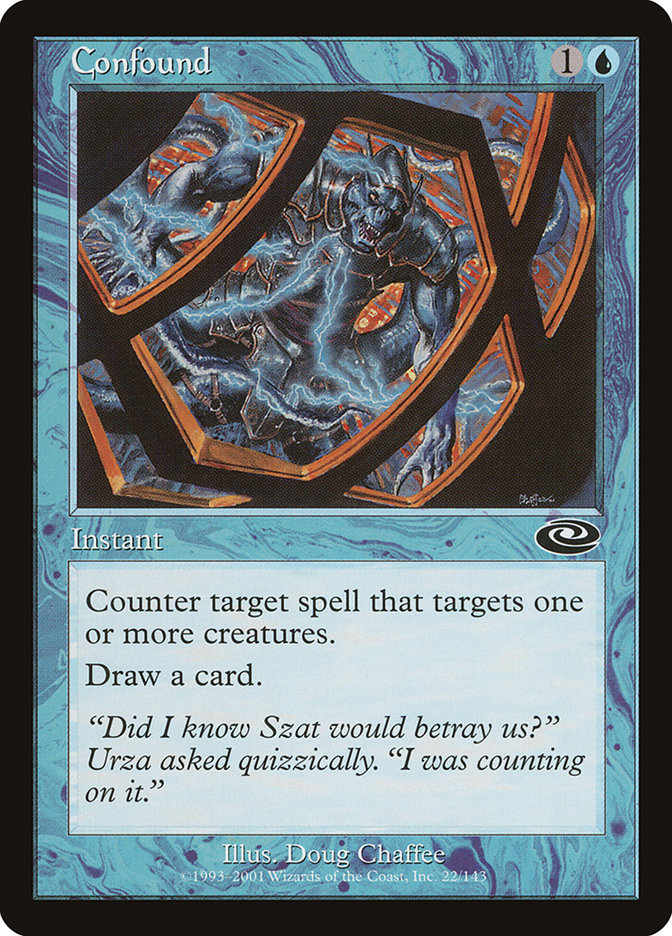
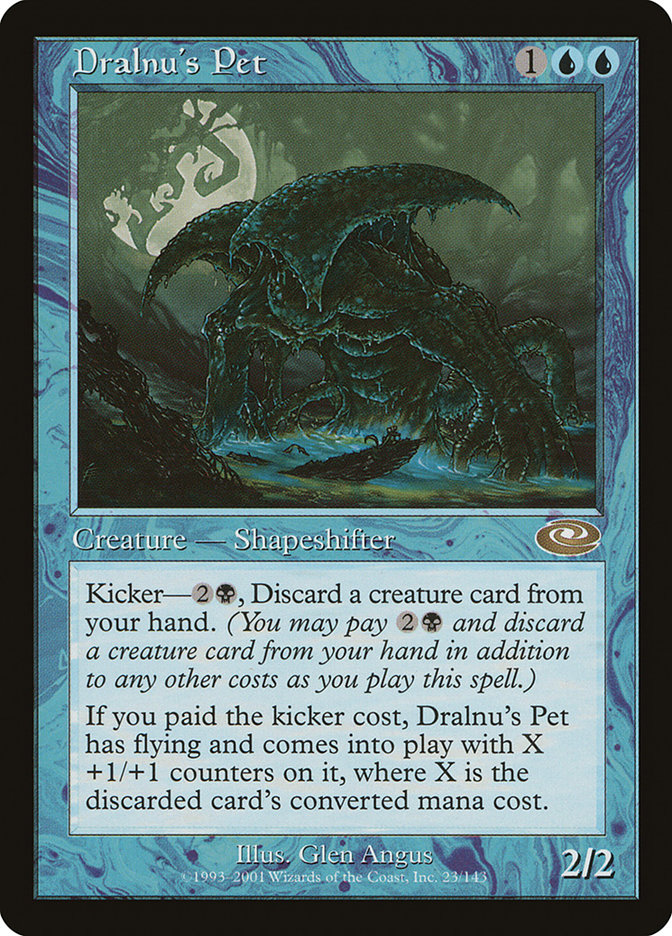
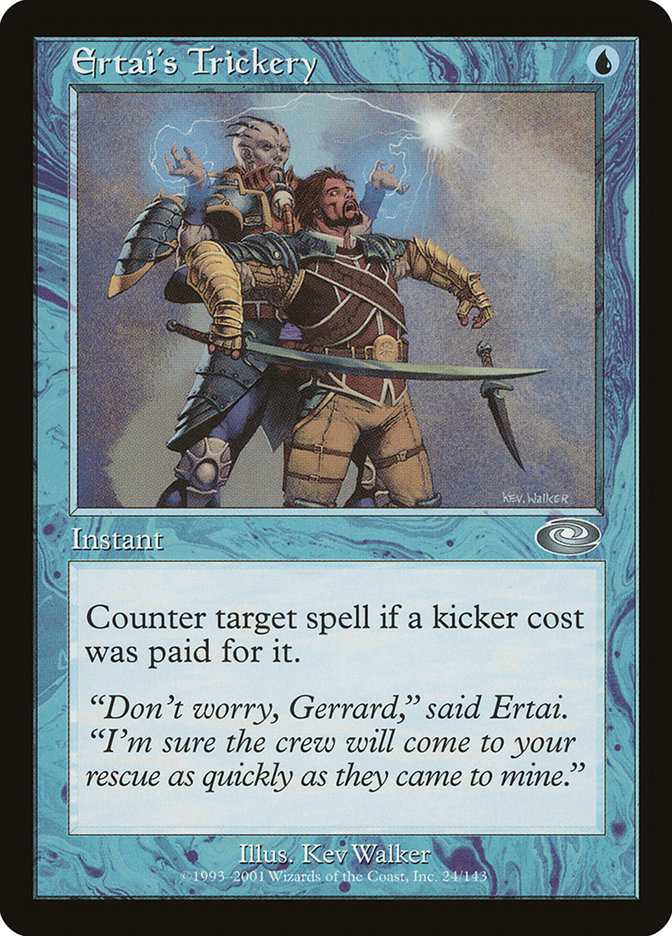

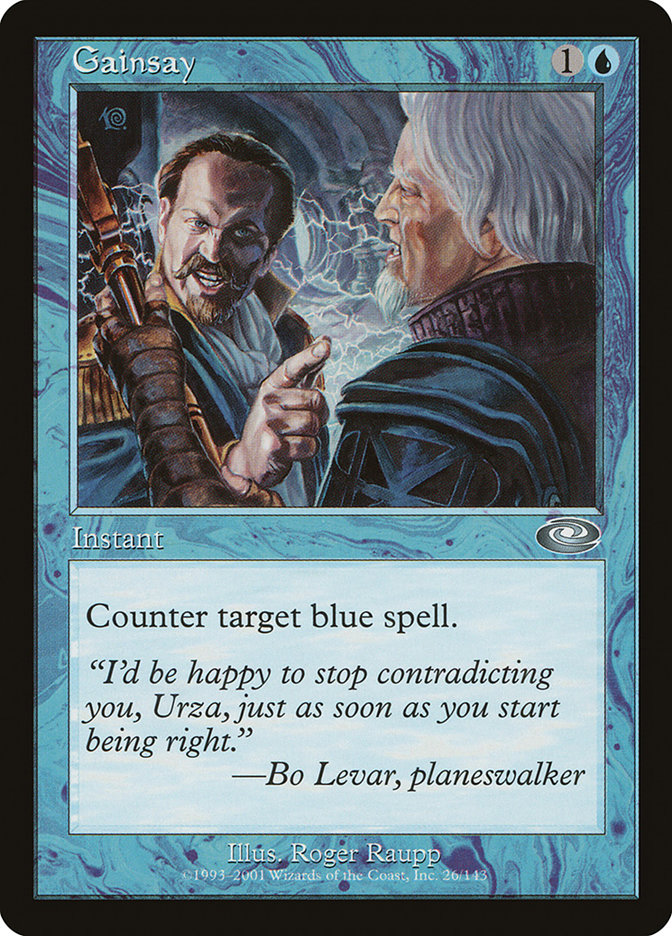
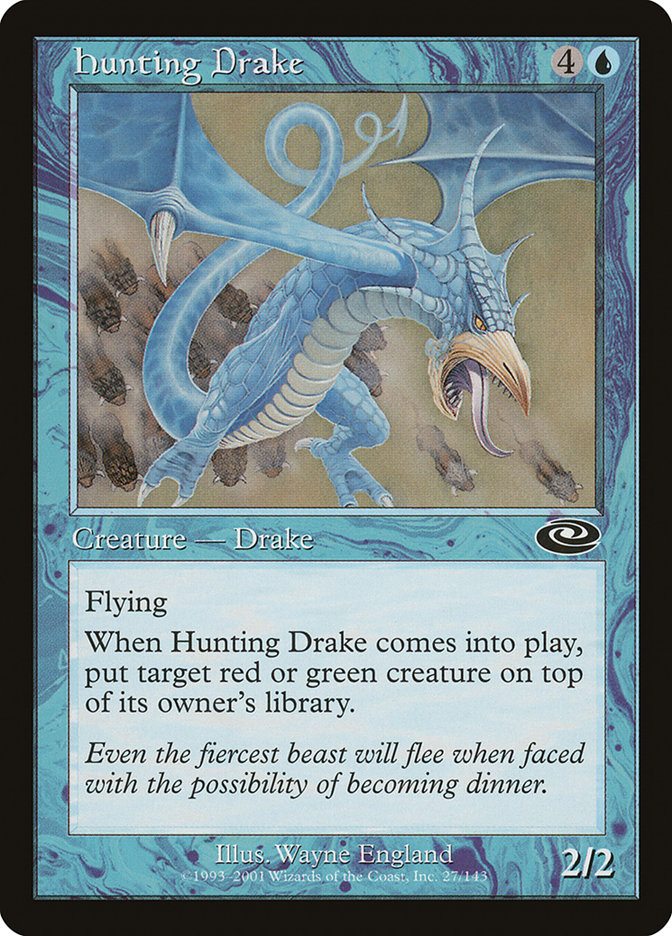
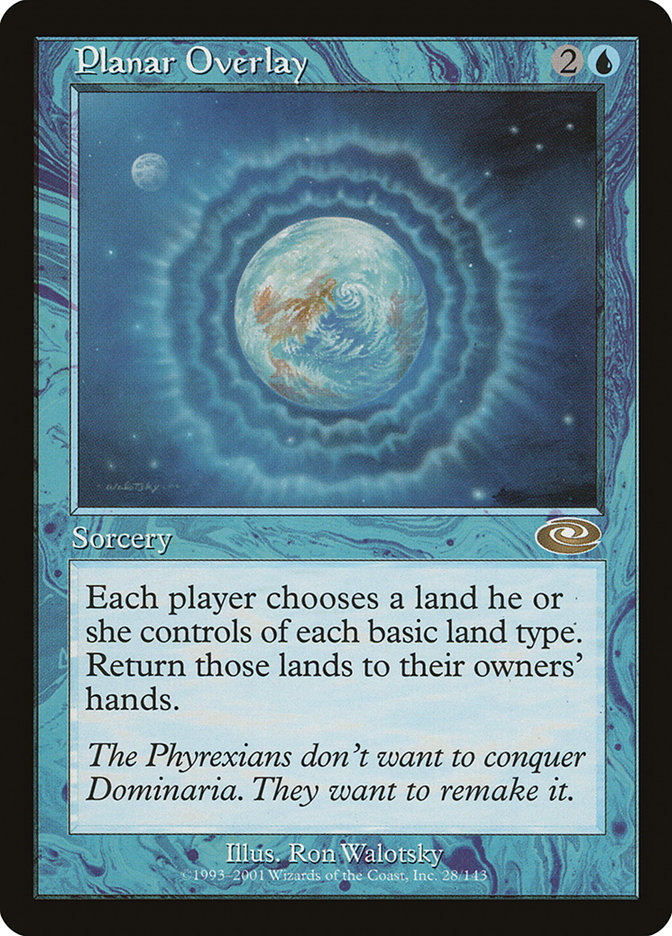

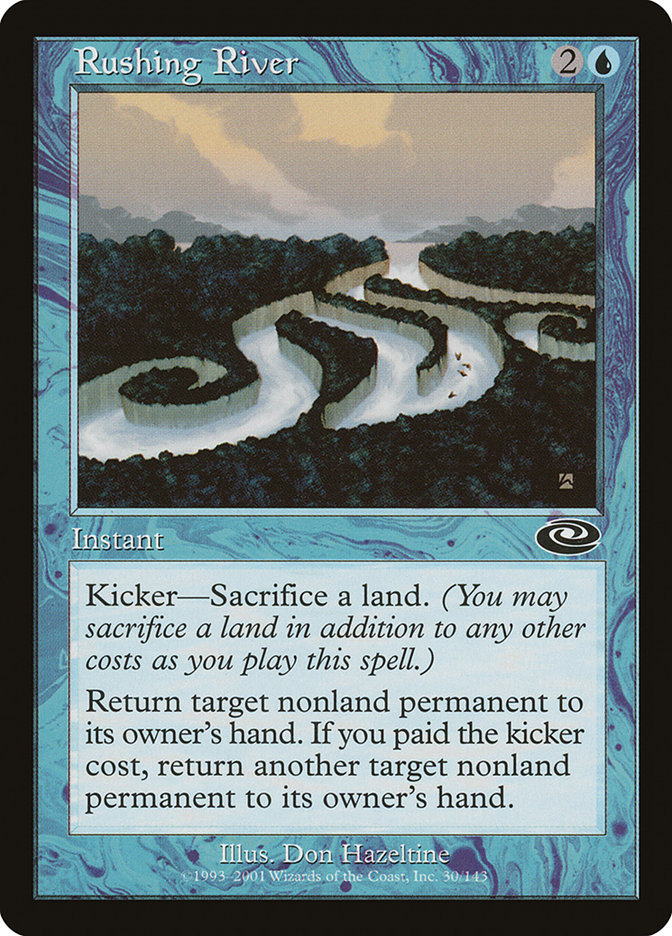
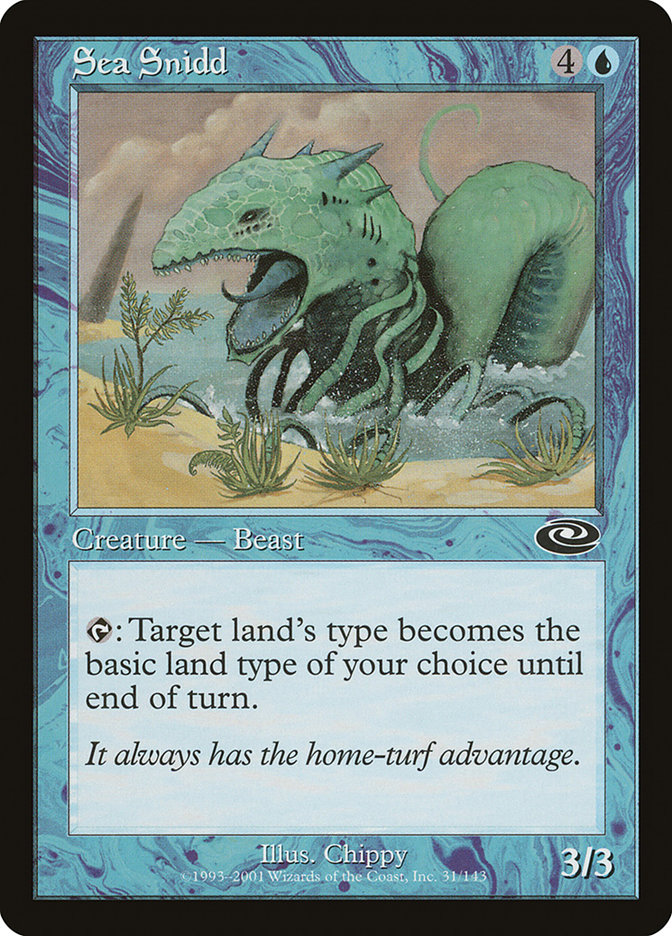
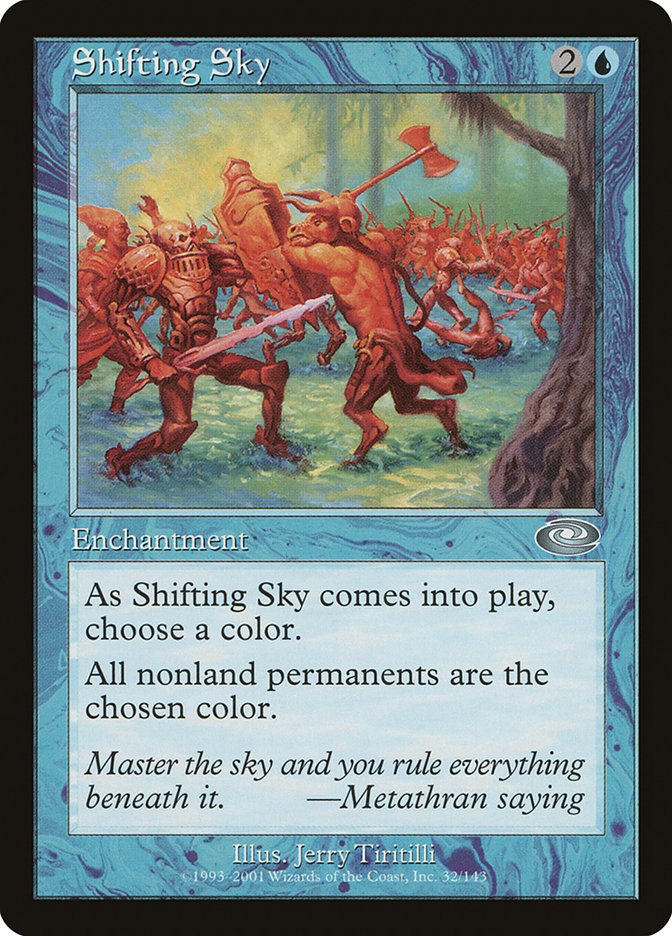
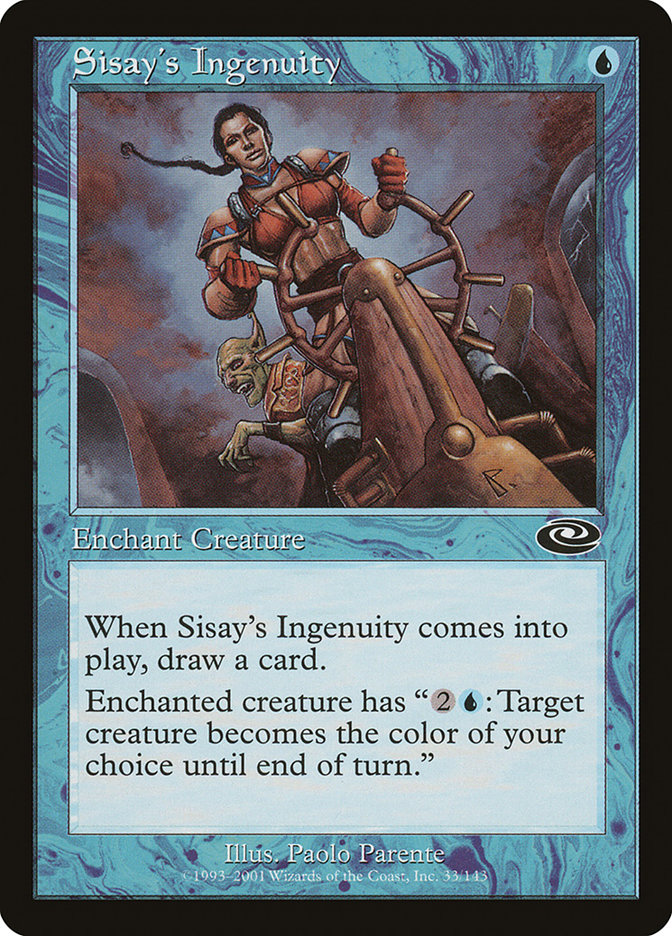
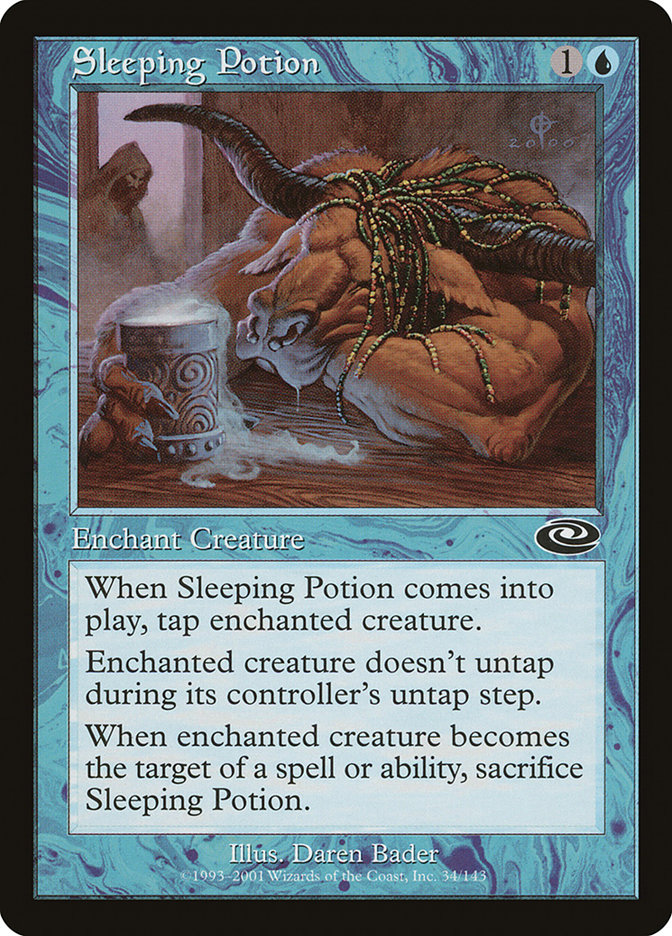



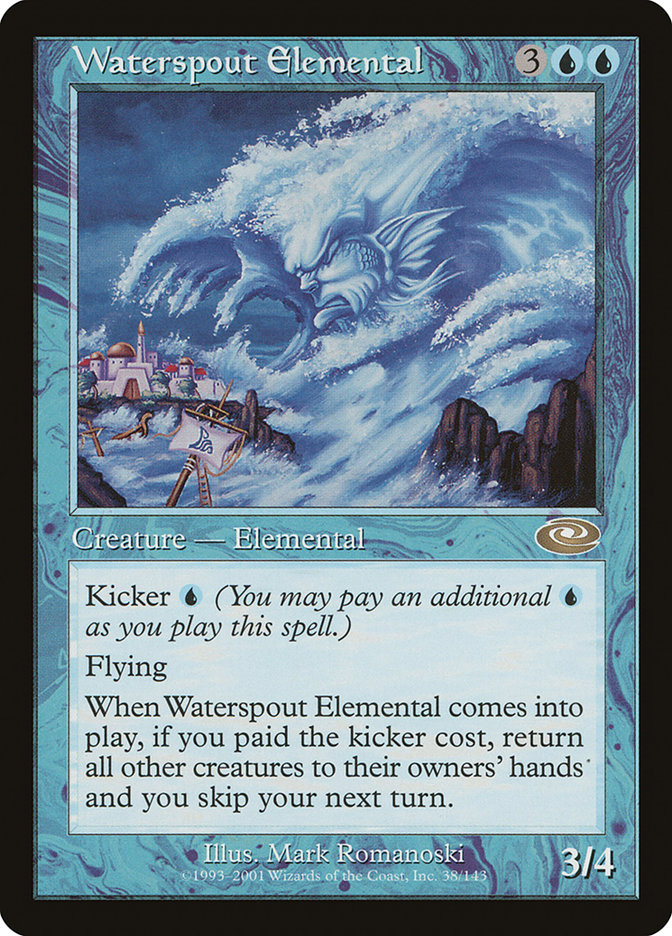
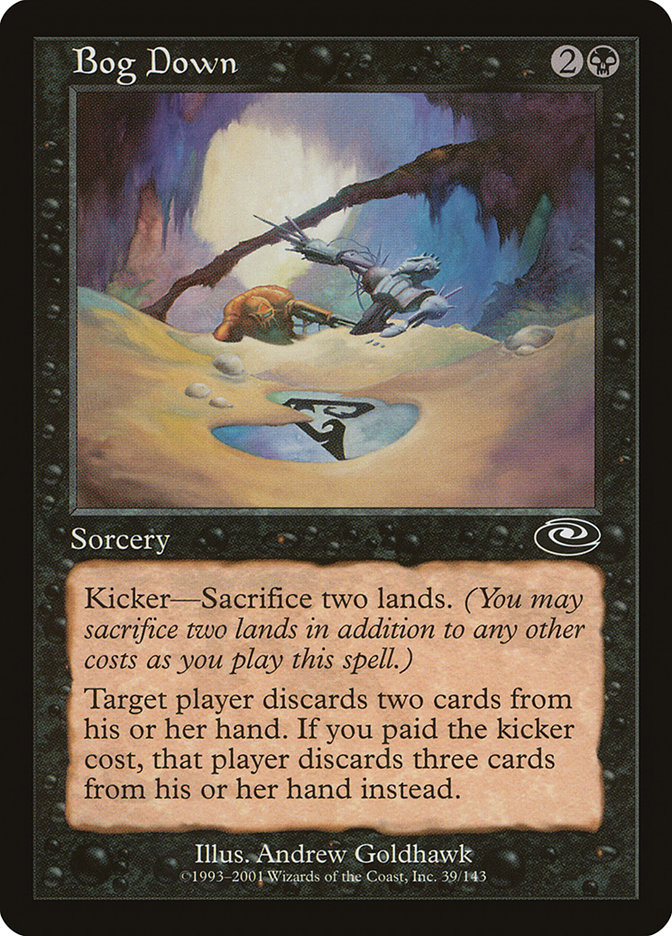
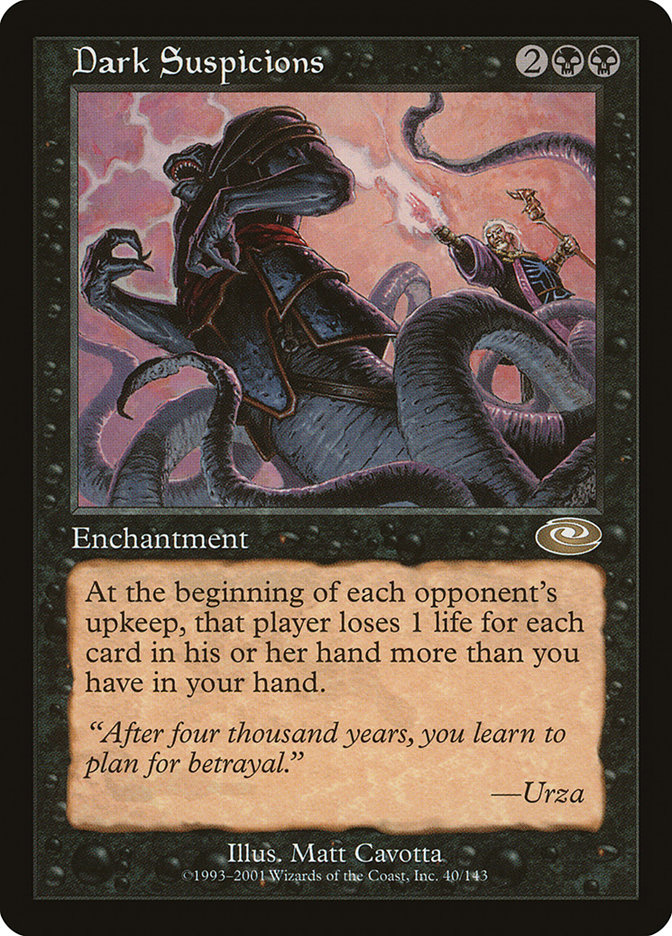
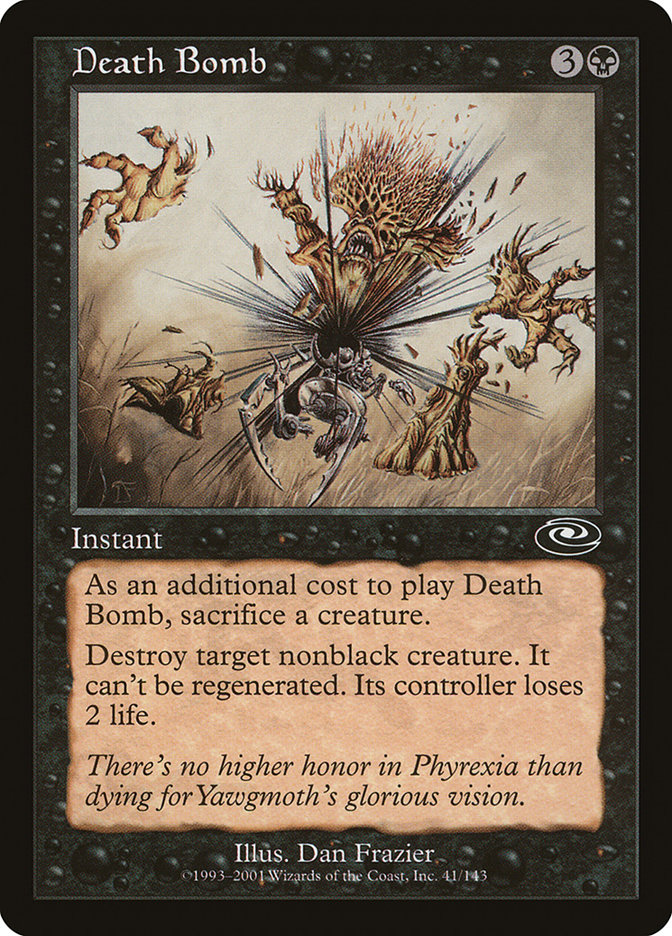

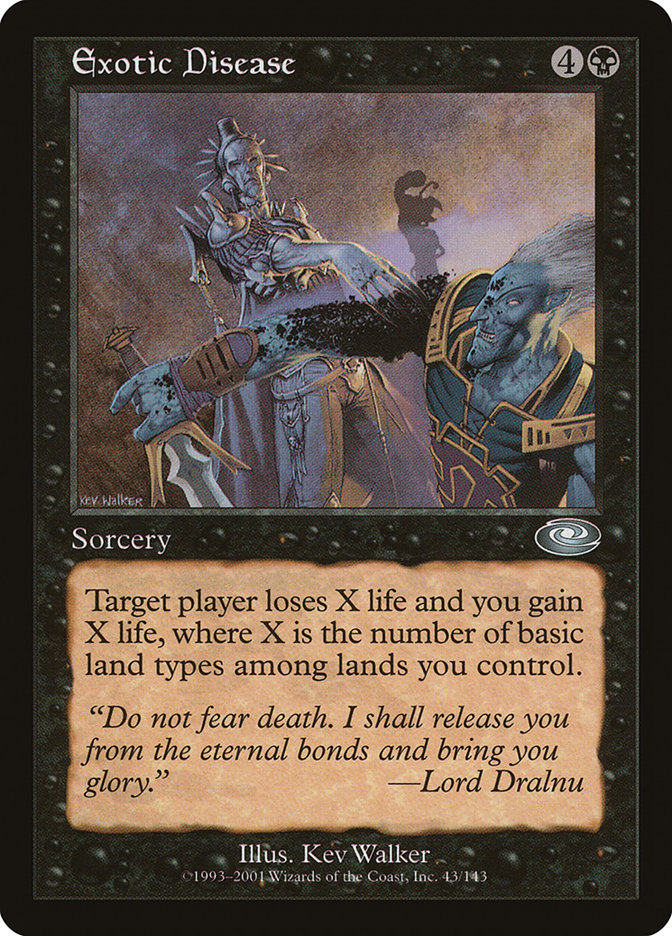
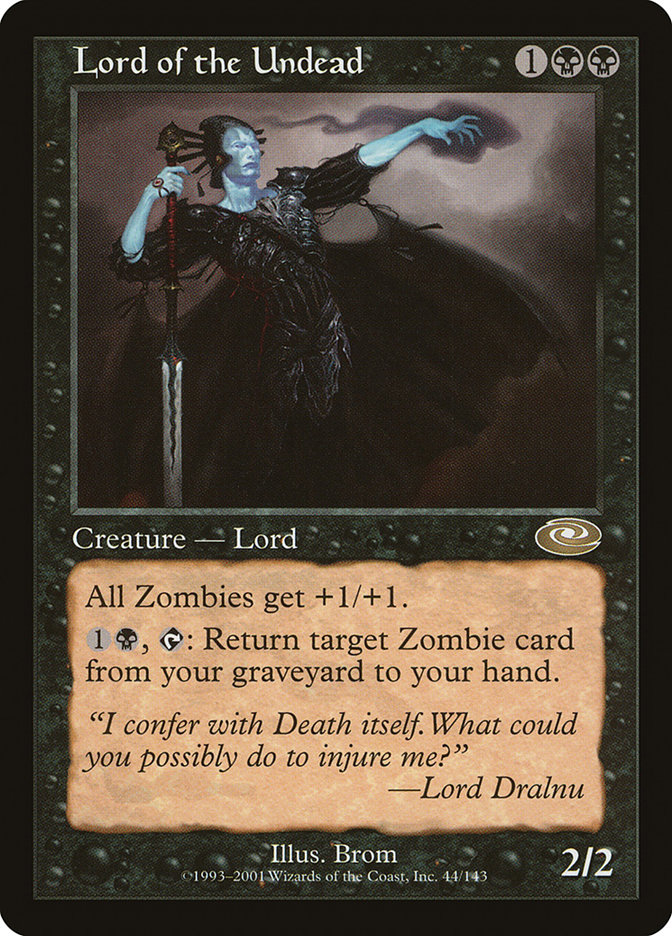

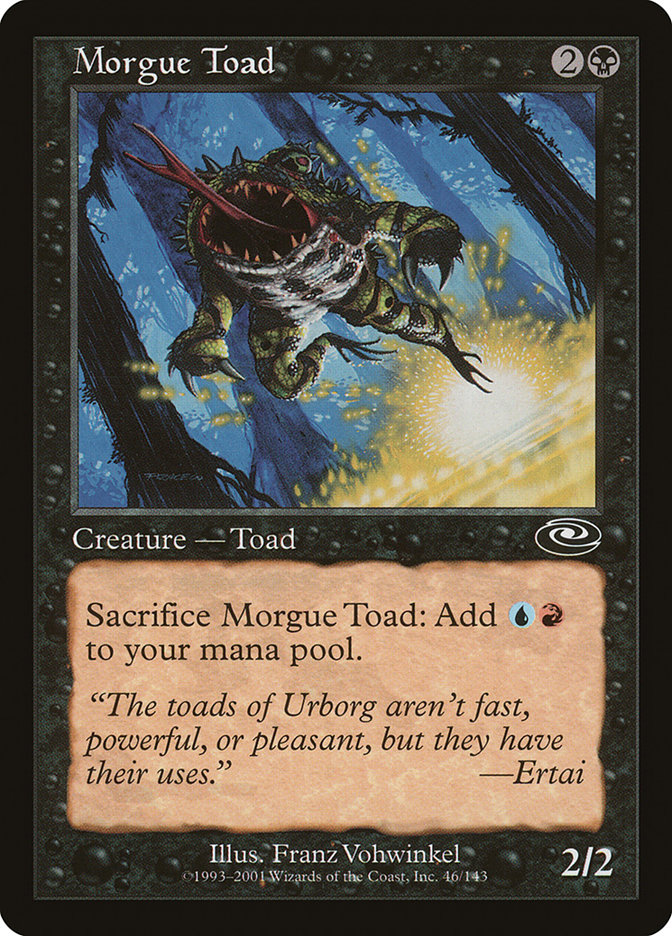
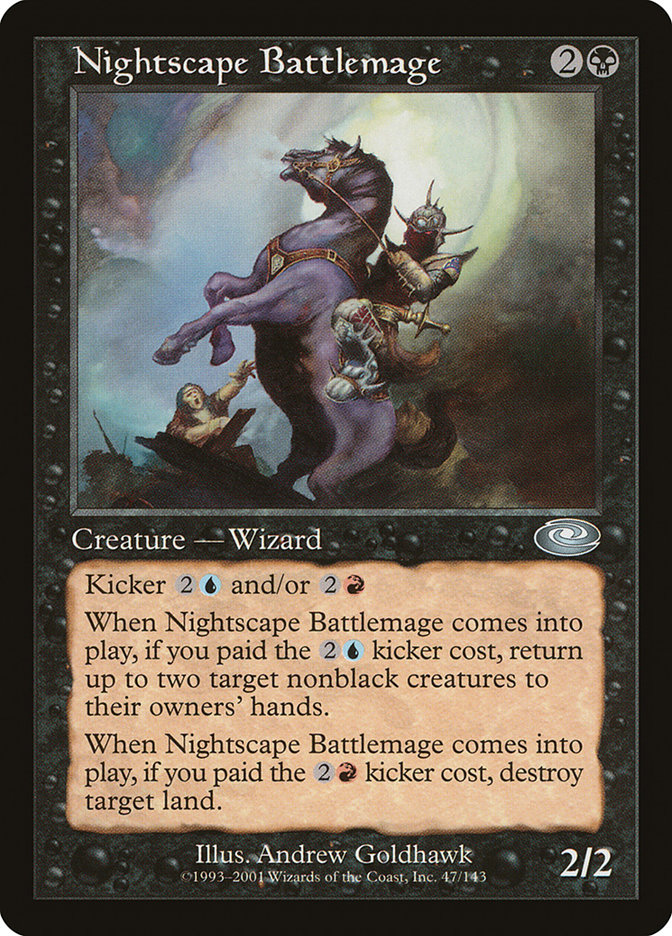
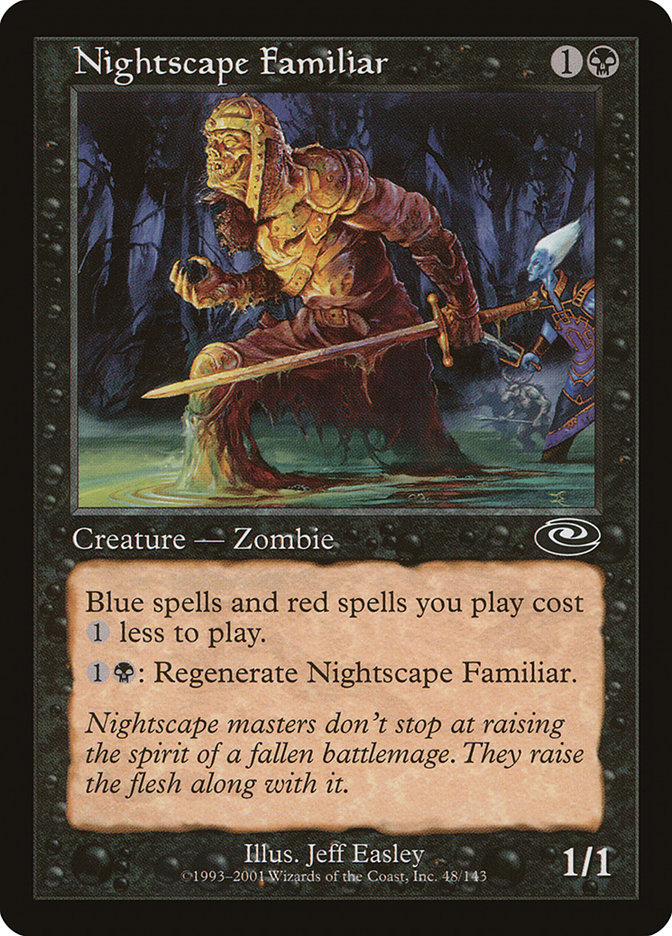
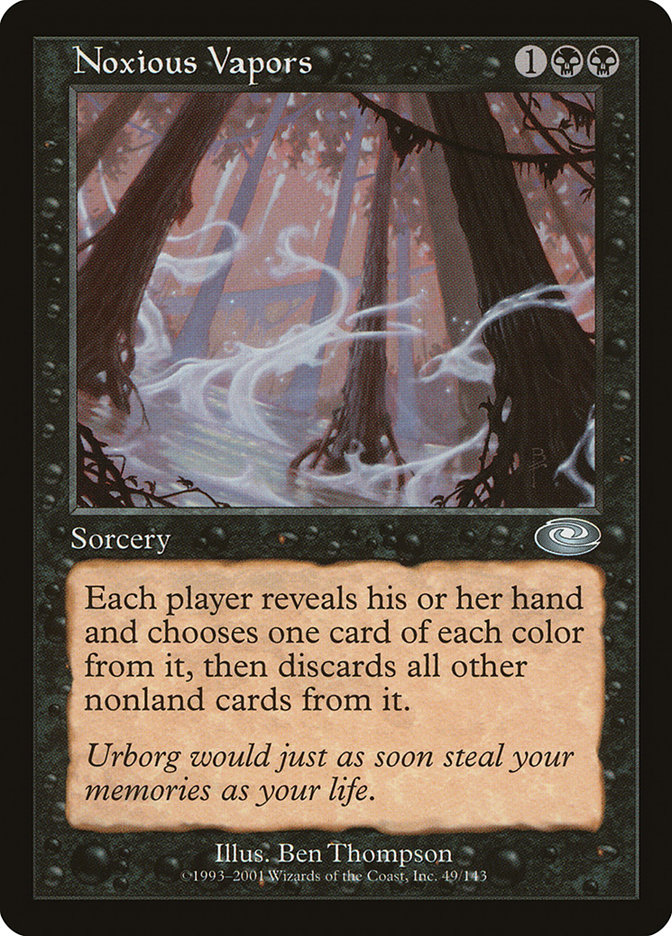
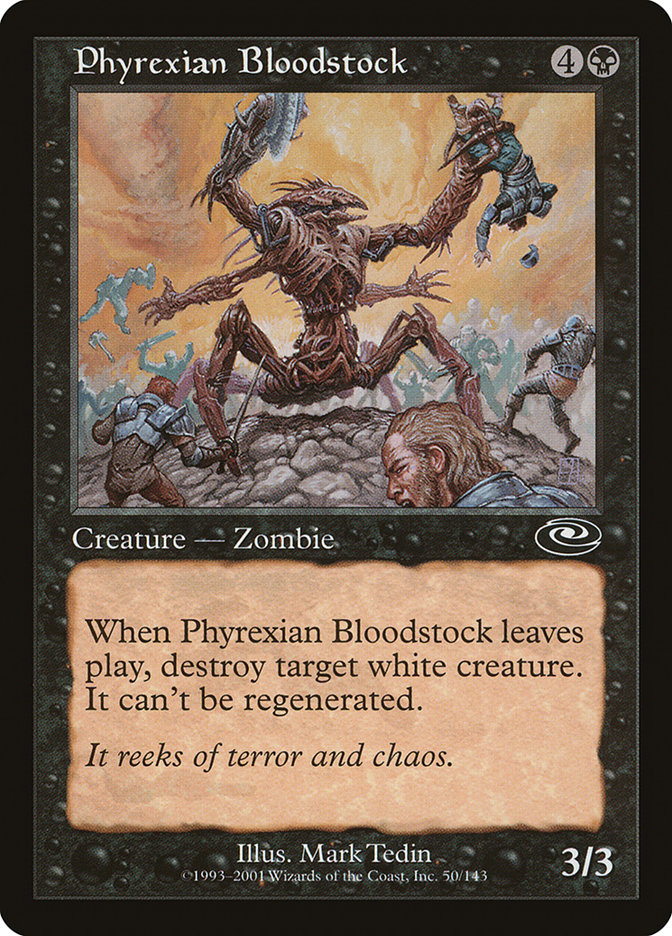

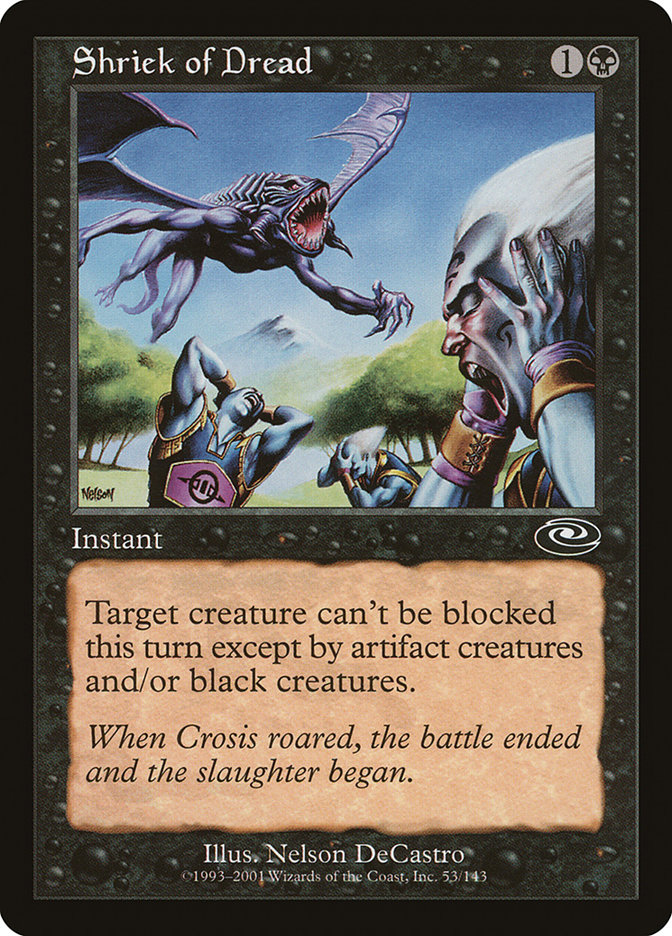

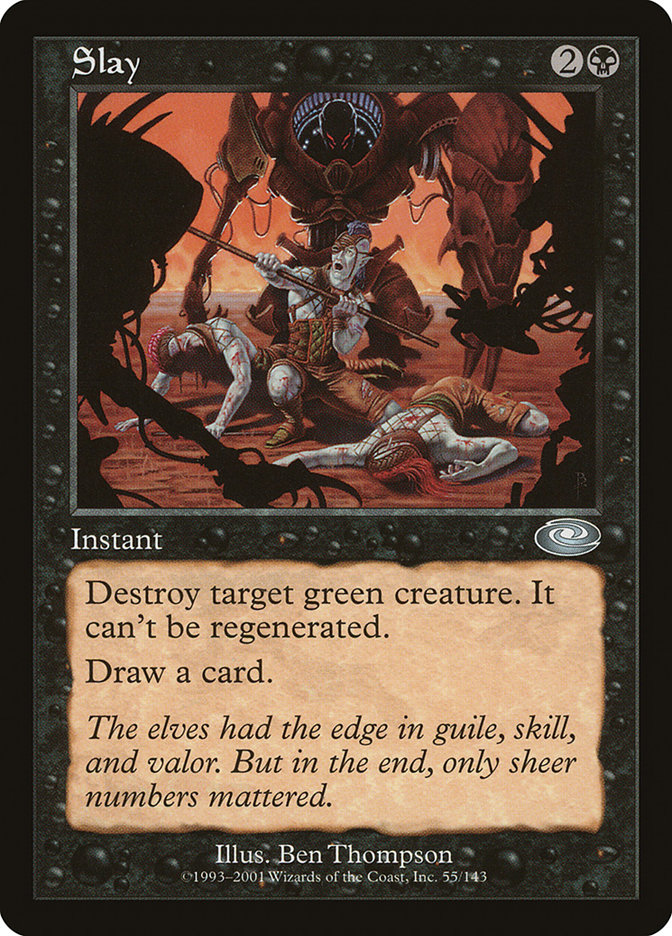
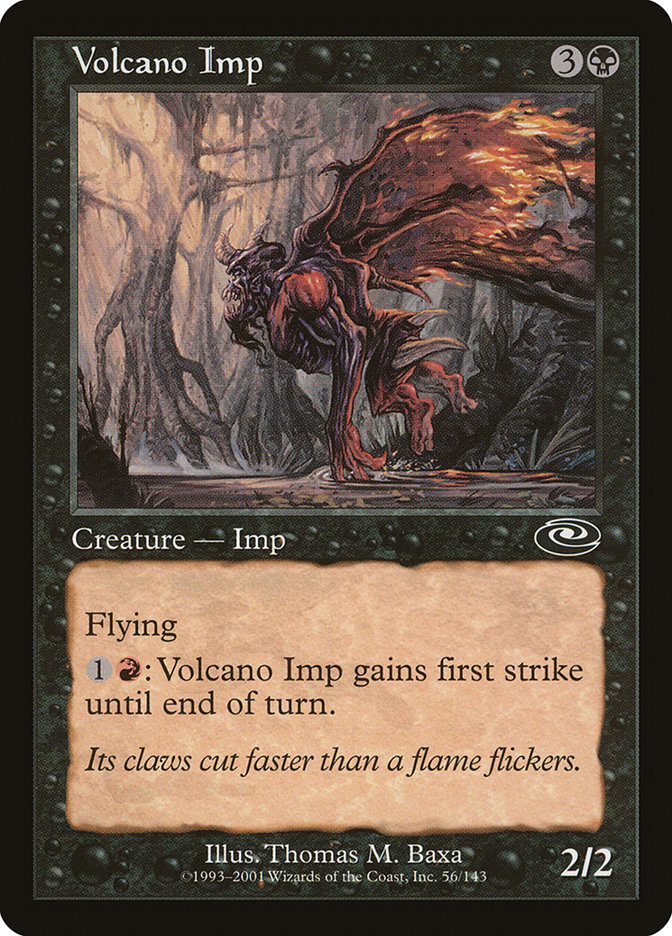
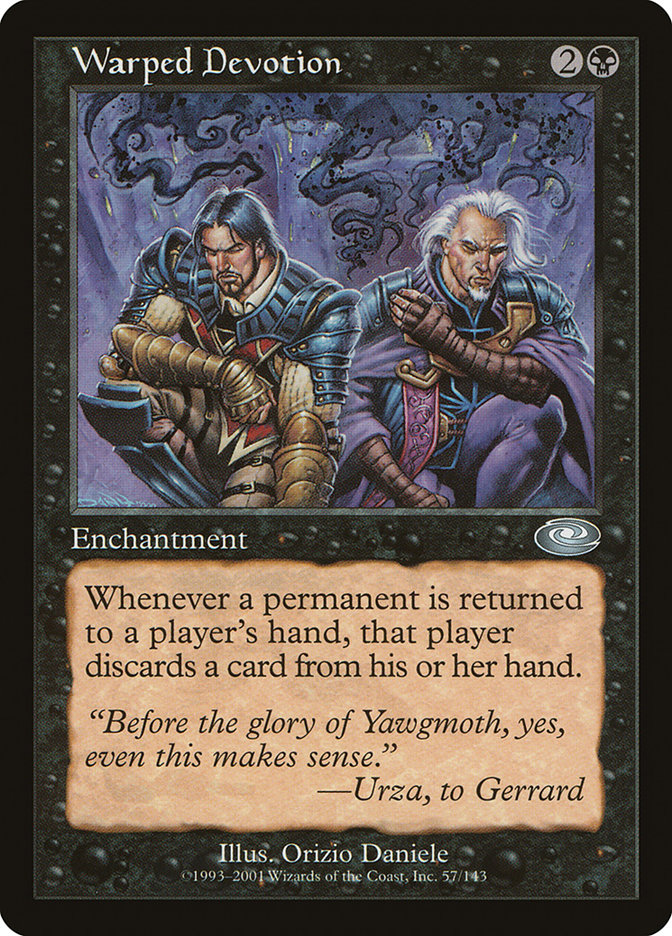

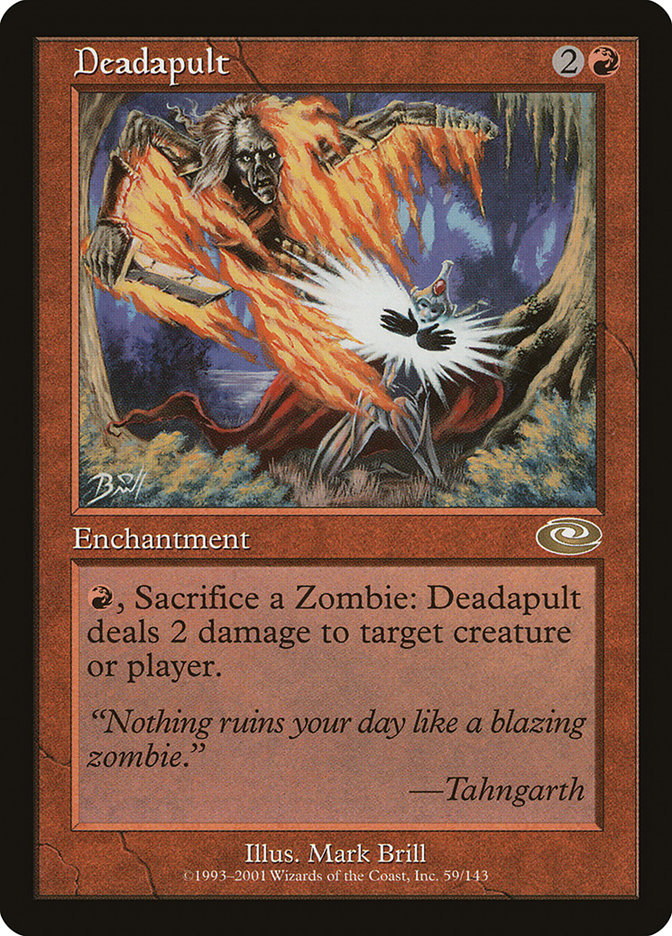
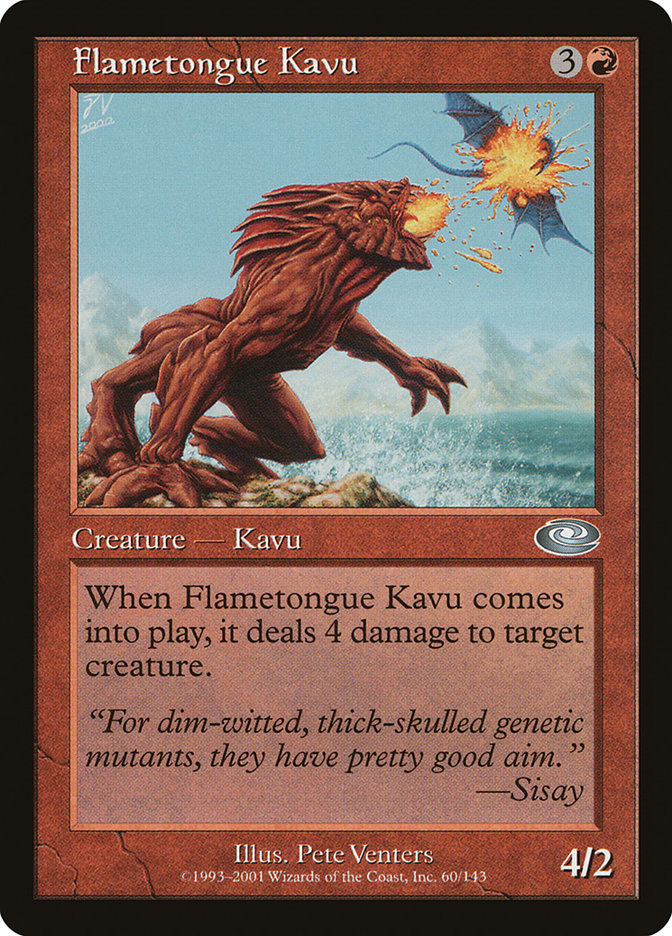
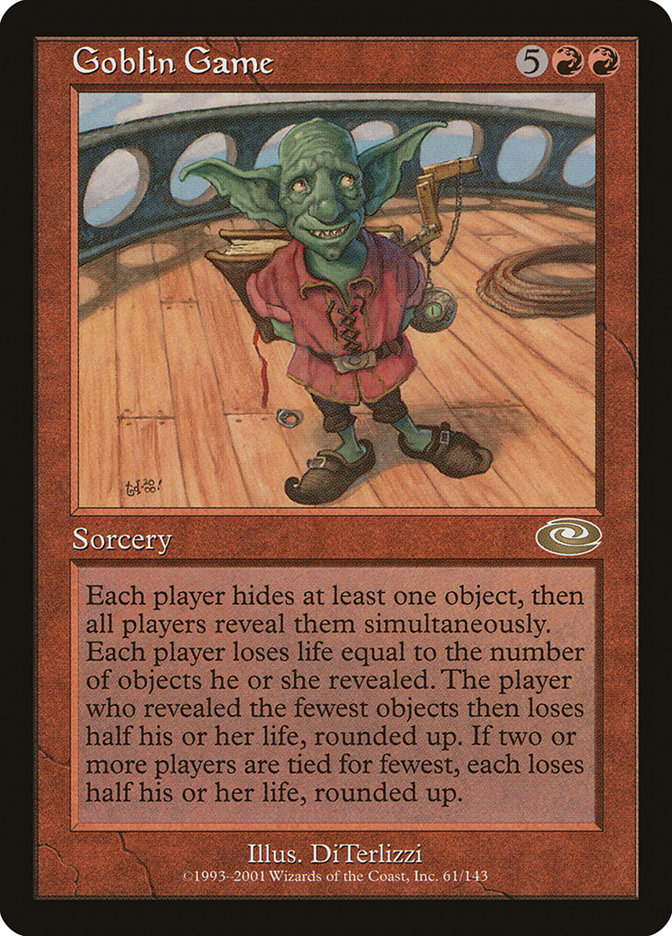

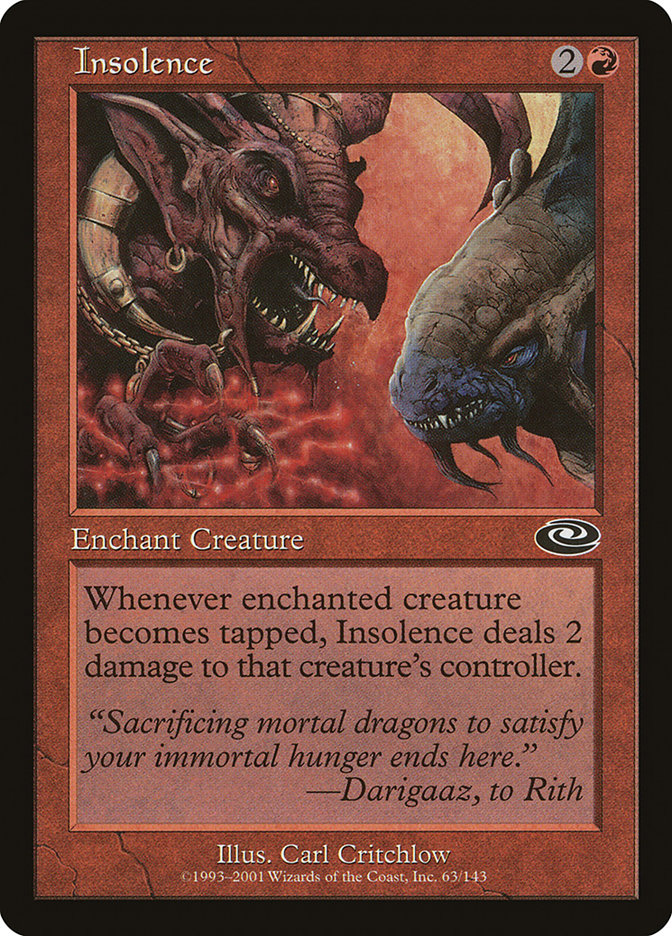
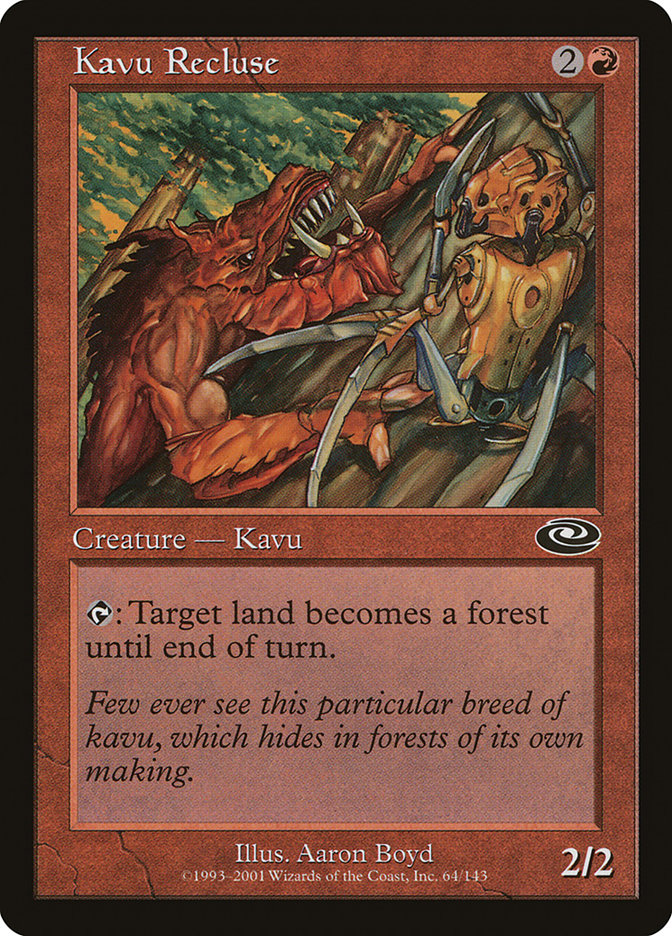
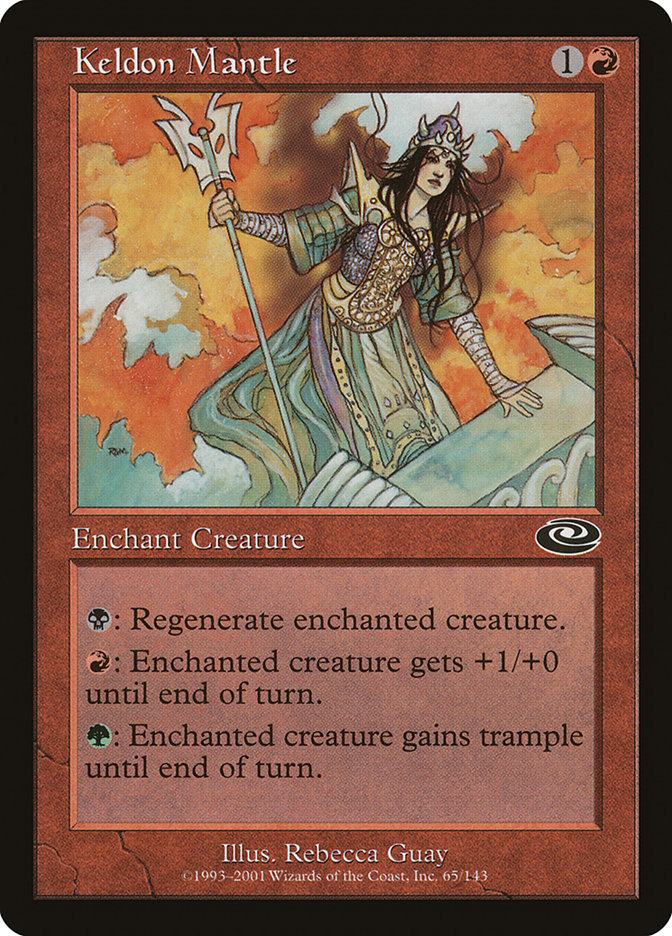

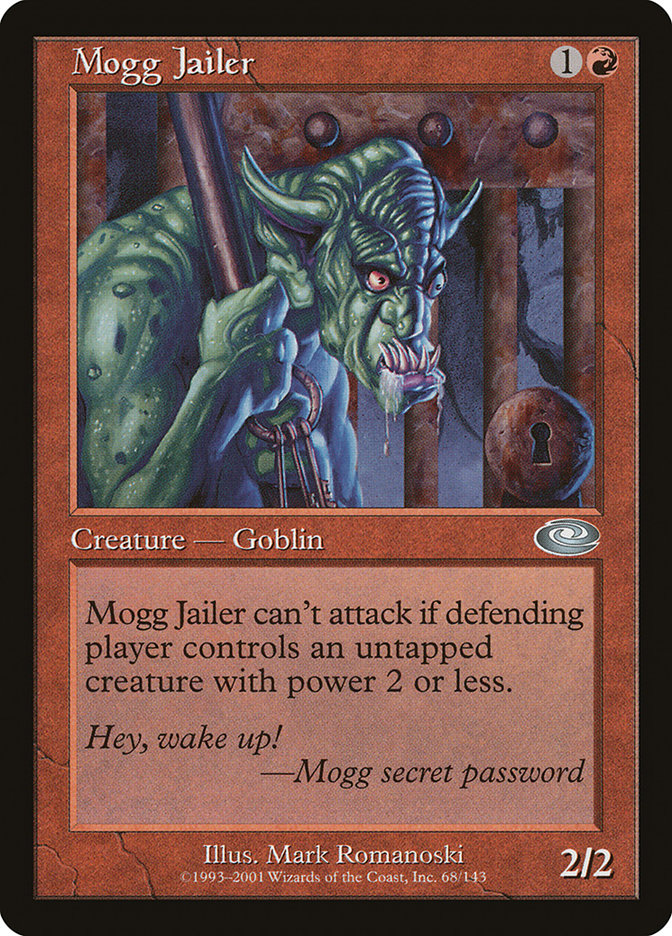
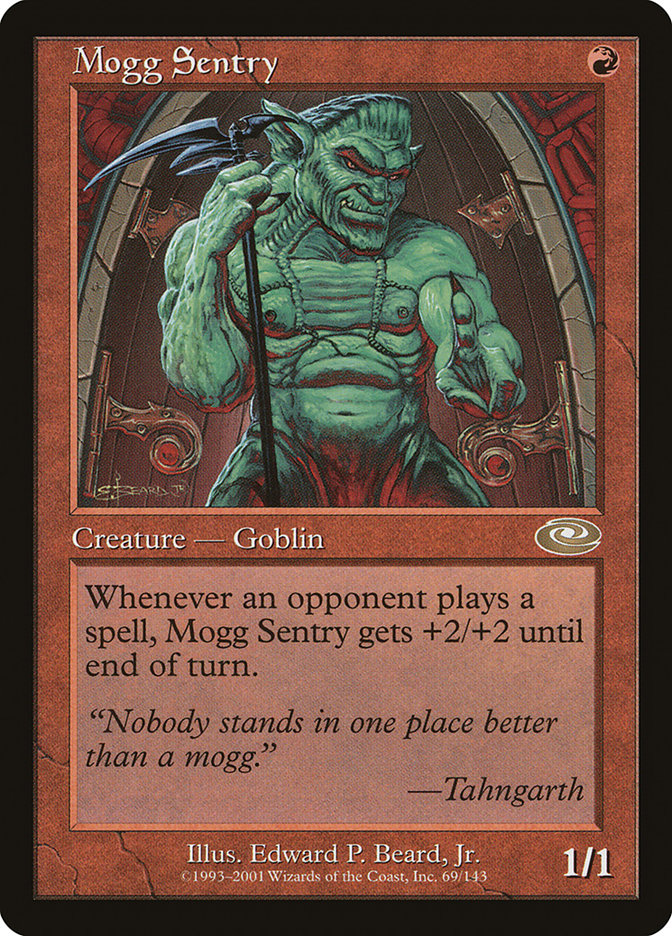
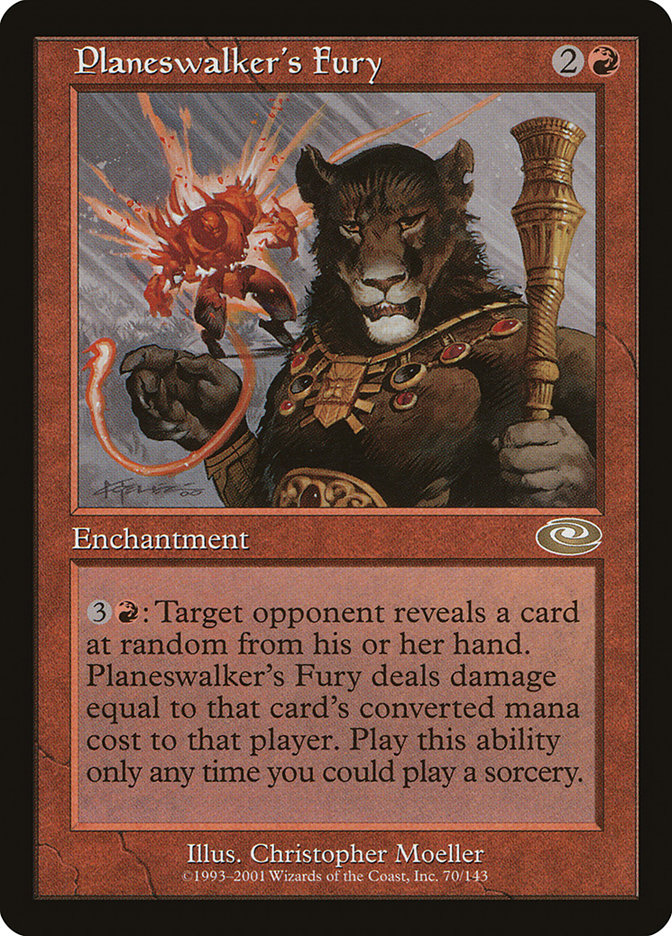
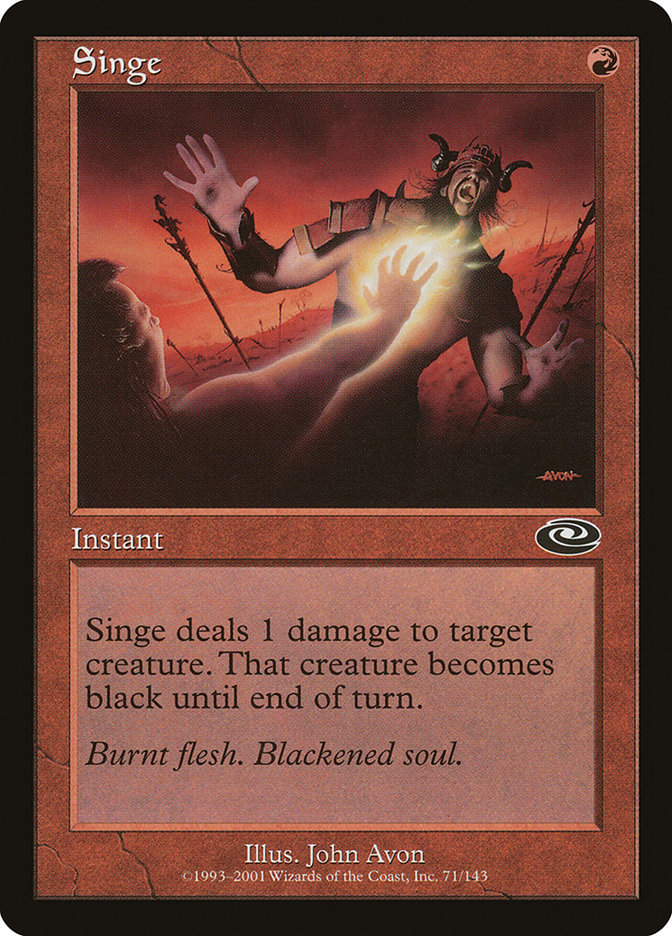
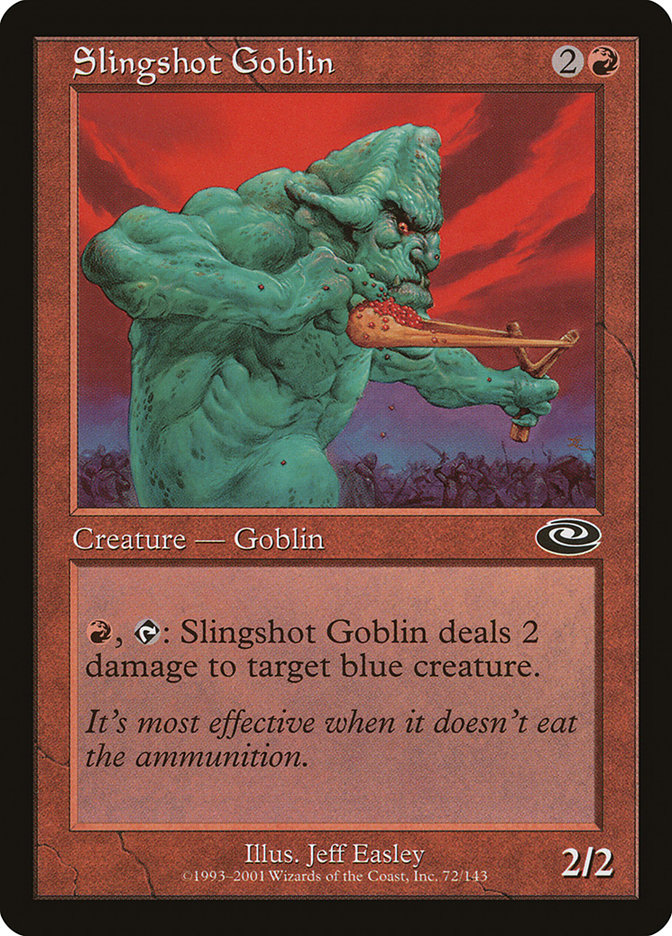
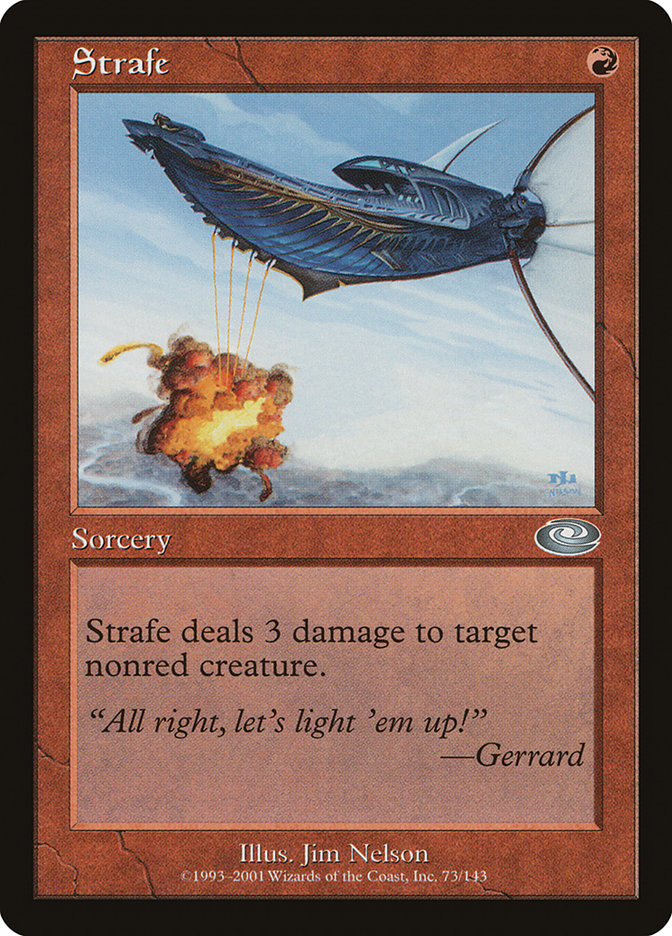
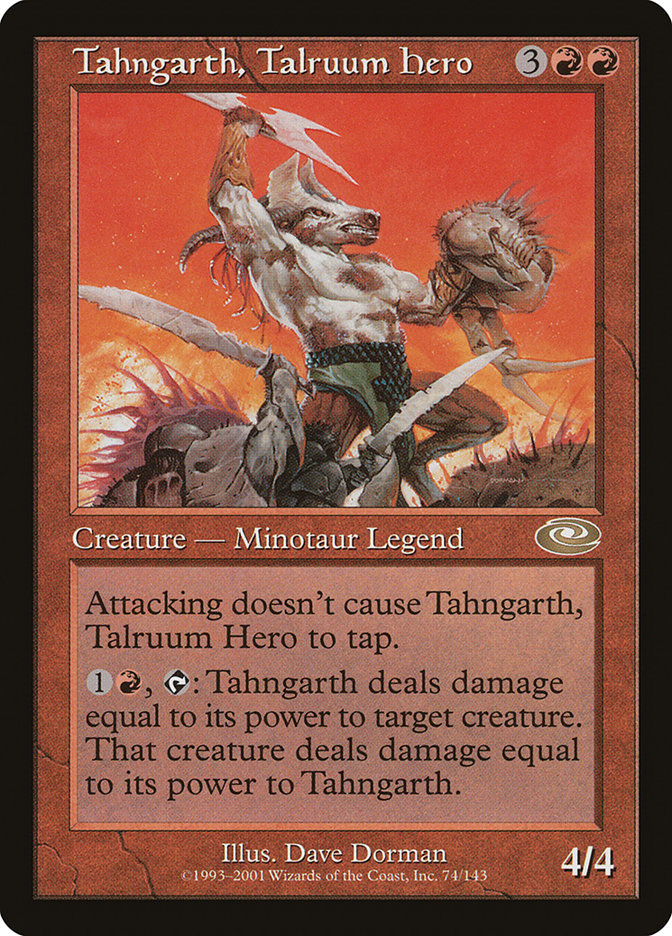
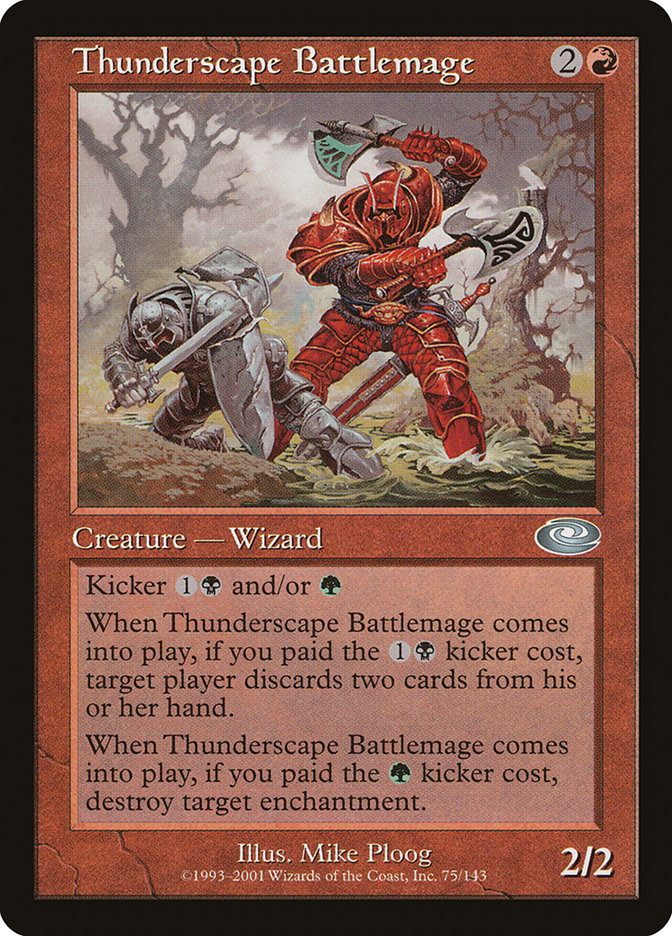
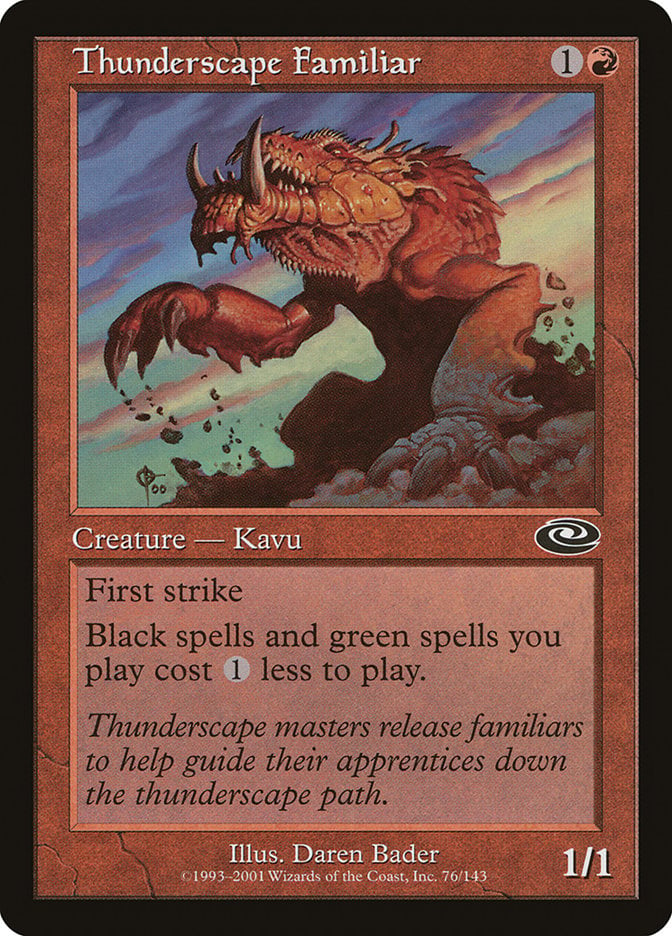
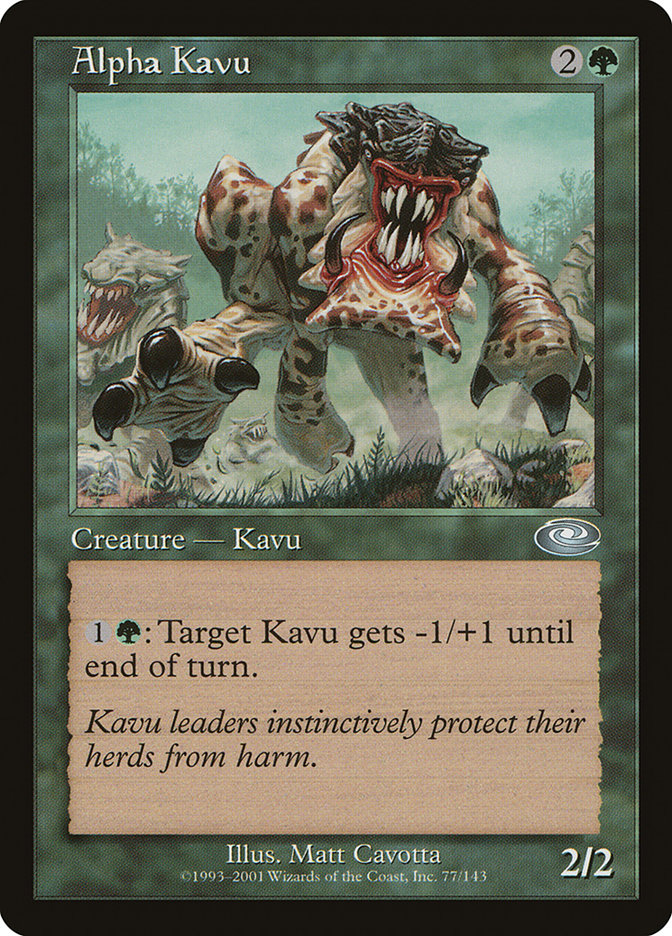
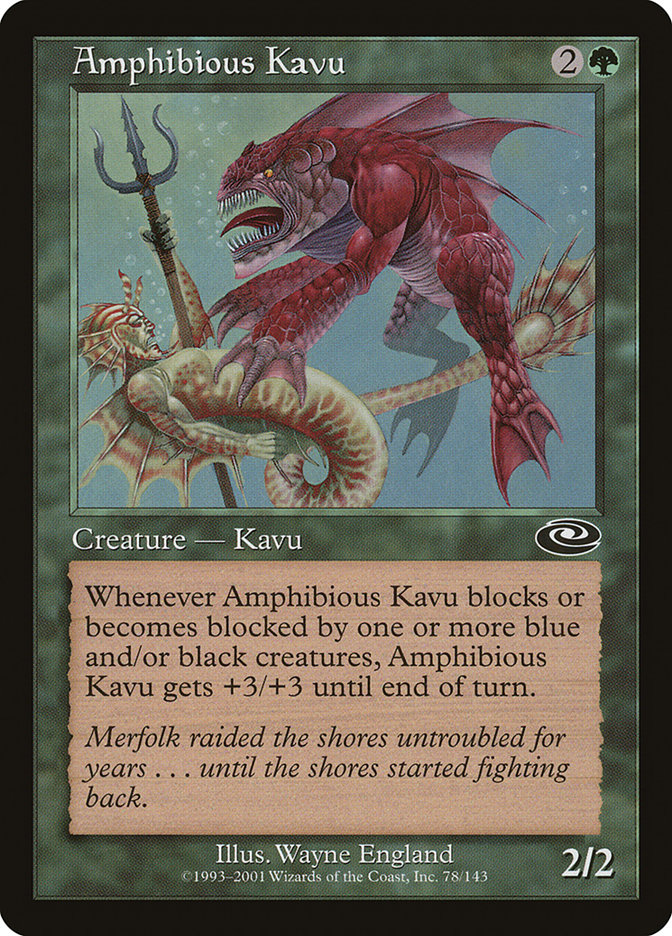

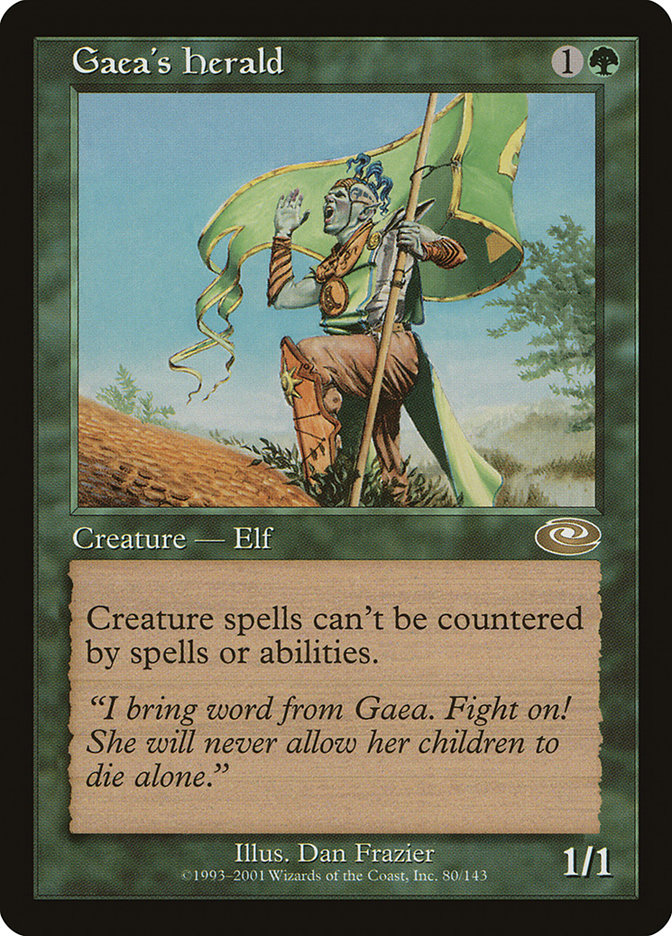
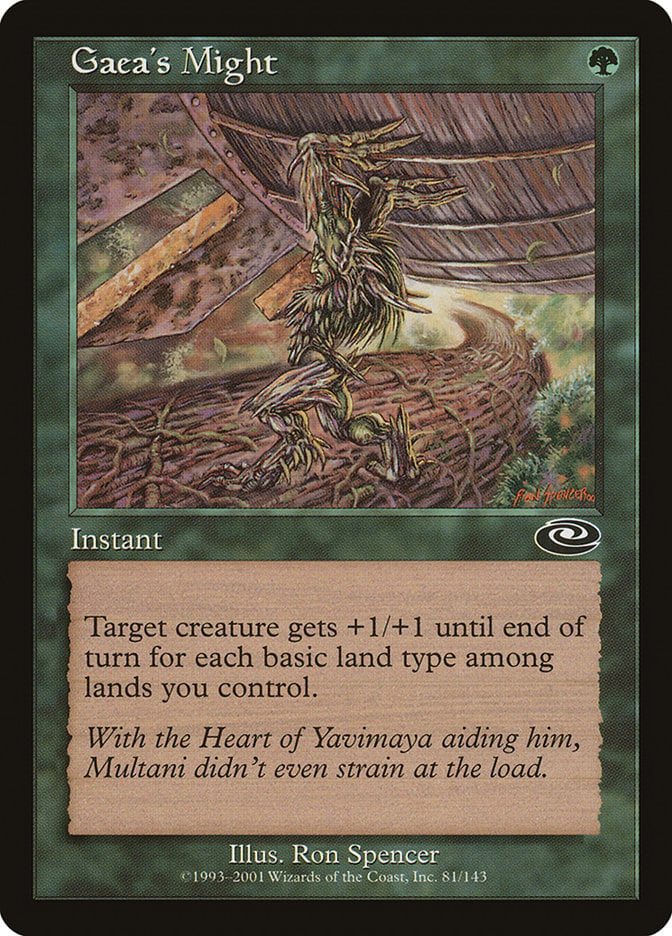
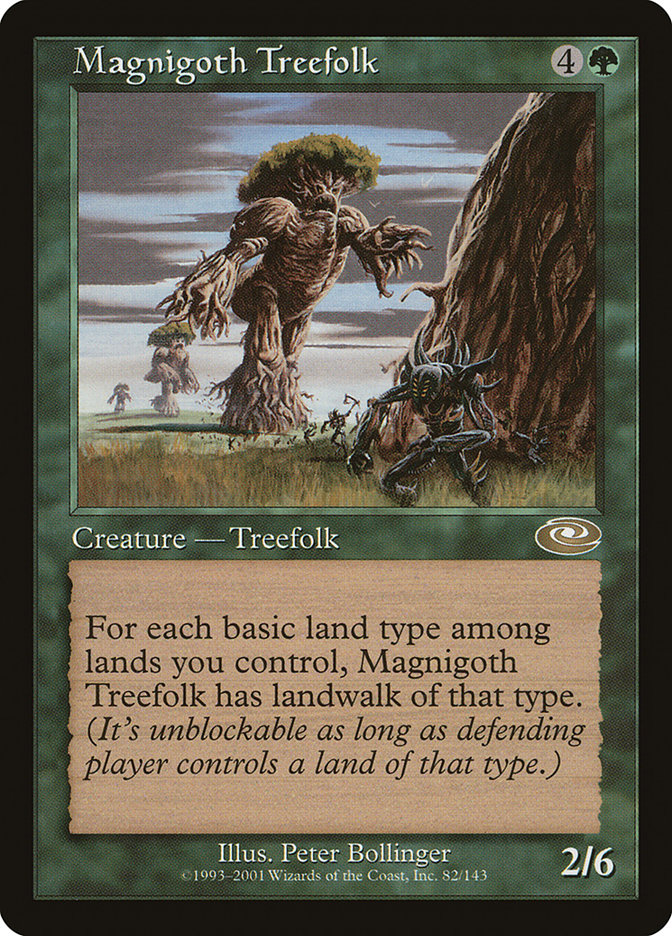


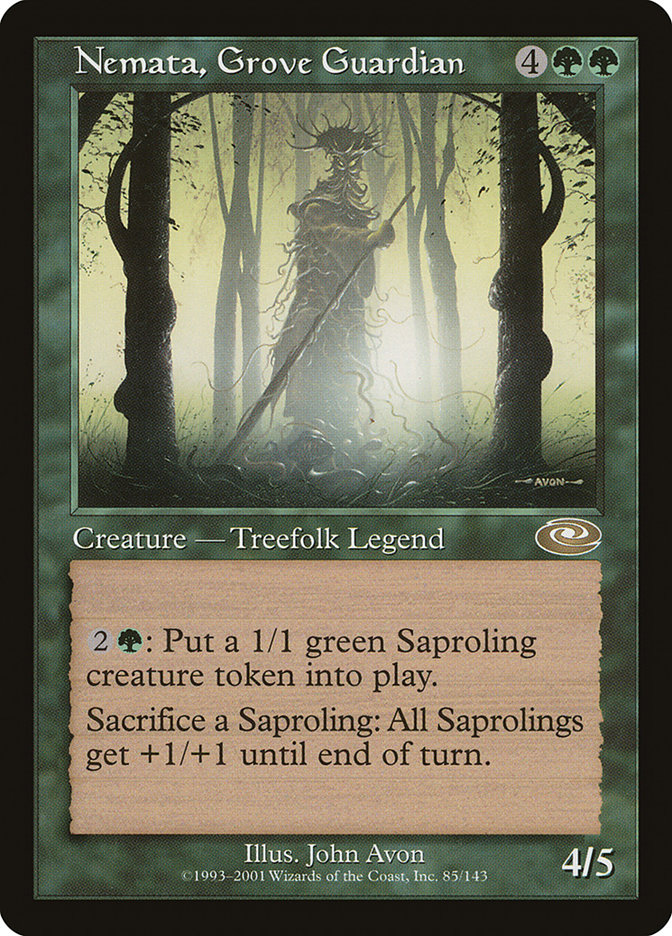
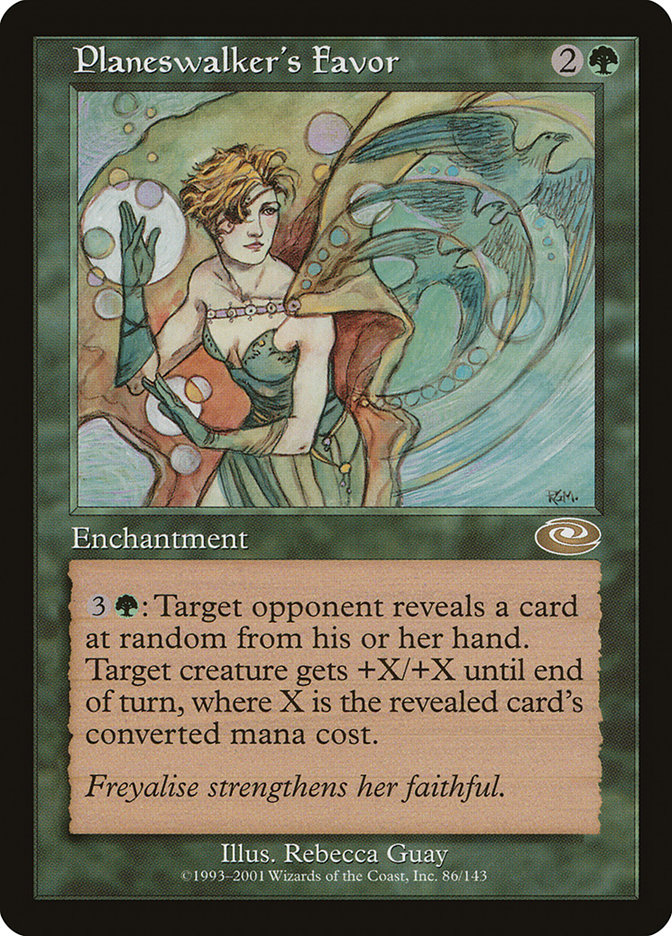

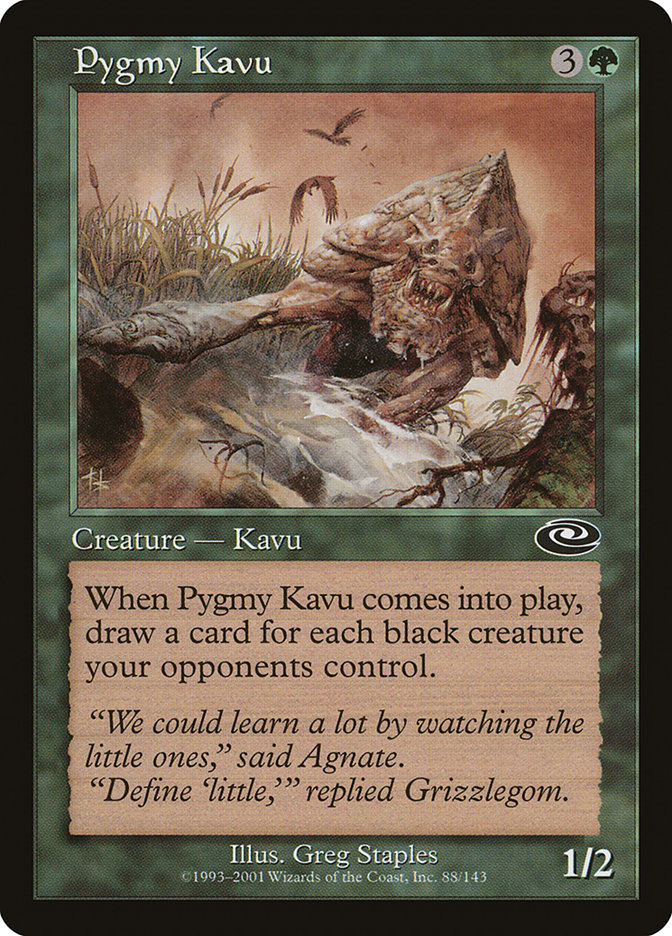

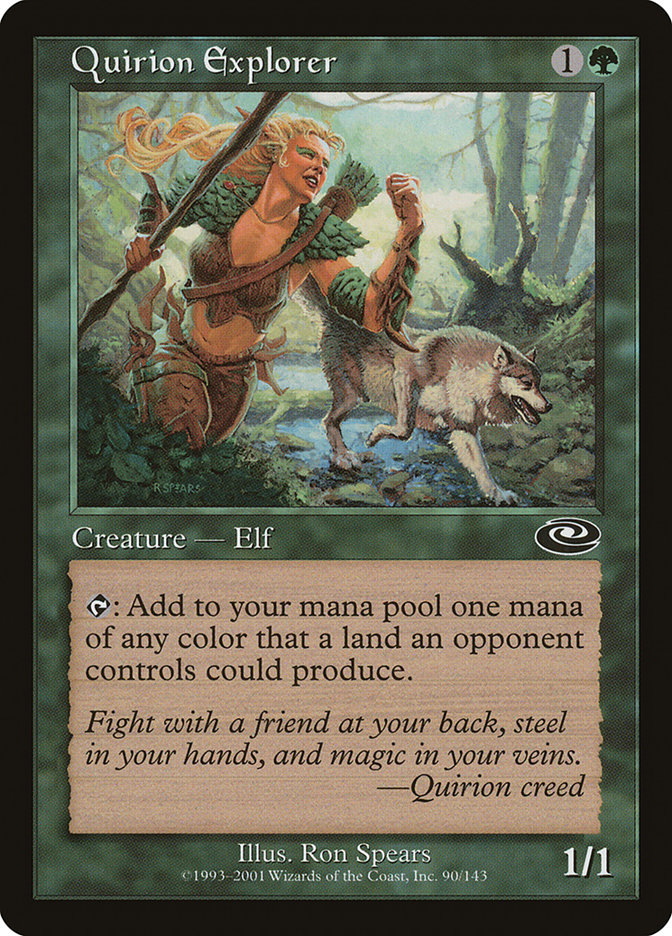

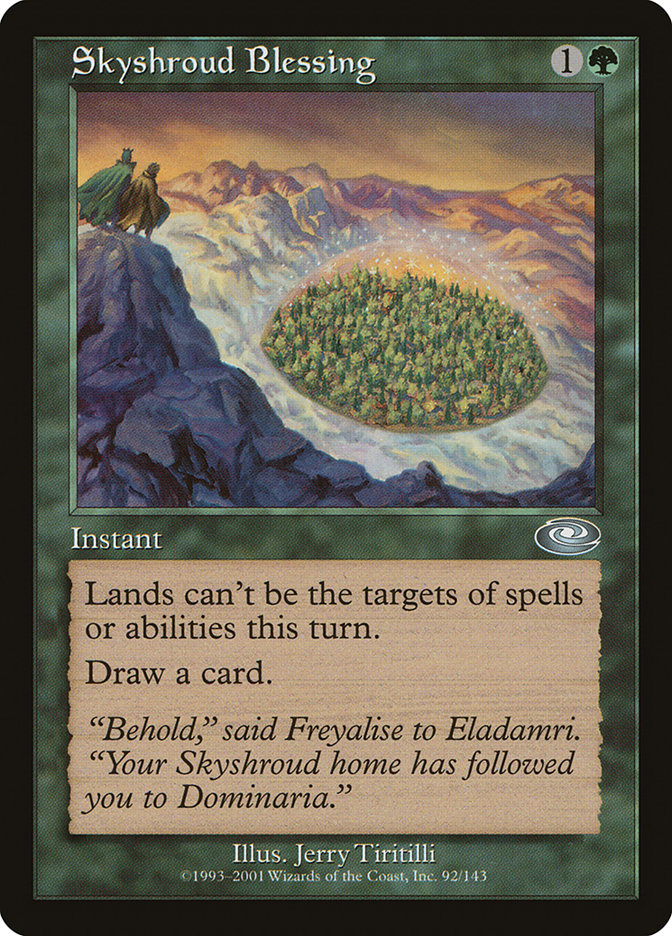


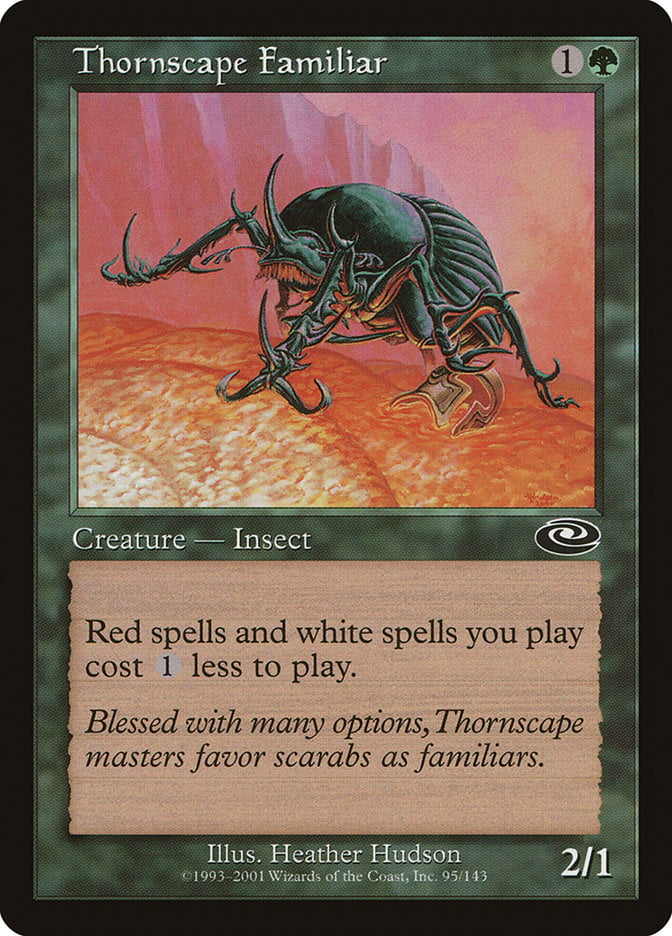
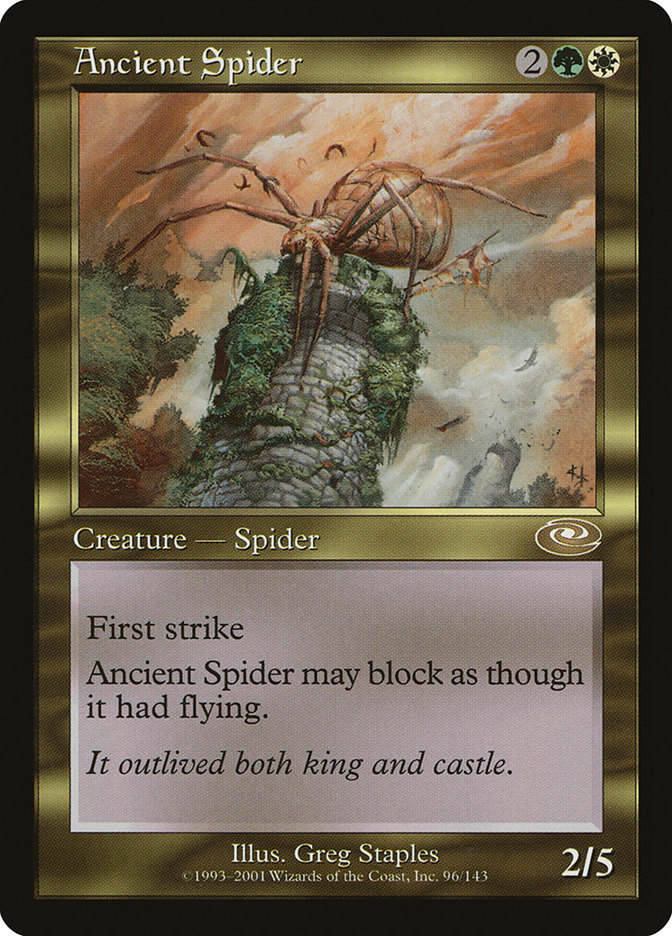
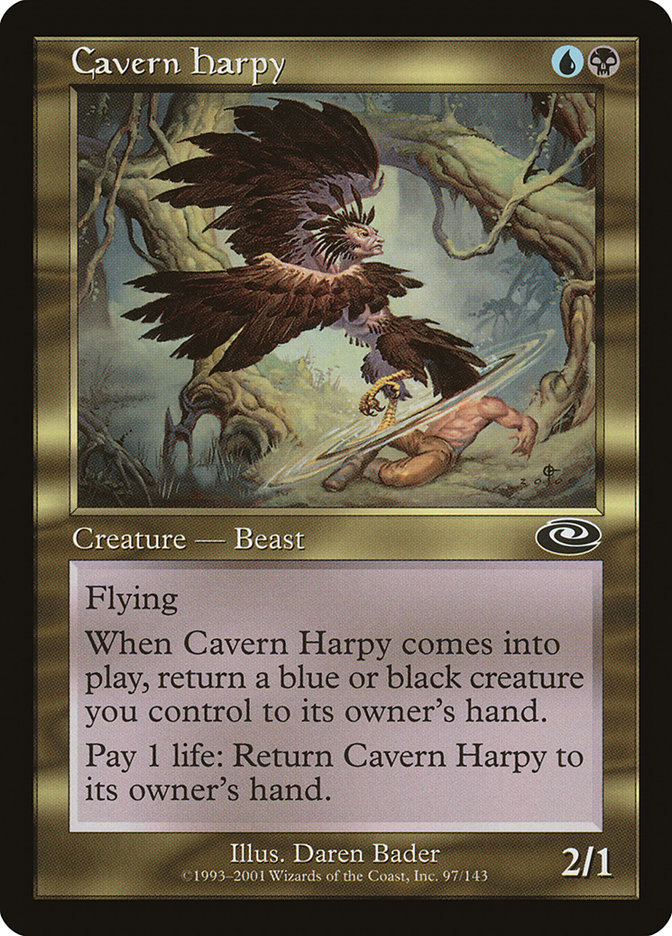

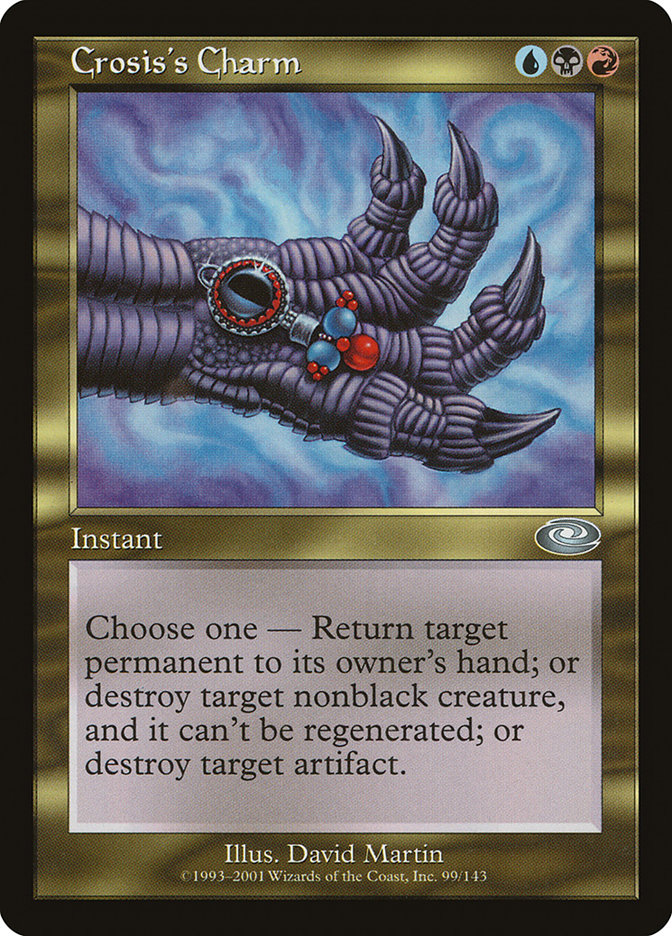
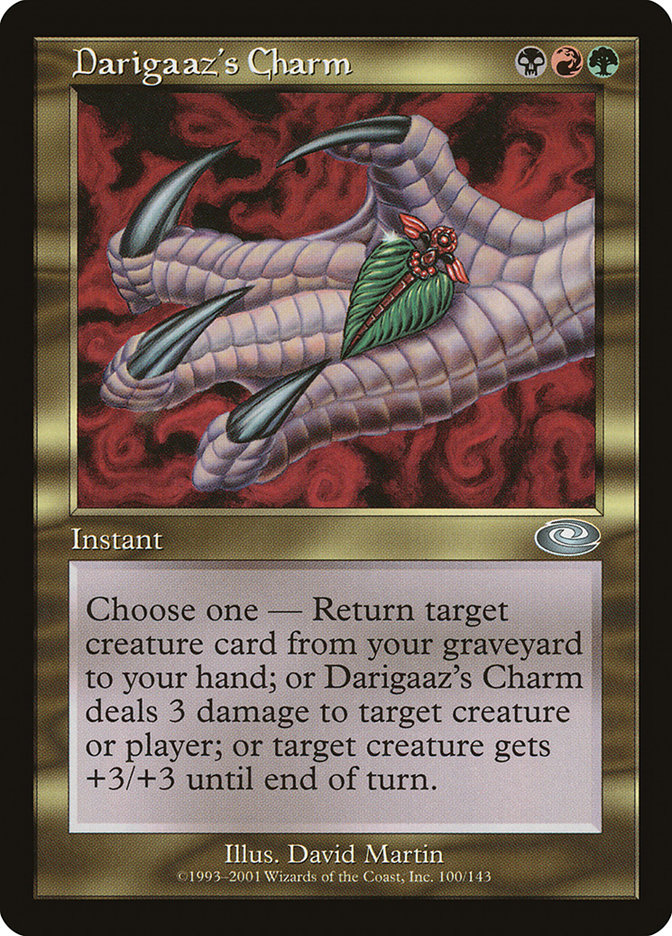
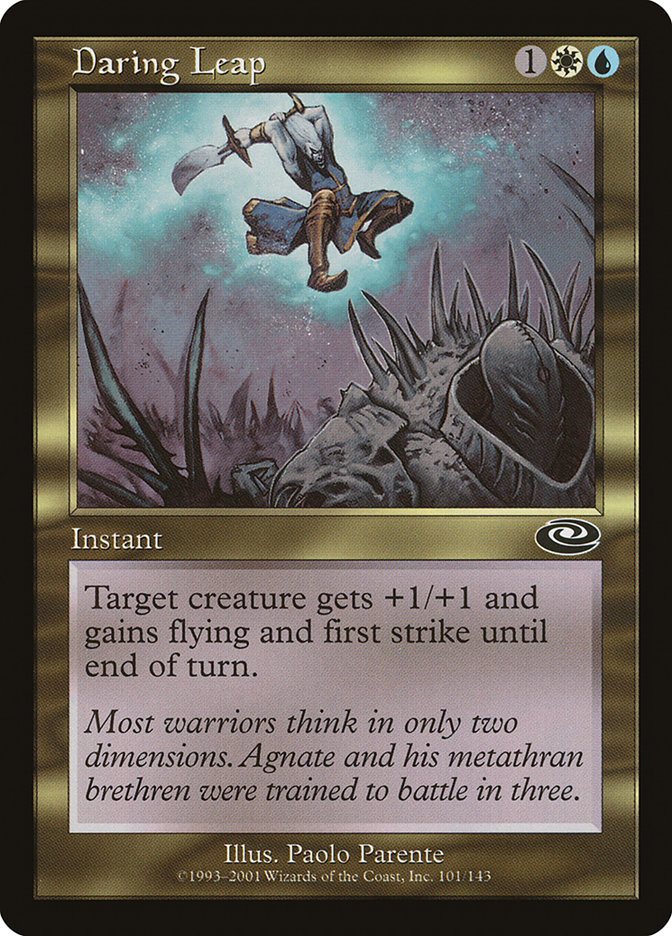
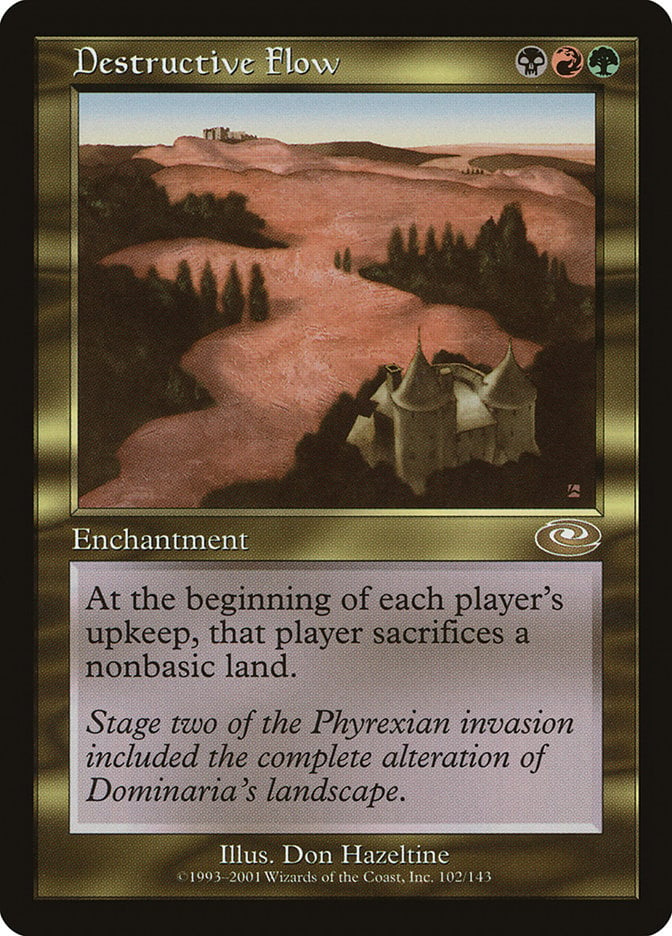
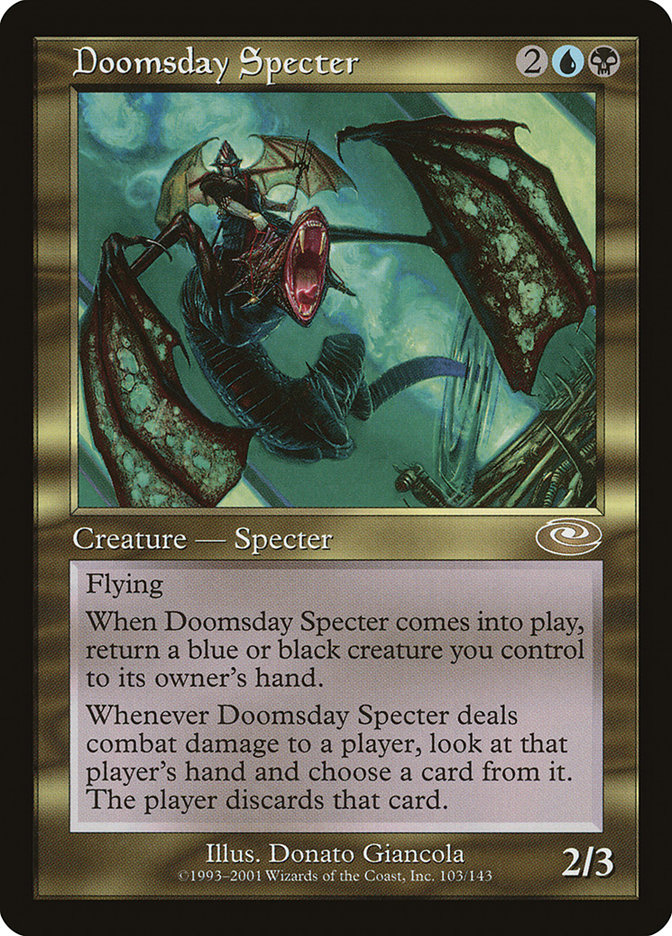
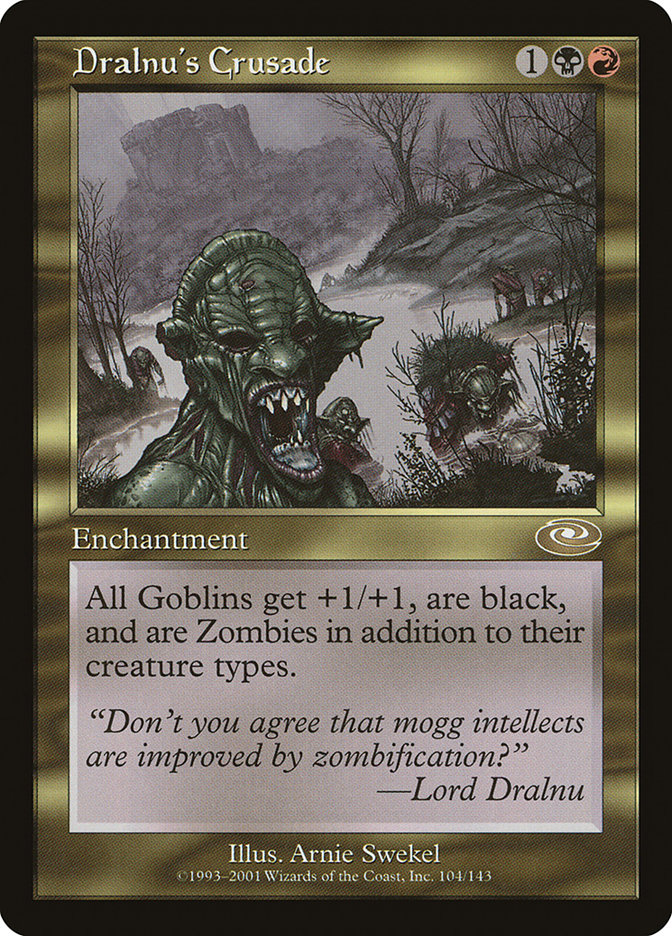

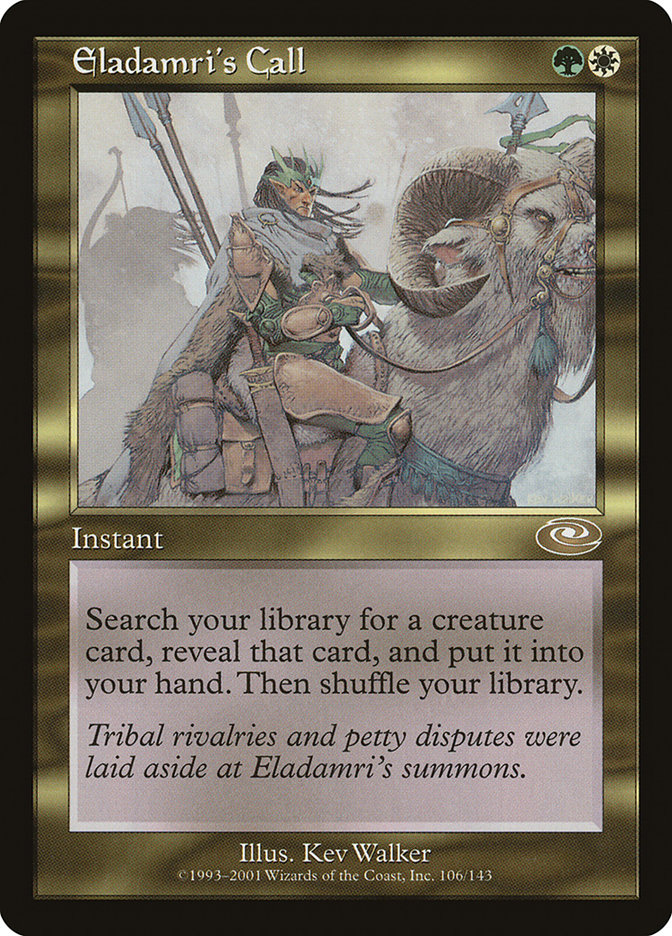

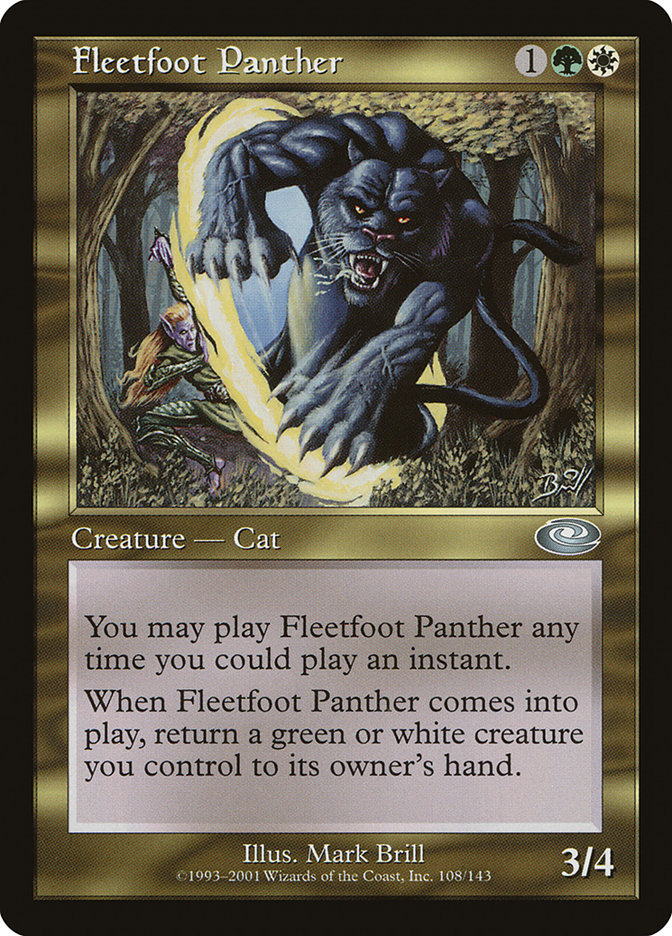

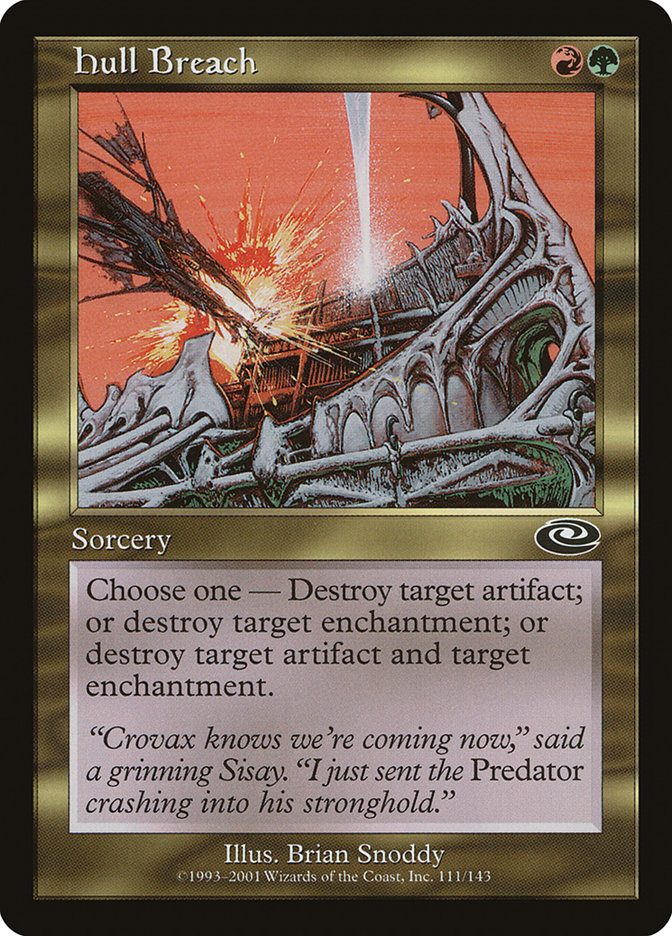
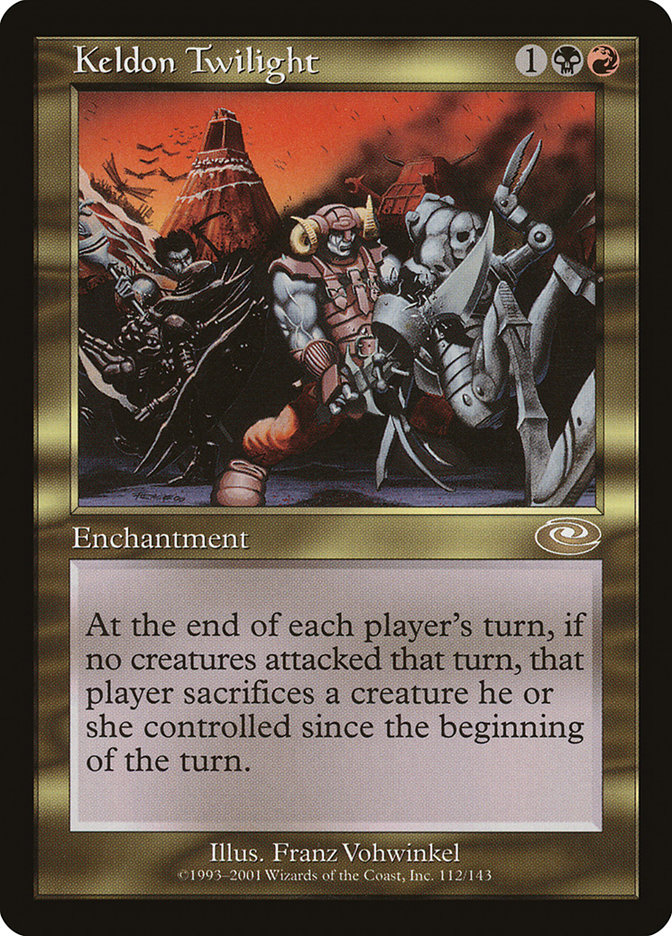
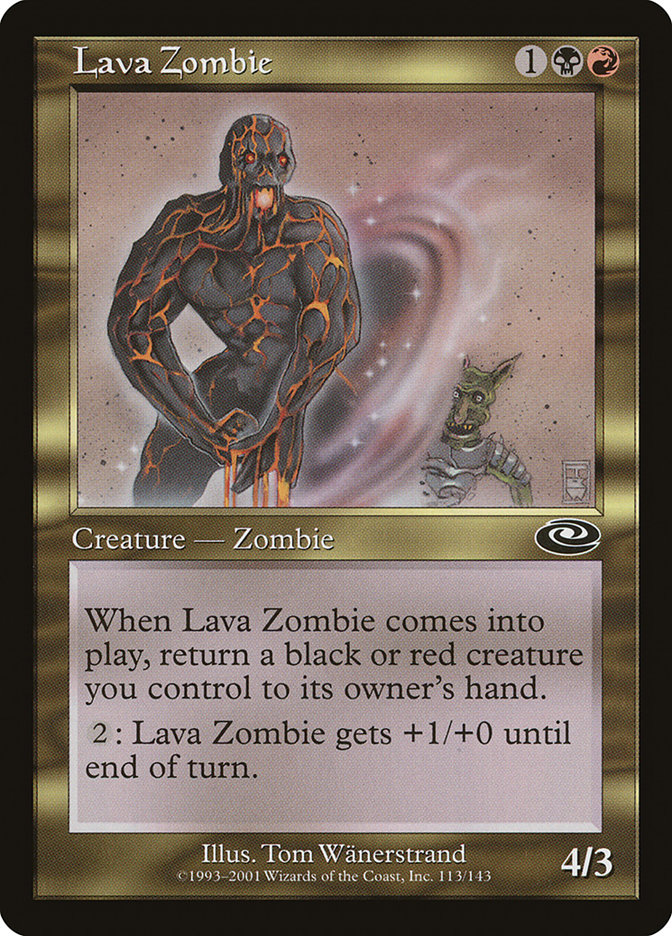
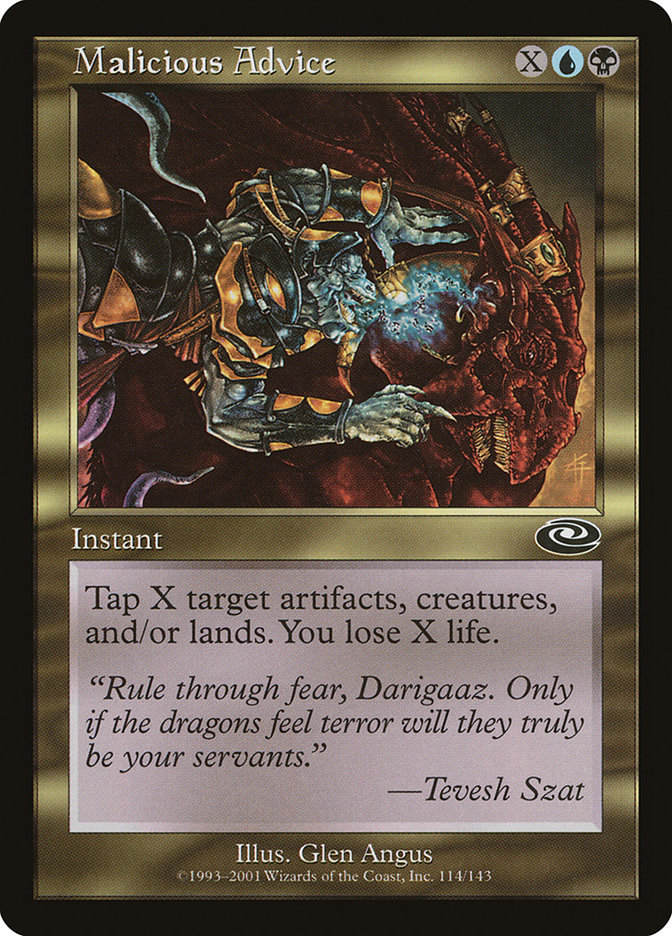

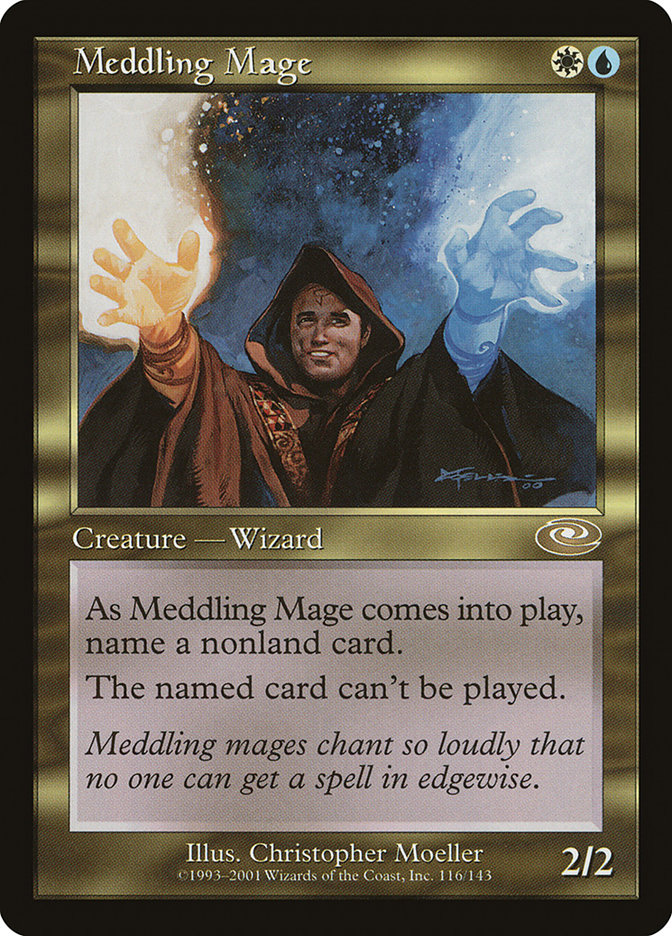

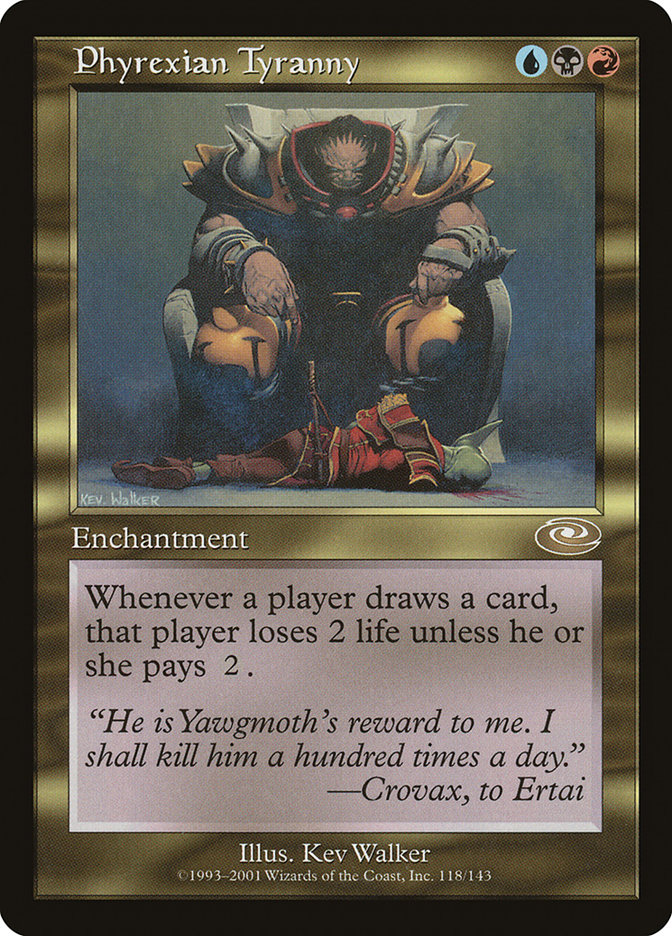

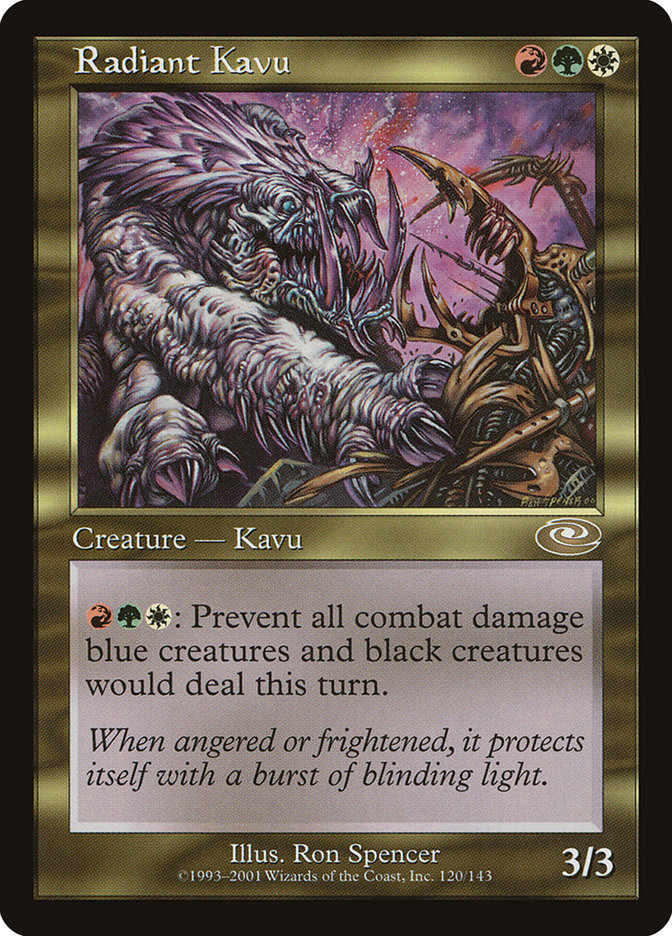
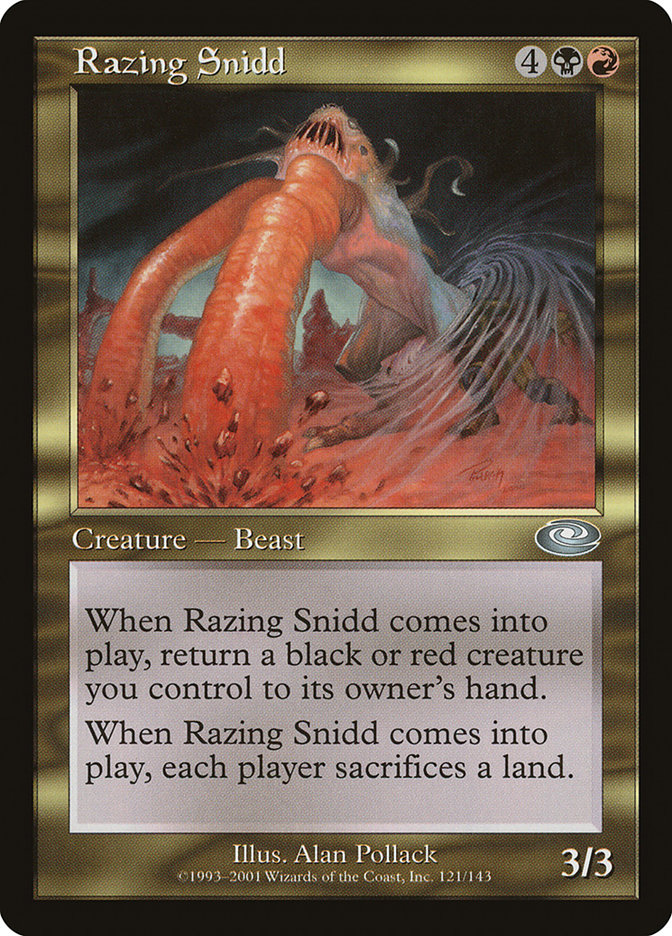
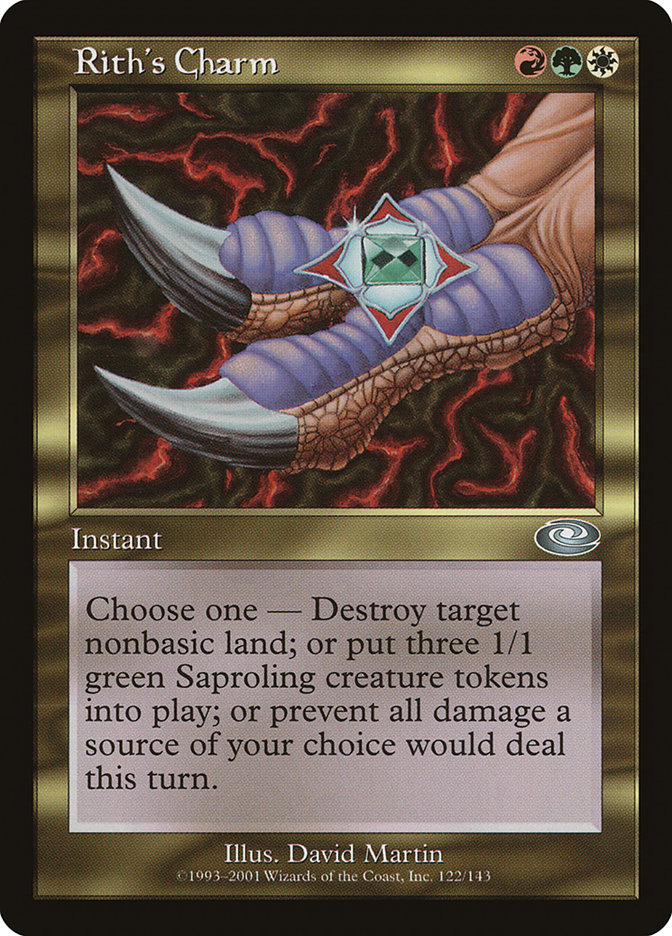

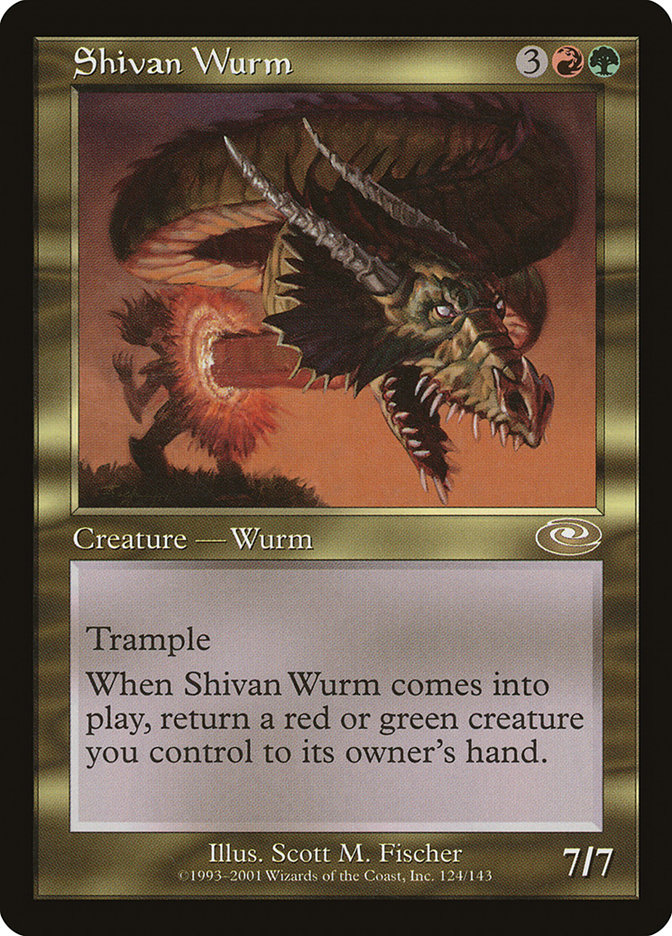


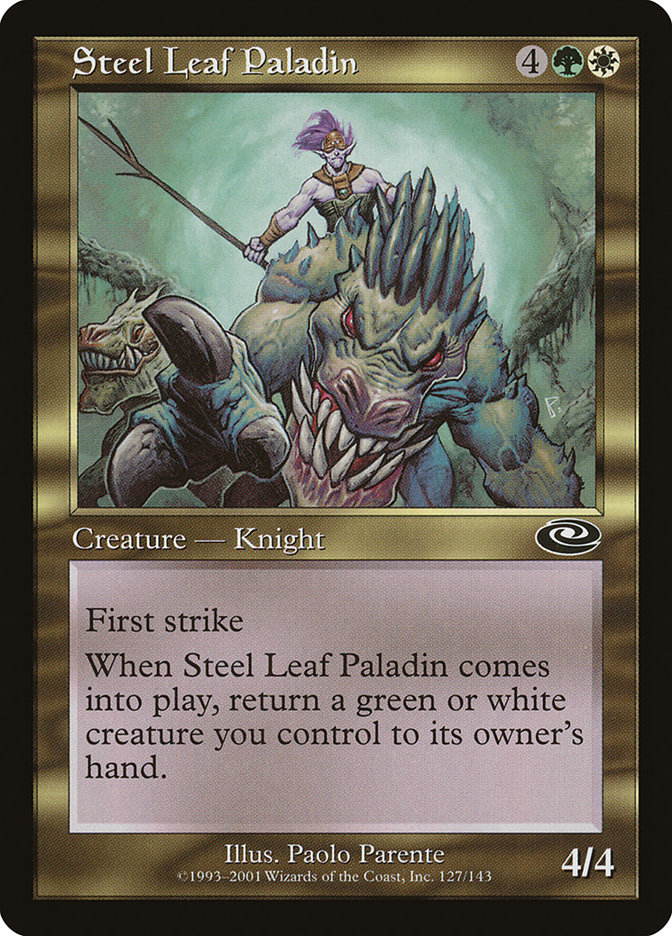
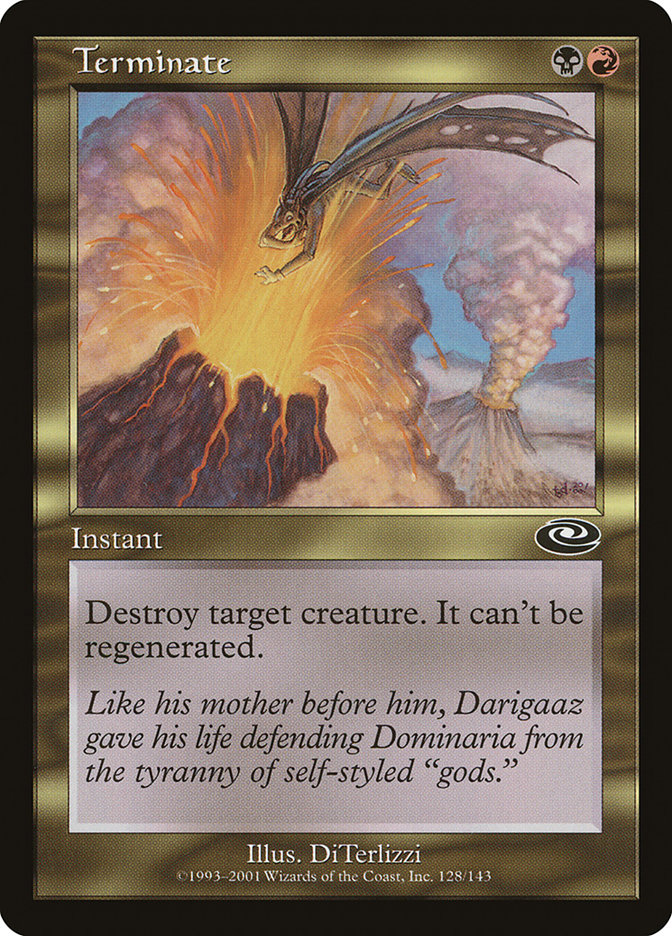
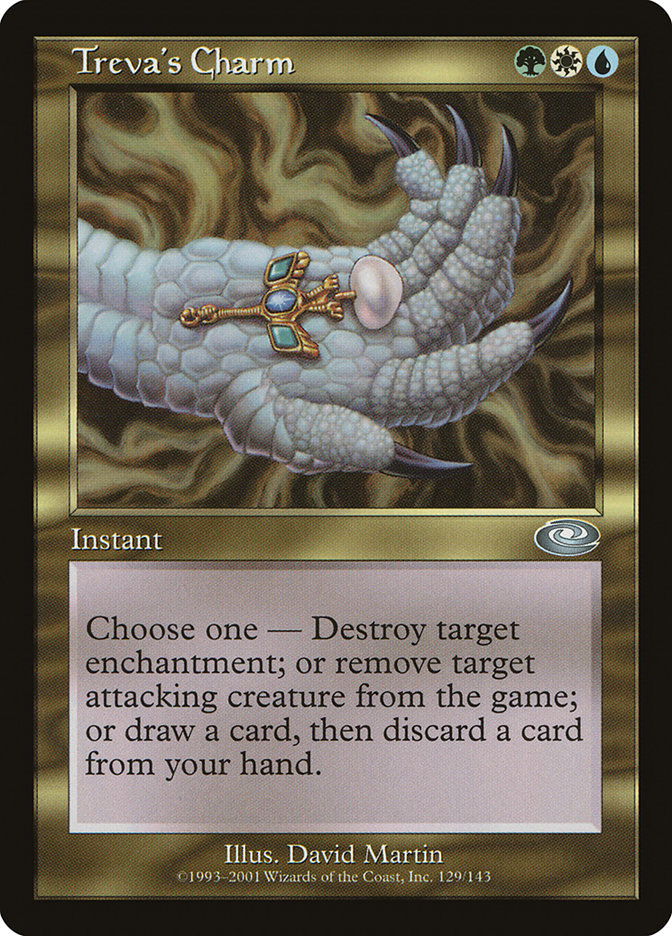
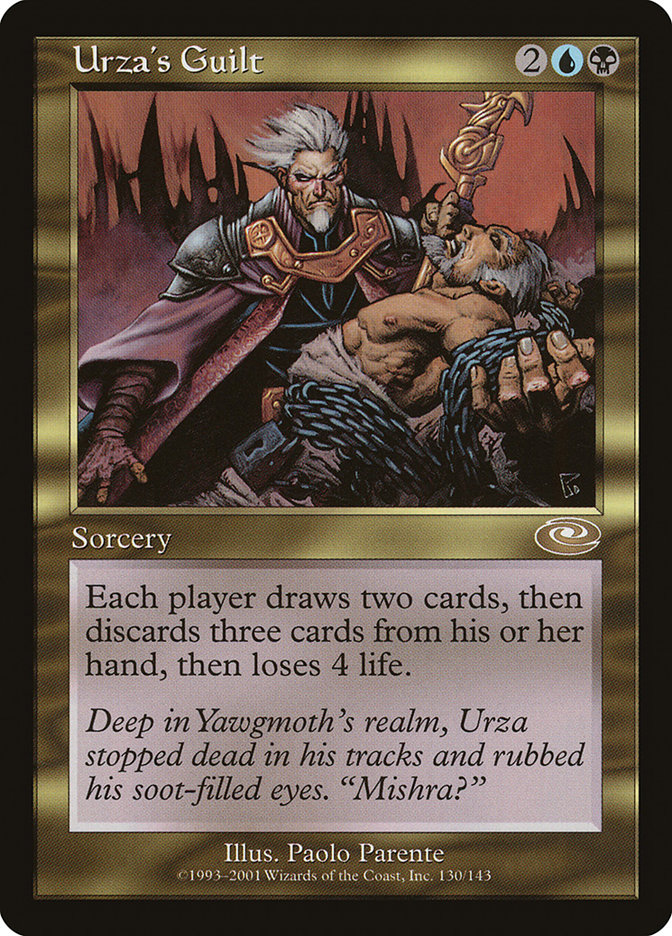


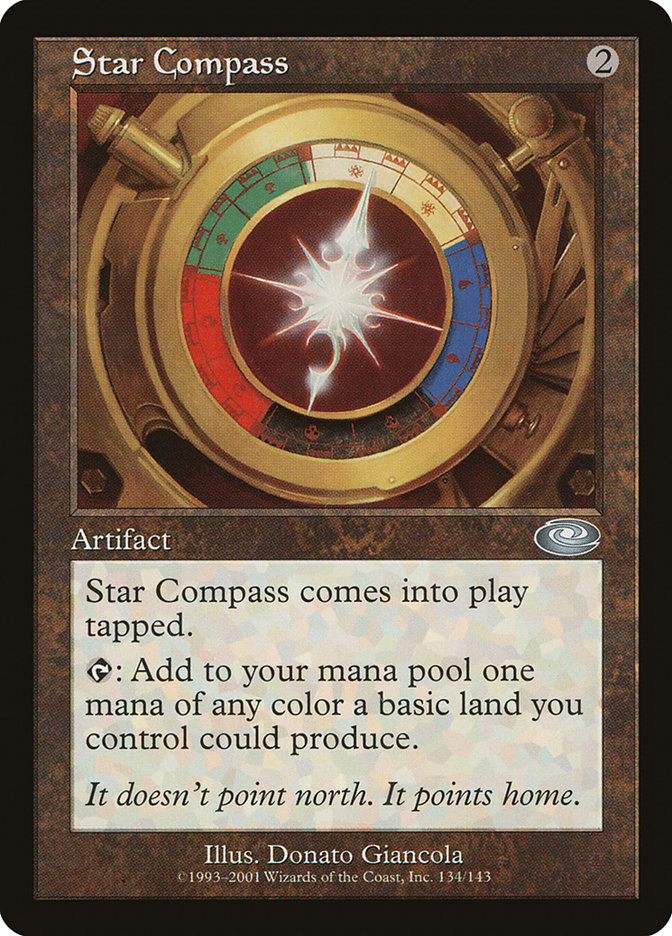
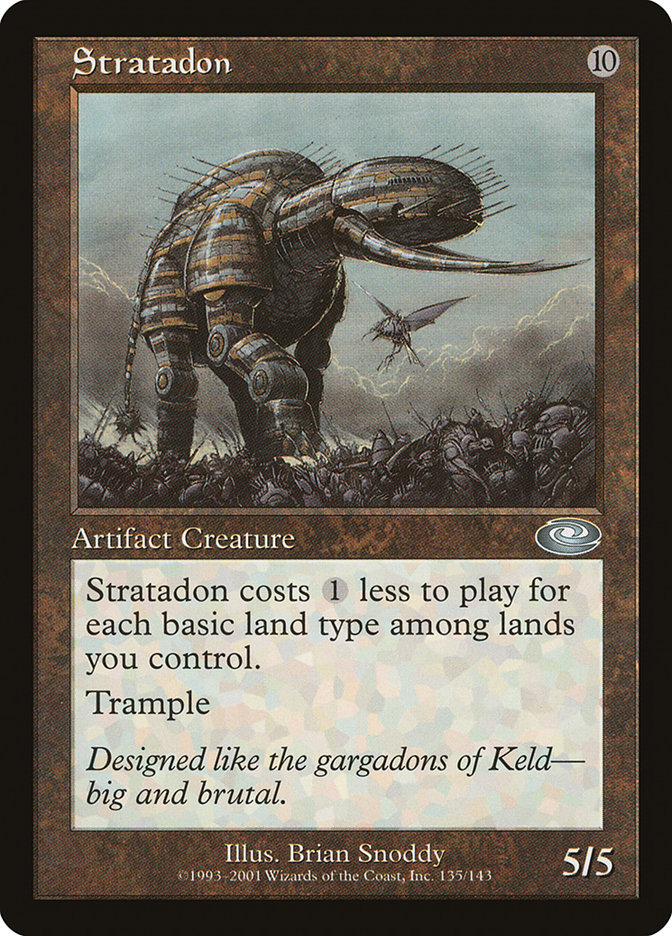
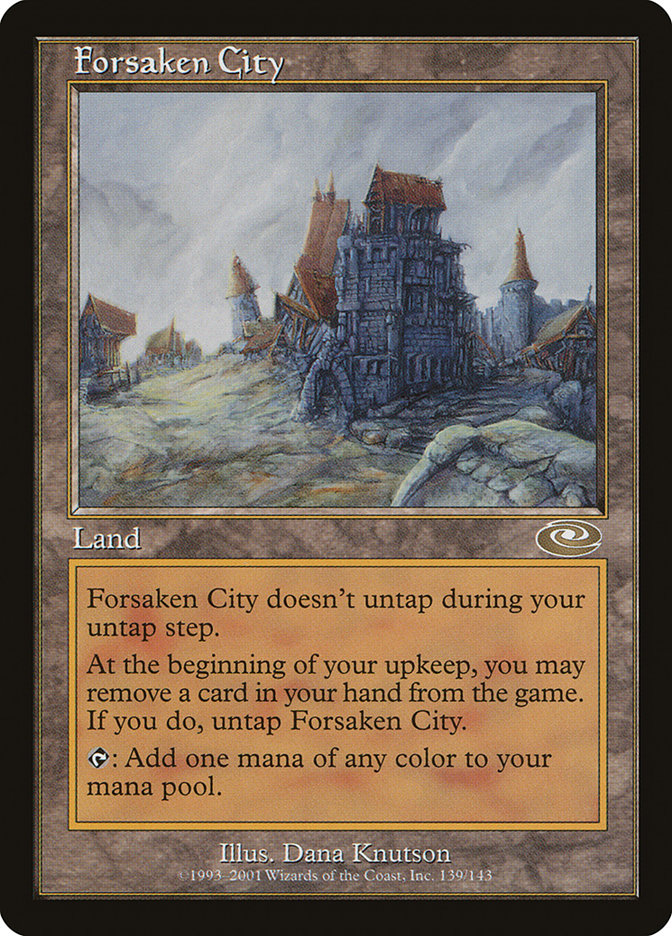
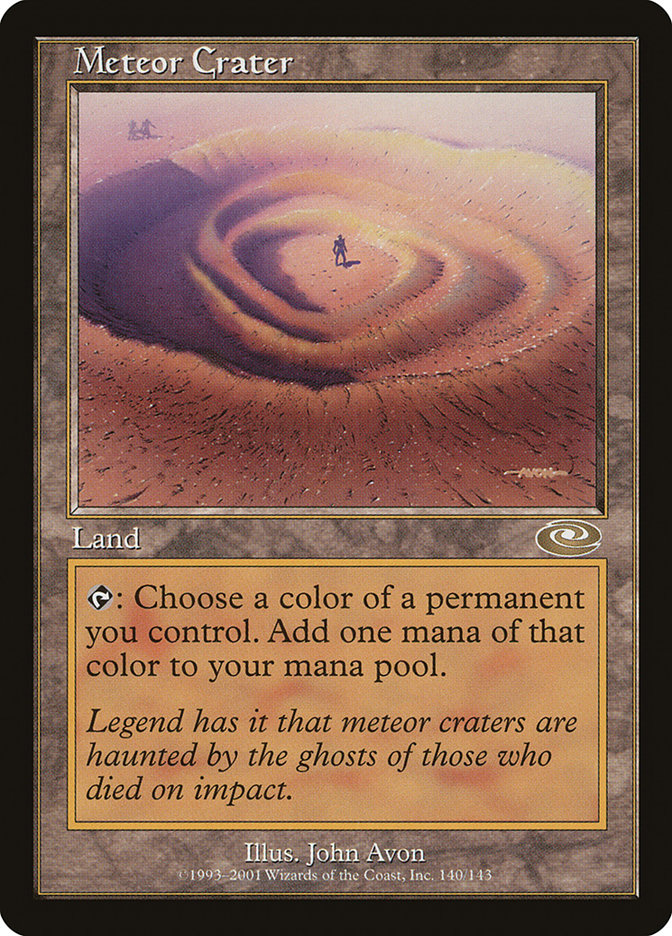
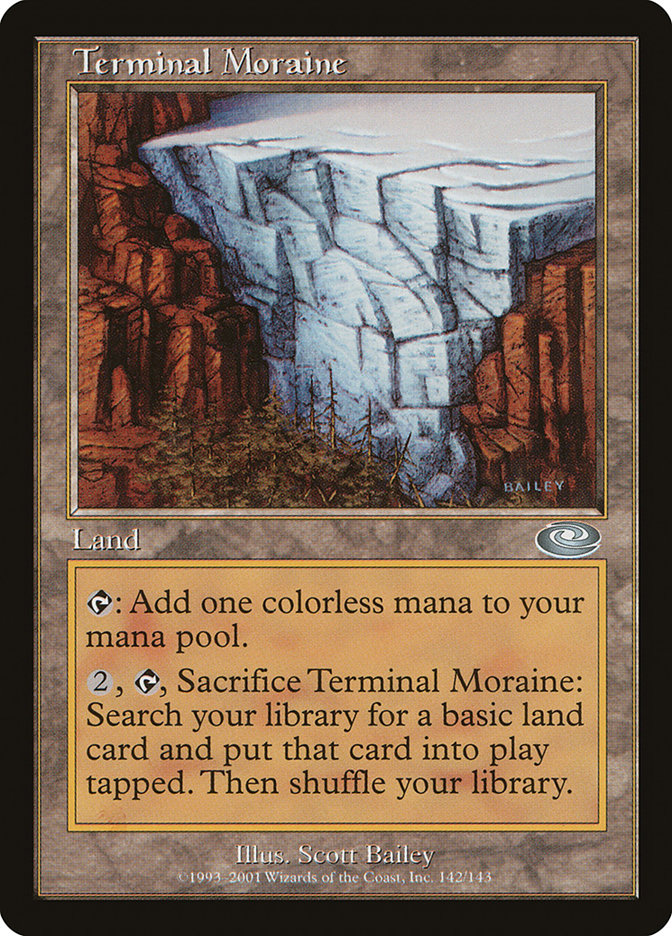


Add Comment